...yep, he's months behind schedule again  But still...
But still...
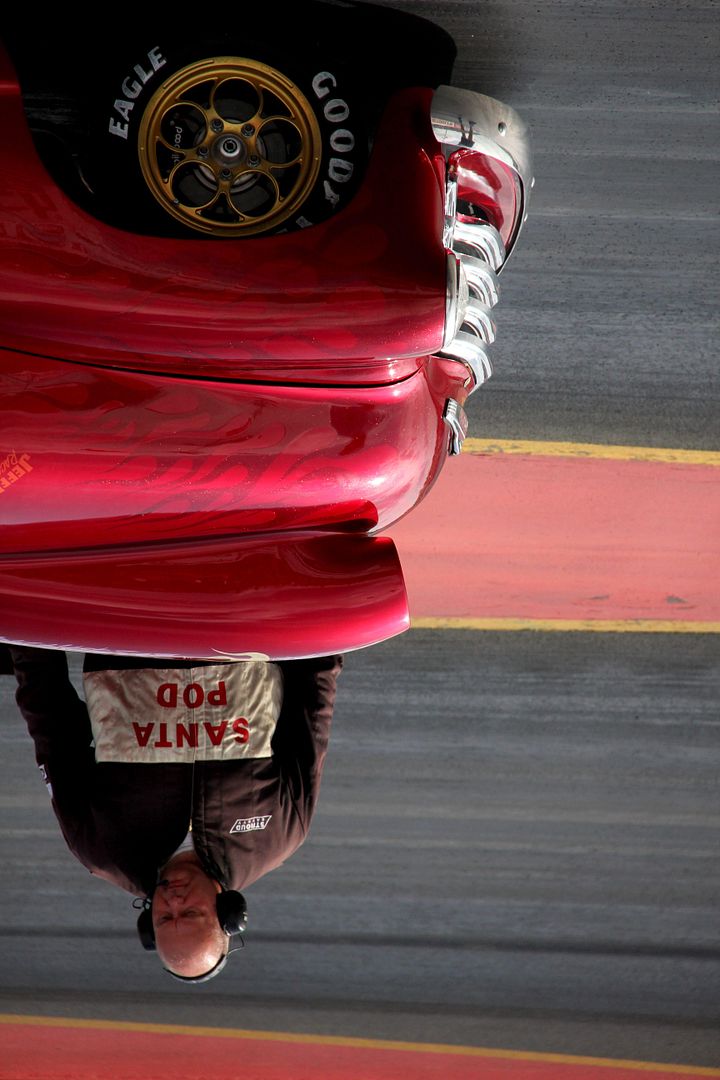
...Welcome to the 2013 instalment of the not at all overblown...
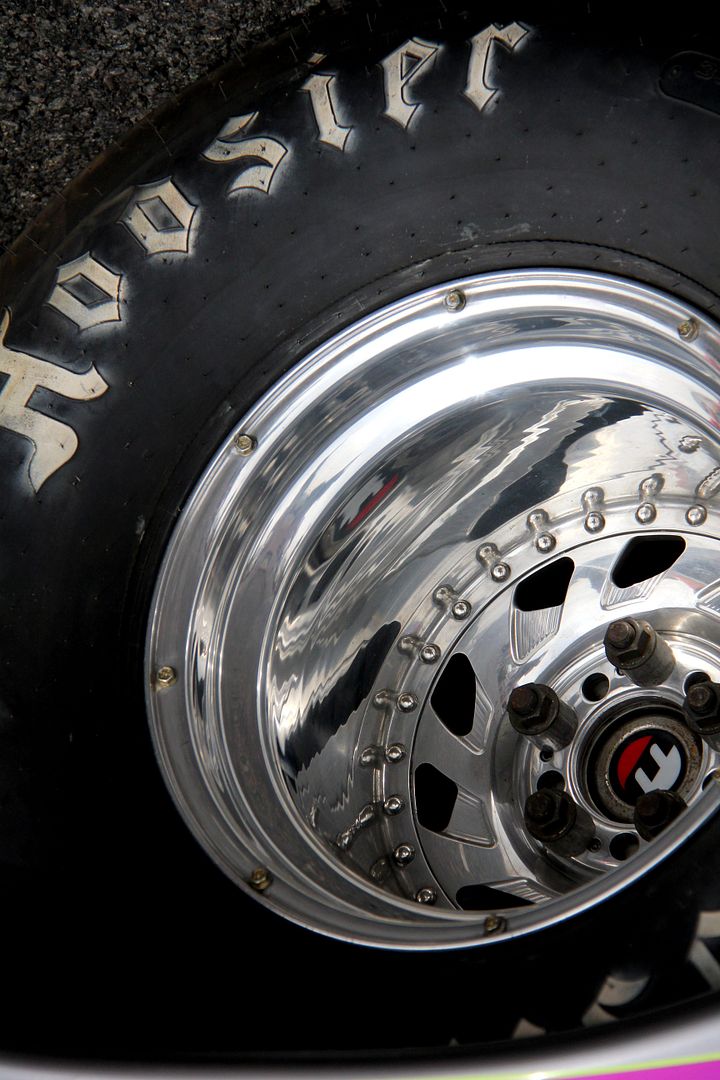
...mild and unassuming...
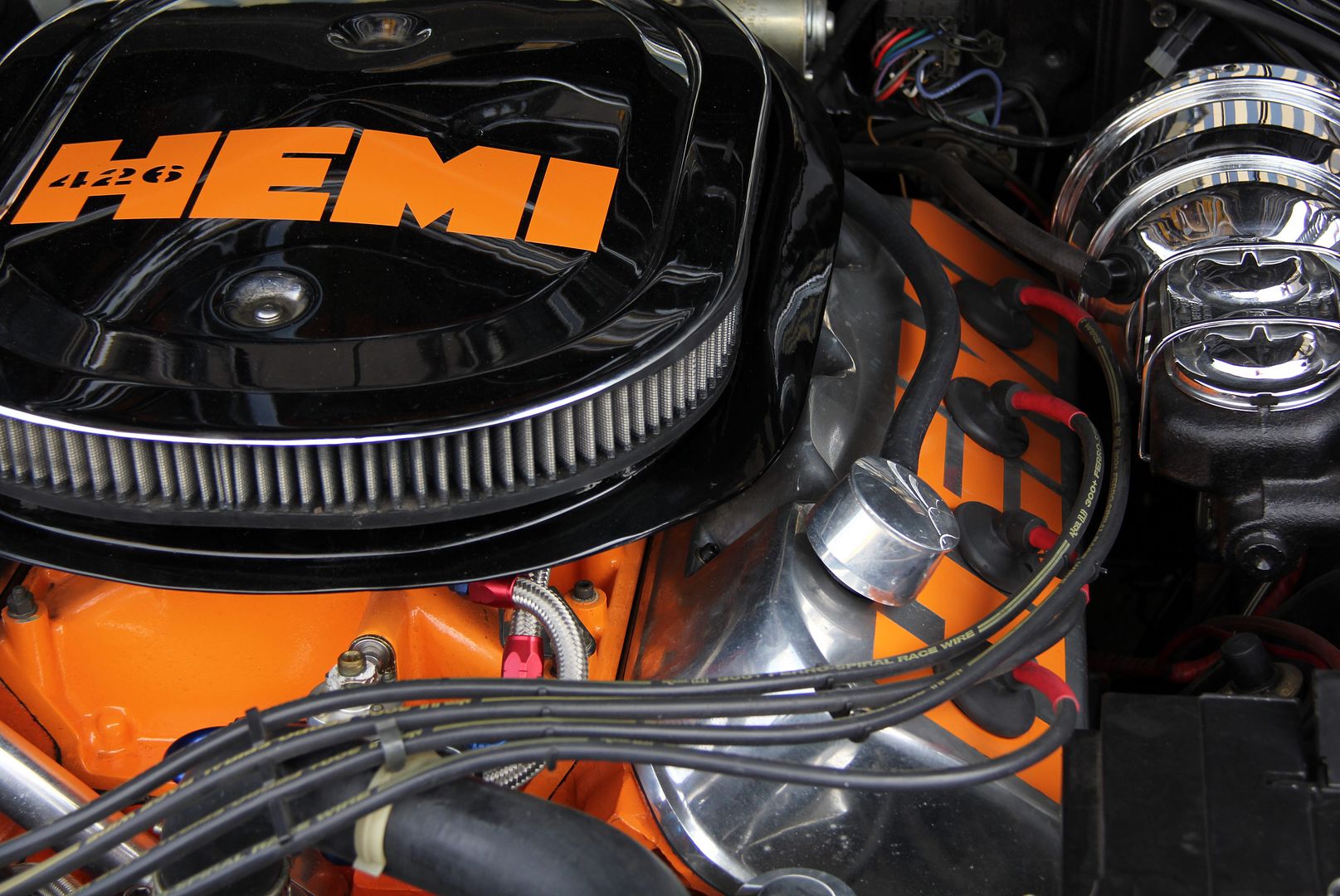
...subtle and delicately engineered...
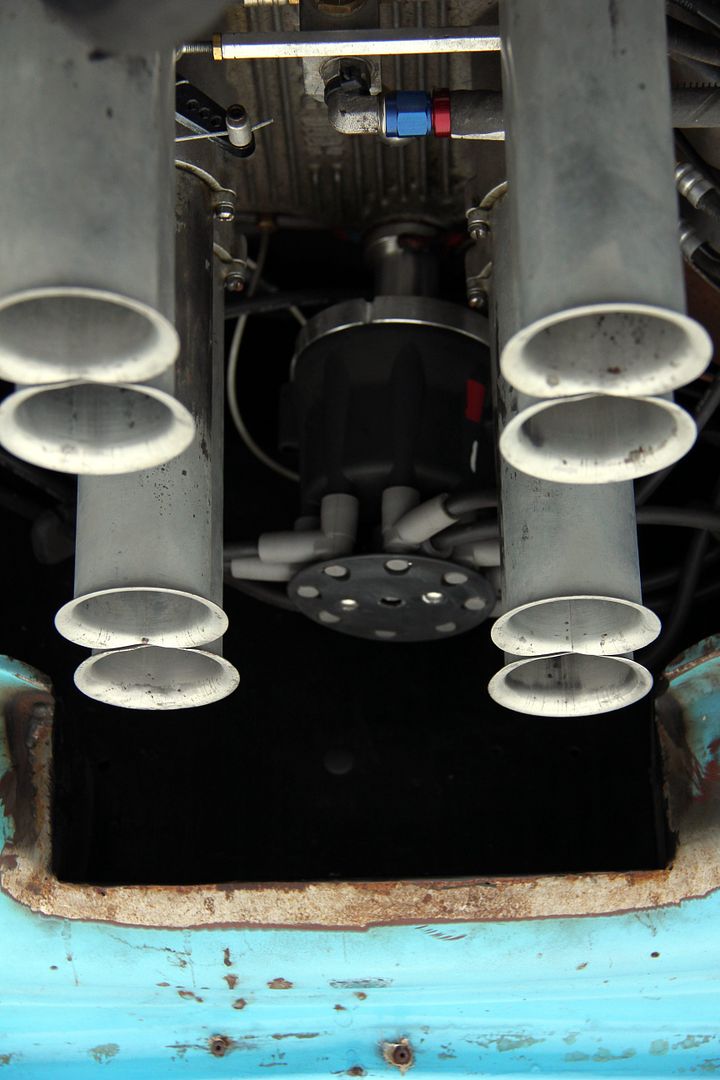
...small but perfectly formed...
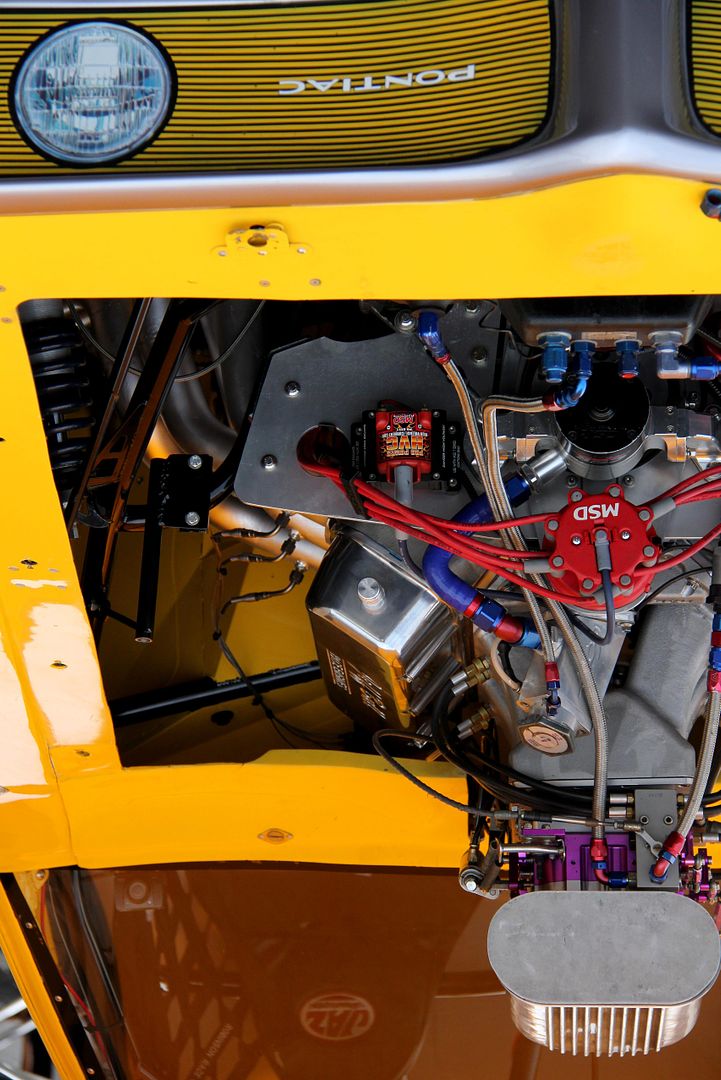
...gripping...

...sucking, not blowing...
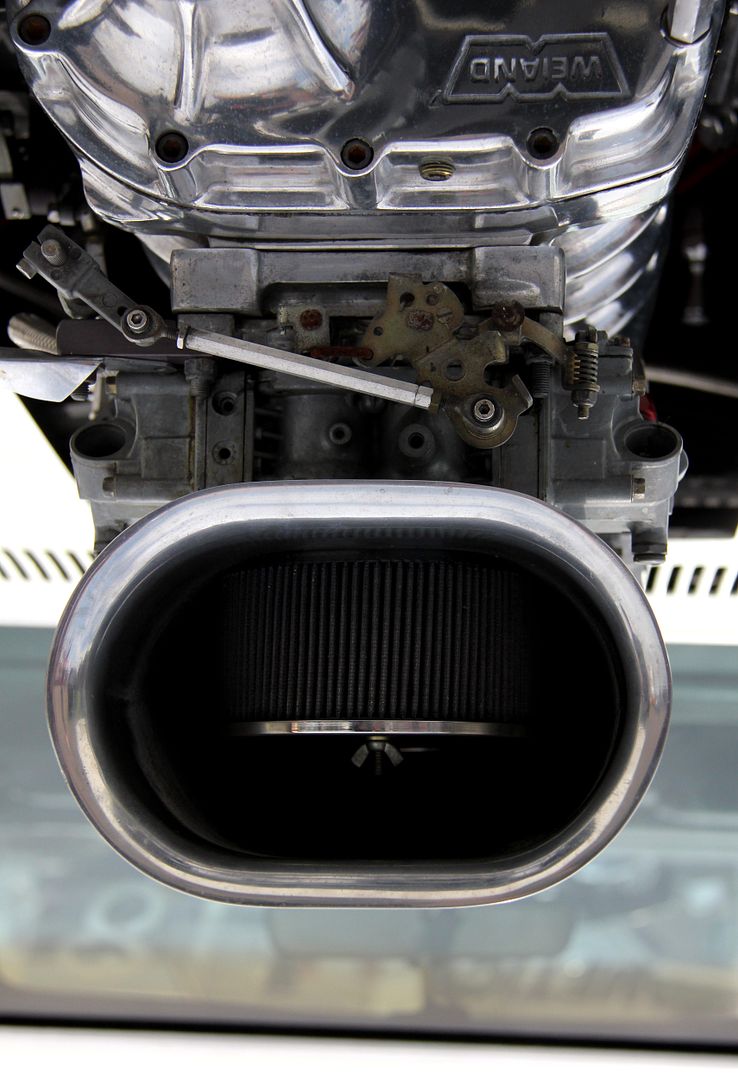
Mopar EuroNationals Thread. Smoke 'em if you got 'em, kids!
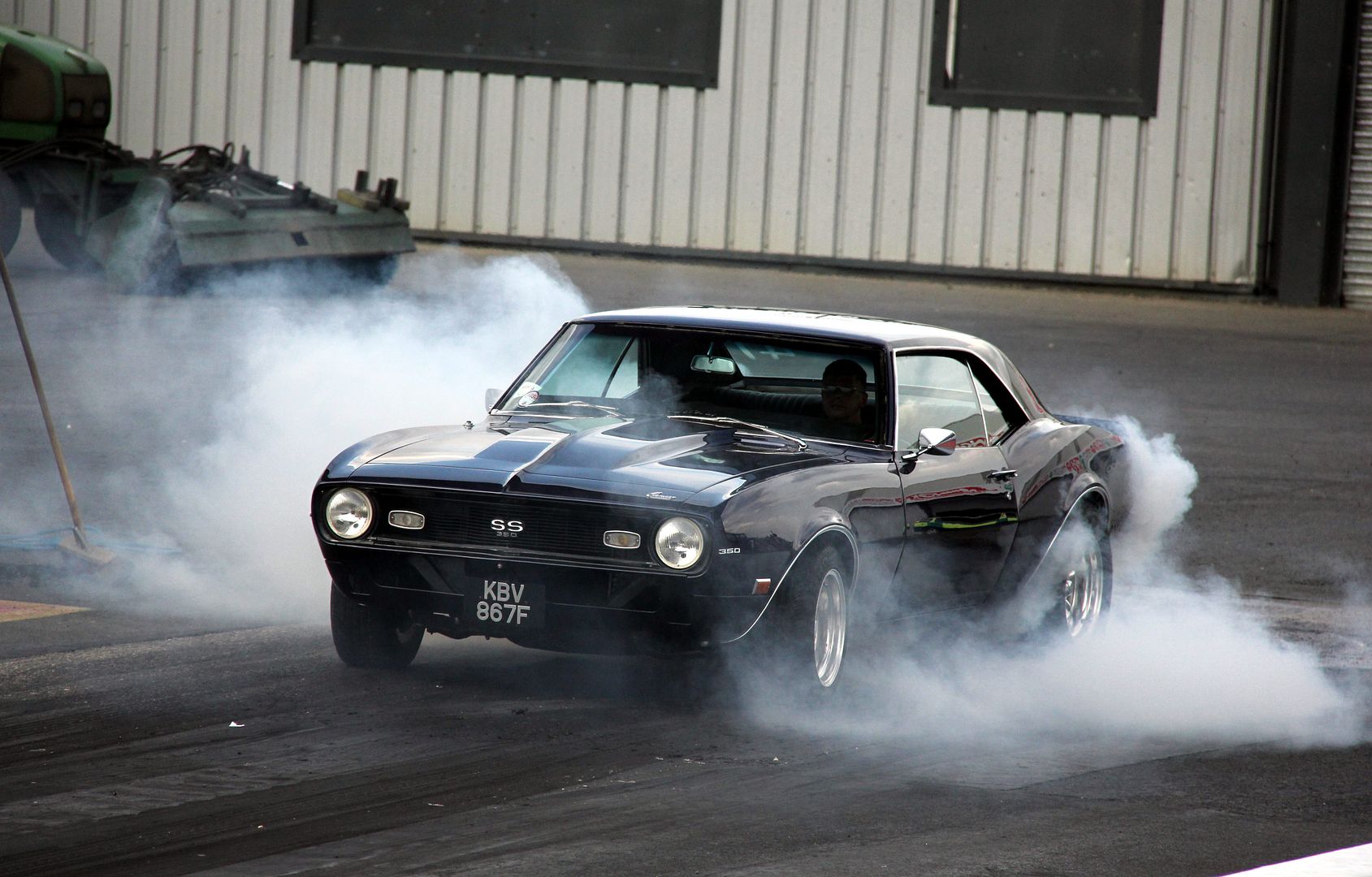
 But still...
But still...
...Welcome to the 2013 instalment of the not at all overblown...

...mild and unassuming...

...subtle and delicately engineered...

...small but perfectly formed...

...gripping...

...sucking, not blowing...

Mopar EuroNationals Thread. Smoke 'em if you got 'em, kids!

...and yeah, this was months ago, remember the sun? Ain't seen it in a while. So I've been busy, and in my defence, I have had to whittle over a thousand photos down to just the 400 or so. Better late than never...
Right. As any fule kno, MoPar started life as a portmanteau deriving from Motor Parts, the OE parts arm of the Chrysler Corporation. Over the years it became synonymous with the more performance-oriented side of the business, and passed into common usage as applied to any "hot" product from the Dodge, Plymouth, Chrysler etc stables. There's a tendency to apply it to any American muscle car nowadays, but this is of course, wrong. Stop it. However, when it comes to the Mopar Euro Nationals, it appears all are welcome and it's become a catch-all meeting for all the performance cars from the big American manufacturers. Yes, even F*rds. This means you can see a pretty broad church of cars, both on the strip and in the show area, and that's a good thing. In fact, there are so many cool cars to get through I'd better keep the chat to a minimum and crack on or we'll never get through them all
Although all the muscle from all the marques represent, let's start off with something undeniably and iconically Mopar, shall we? Everyone likes a nice Charger
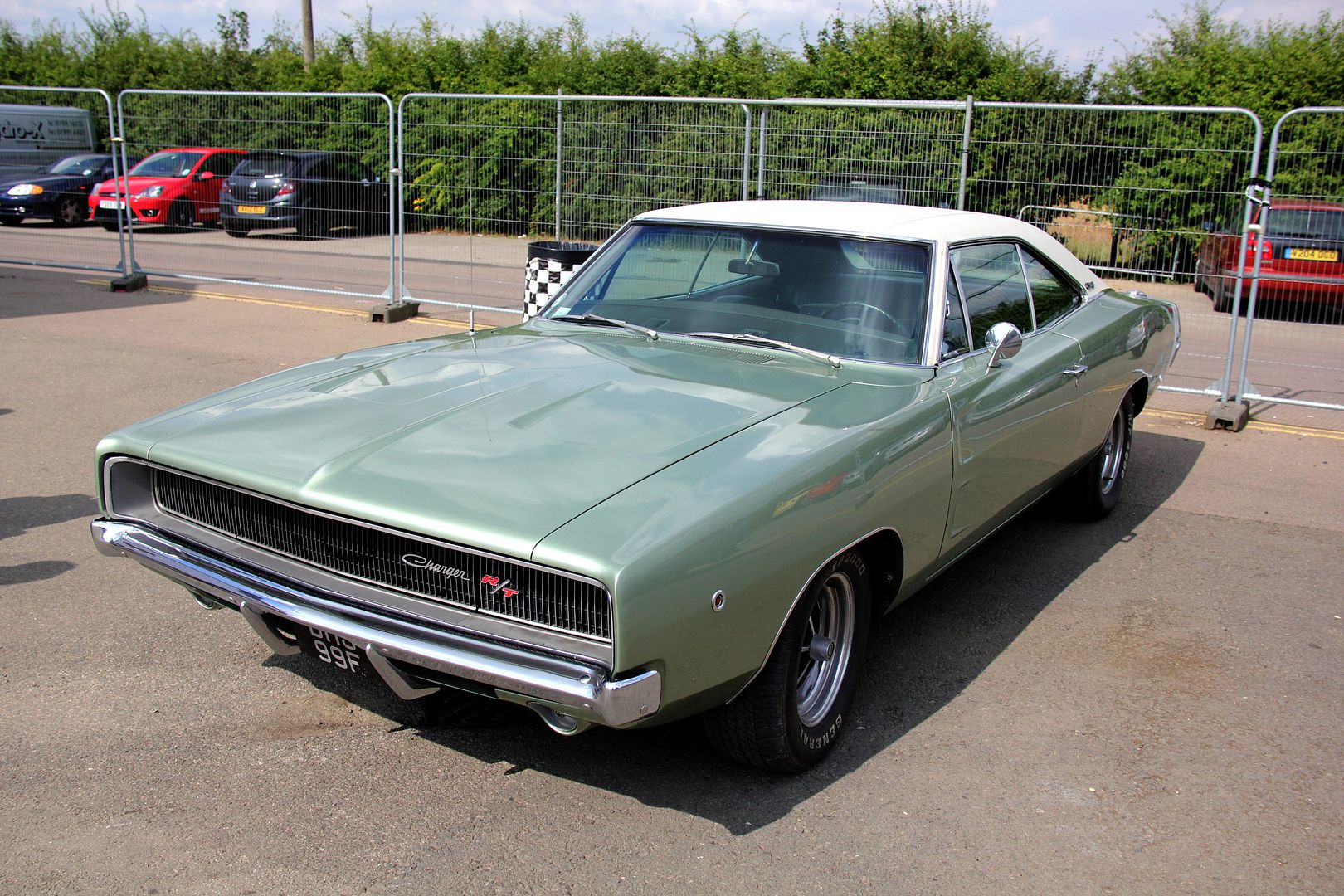
Different colour, that. Here's another in proper Bullitt Black.
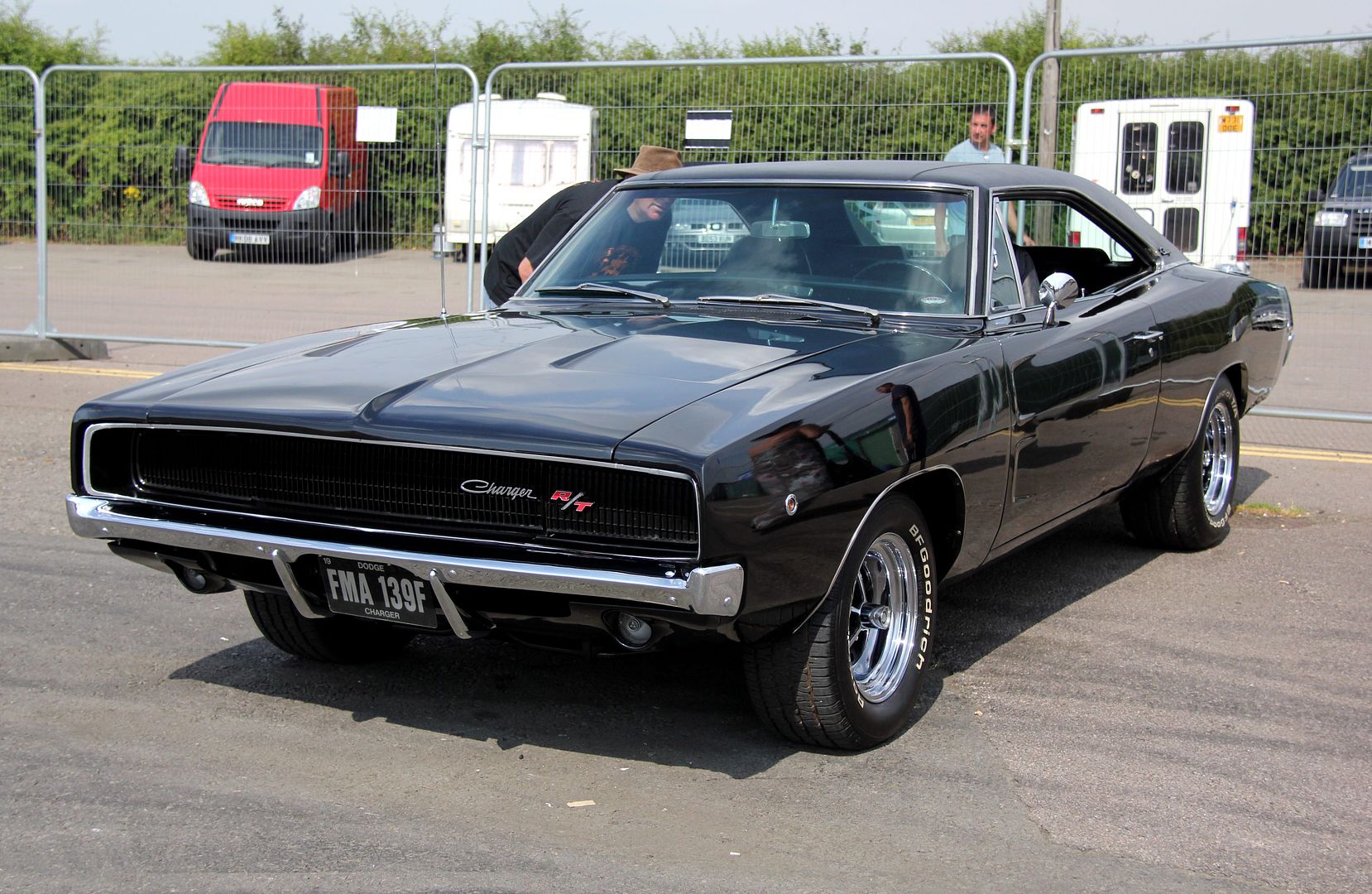
...and another. The great thing about American cars is the often massive changes between model years. Because they were selling such vast numbers of units and because the competition for sales was so intense, the manufacturers had not only the marketplace but also the incentive and financial support to make sure each model year brought a fresh look and attitude to buyers favourite cars. This means we can now with the benefit of hindsight pick the one we like best. I like the '68 myself, becos of the one-piece front grille and the twin round rear lights.
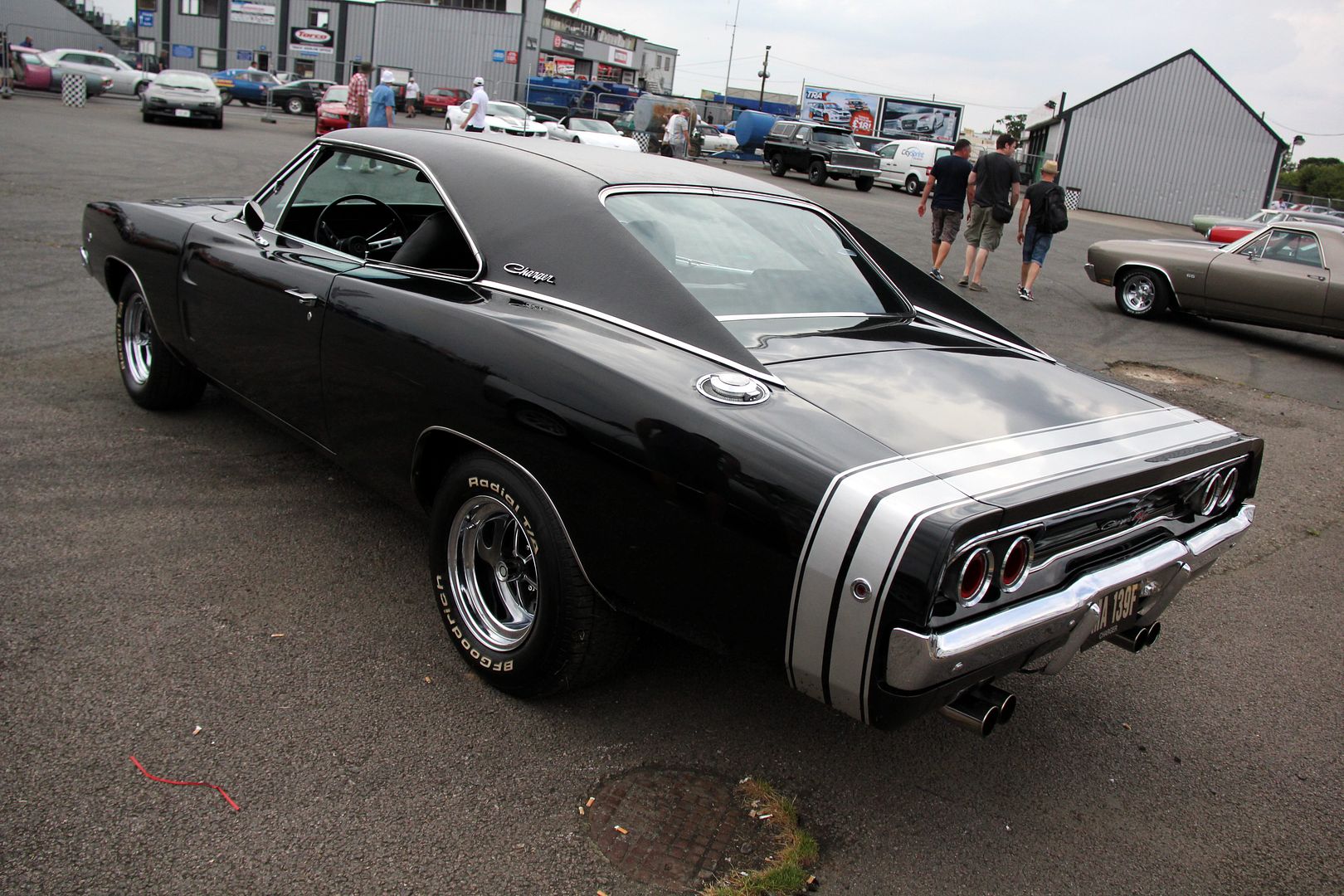
'69 was probably the most famous year, of course, made so by a certain orange Charger with silly horns. I only used to watch the programme cos of Daisy Duke, personally.
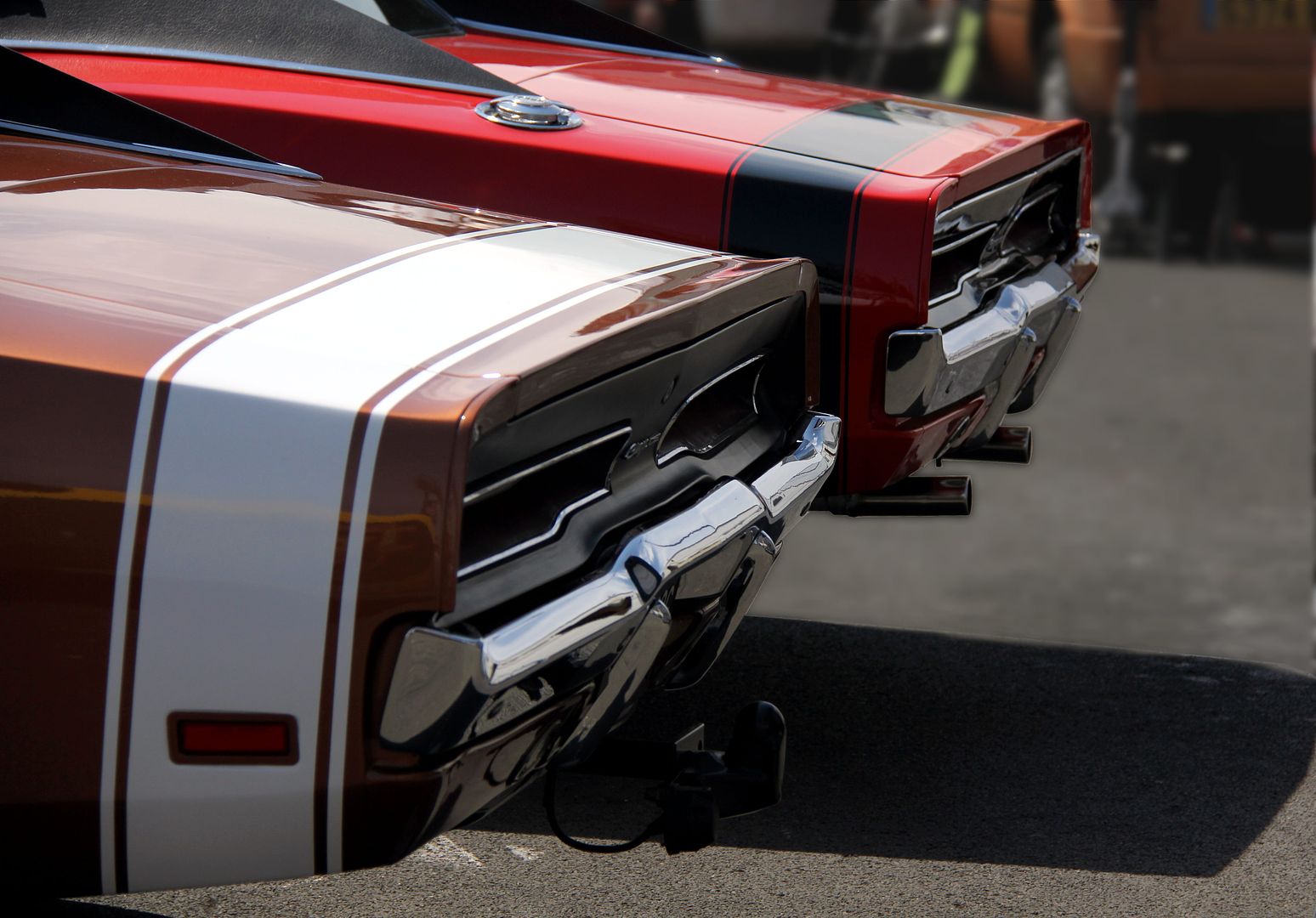
Here's a non-silly orange one ('68 again).
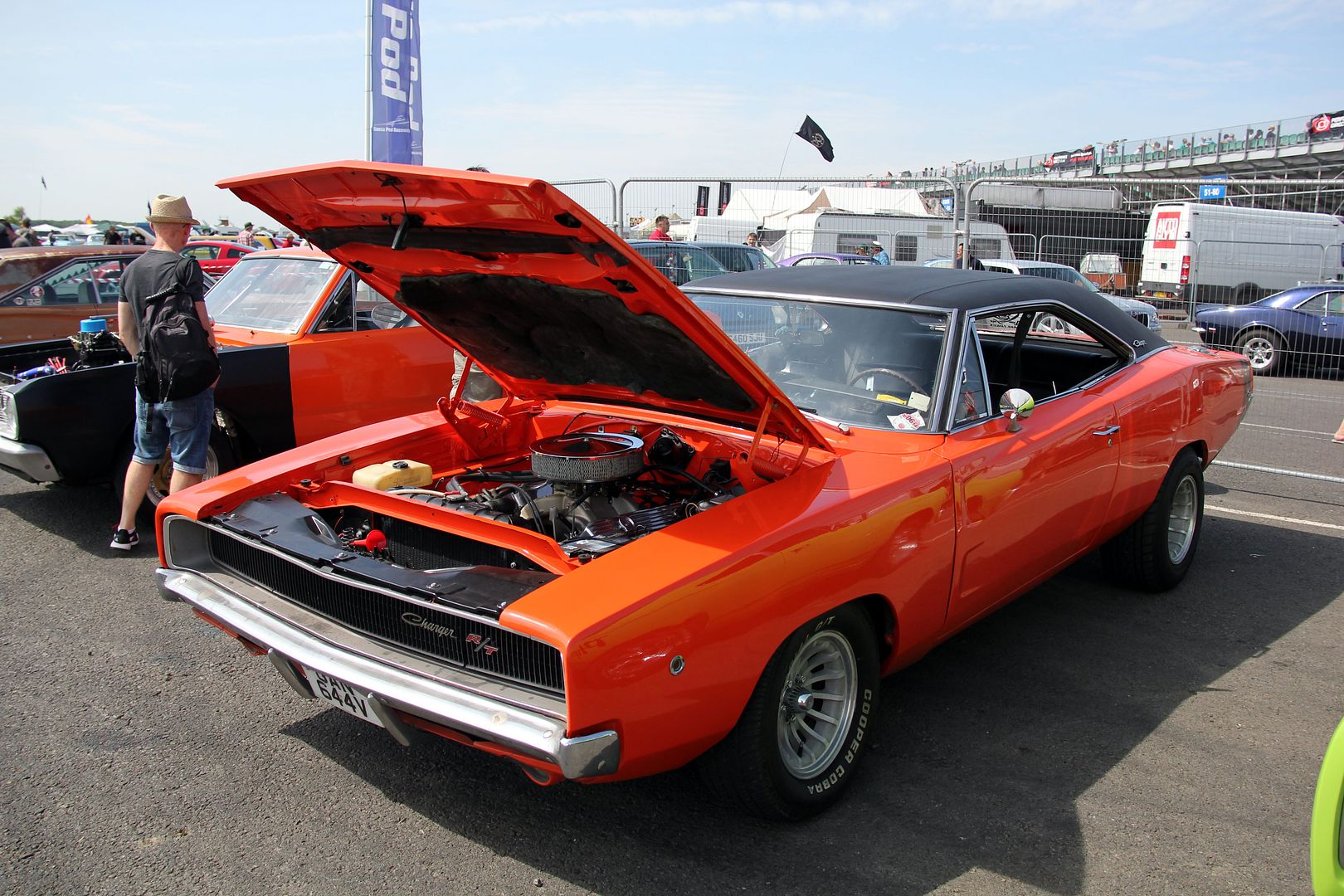
Another consistent theme with American cars is the options list, which was of course how they made their money. One that gained a wonderfully folkloric name was the method of putting the clock inside the face of the revcounter, concentrically. This became known as the "tick tock tach". I mean, how good is that? It just doesn't get better. Anyway, I searched hard to find one on the day but failed. This looks like one, but clearly the guy who originally ordered the car was too tight to pay for a tacho, so this was the next step down. Yep, it's just a clock with a pretend tacho around it, actually the minute numbers when you look closely! Boo, cheat!
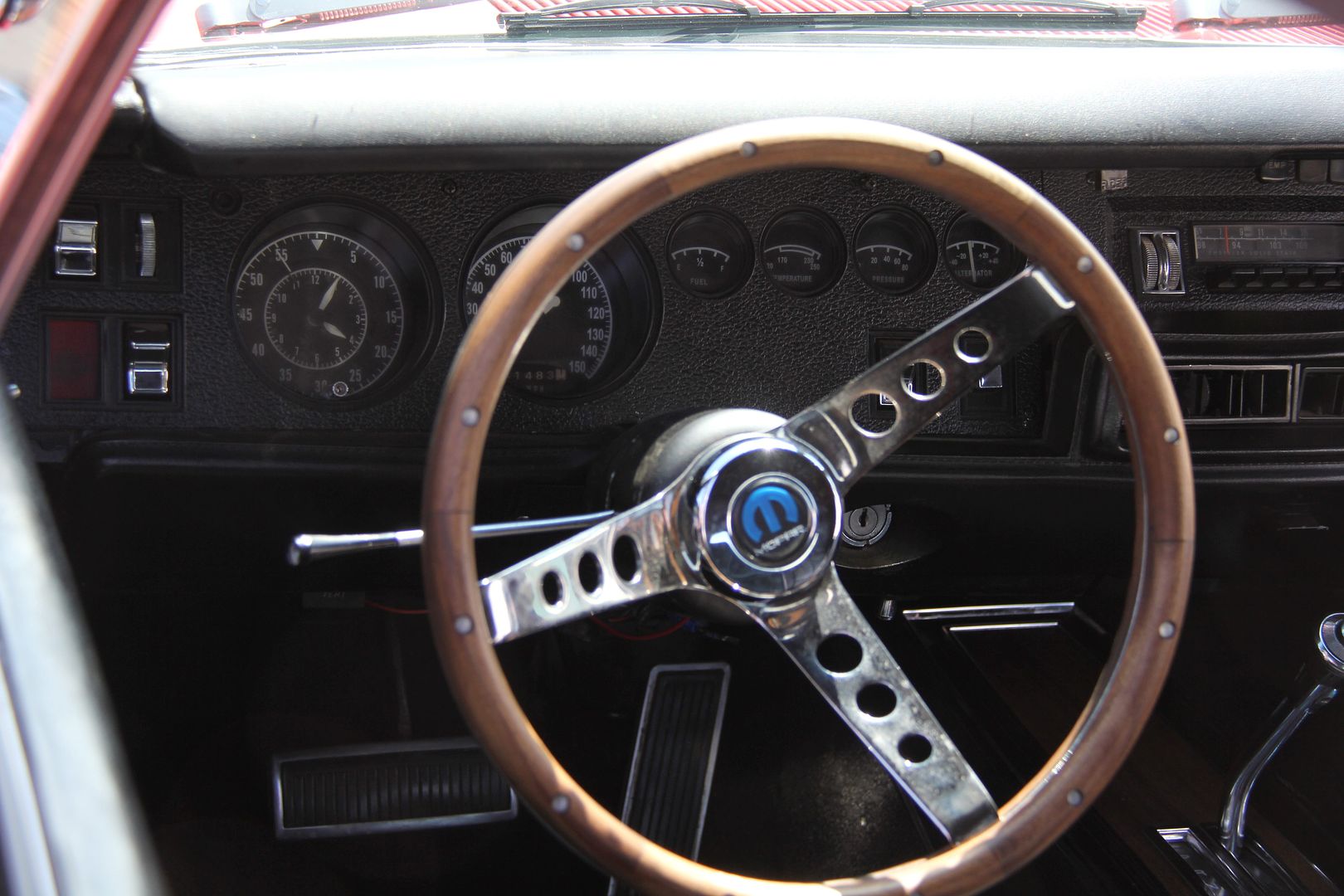
....obviously a common cheat as well, since here's another one, only with the addition of dodgy genuine fake real imitation faux stick-on wood panelling
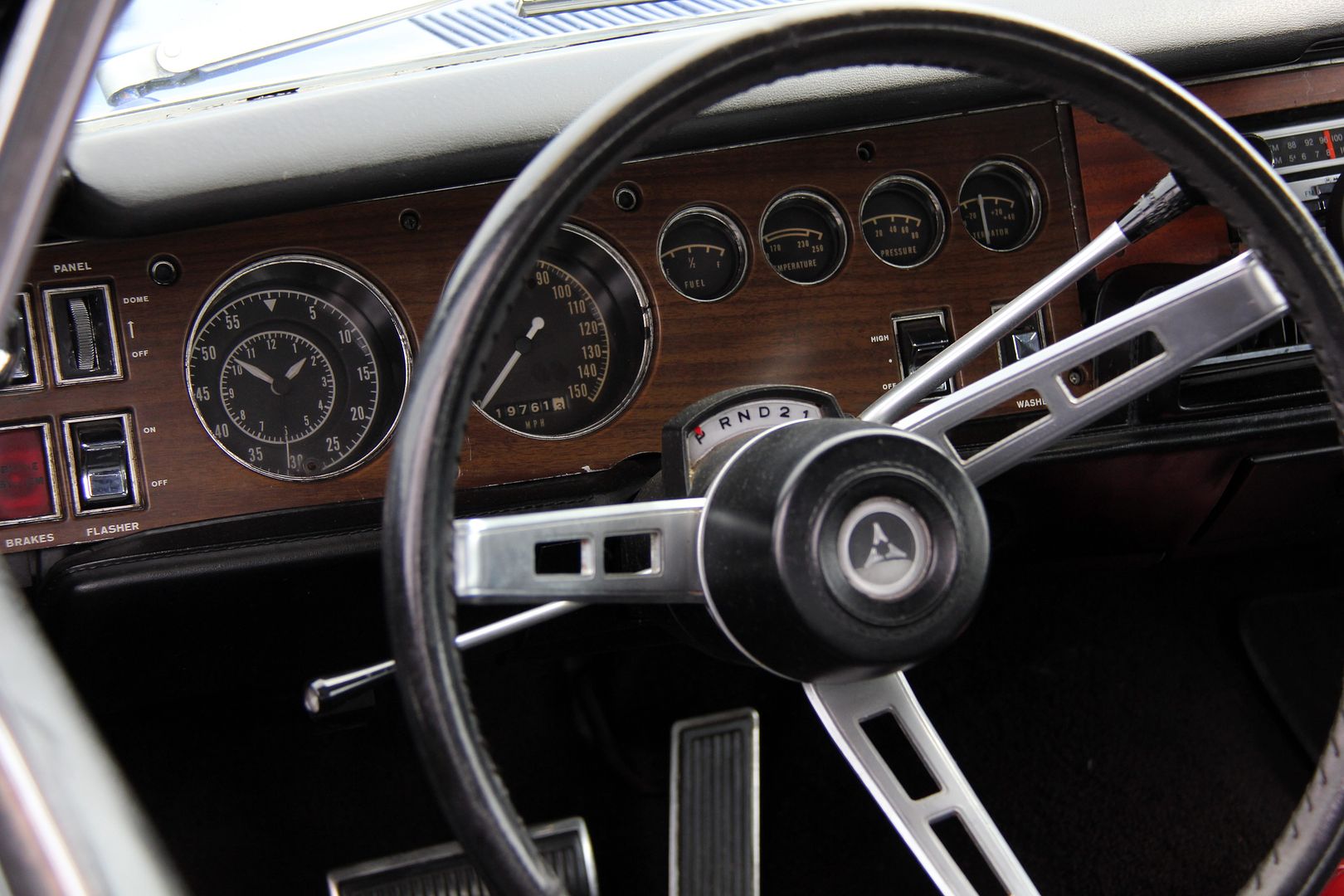
This wee thing is a Charger, but not as we know it;
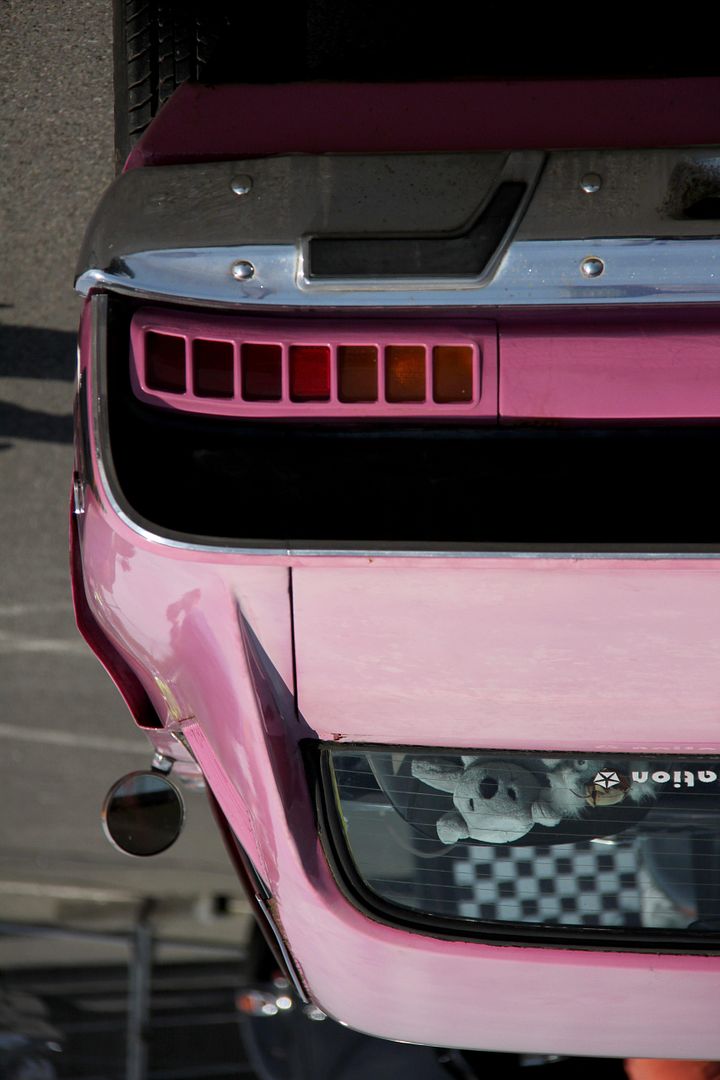
In actual fact, this is an Australian market Chrysler Valiant re-badged as a Charger. These were produced right to the end of the 70s in a wide range of performance levels from shopping cars for Granny right up to a Six-Pack option sucking through triple side-draught Webers, and competed with success in both Australian and New Zealand touring car racing. The pink is the remnants of an official factory colour, which would have been closer to purple before the sun mullered it
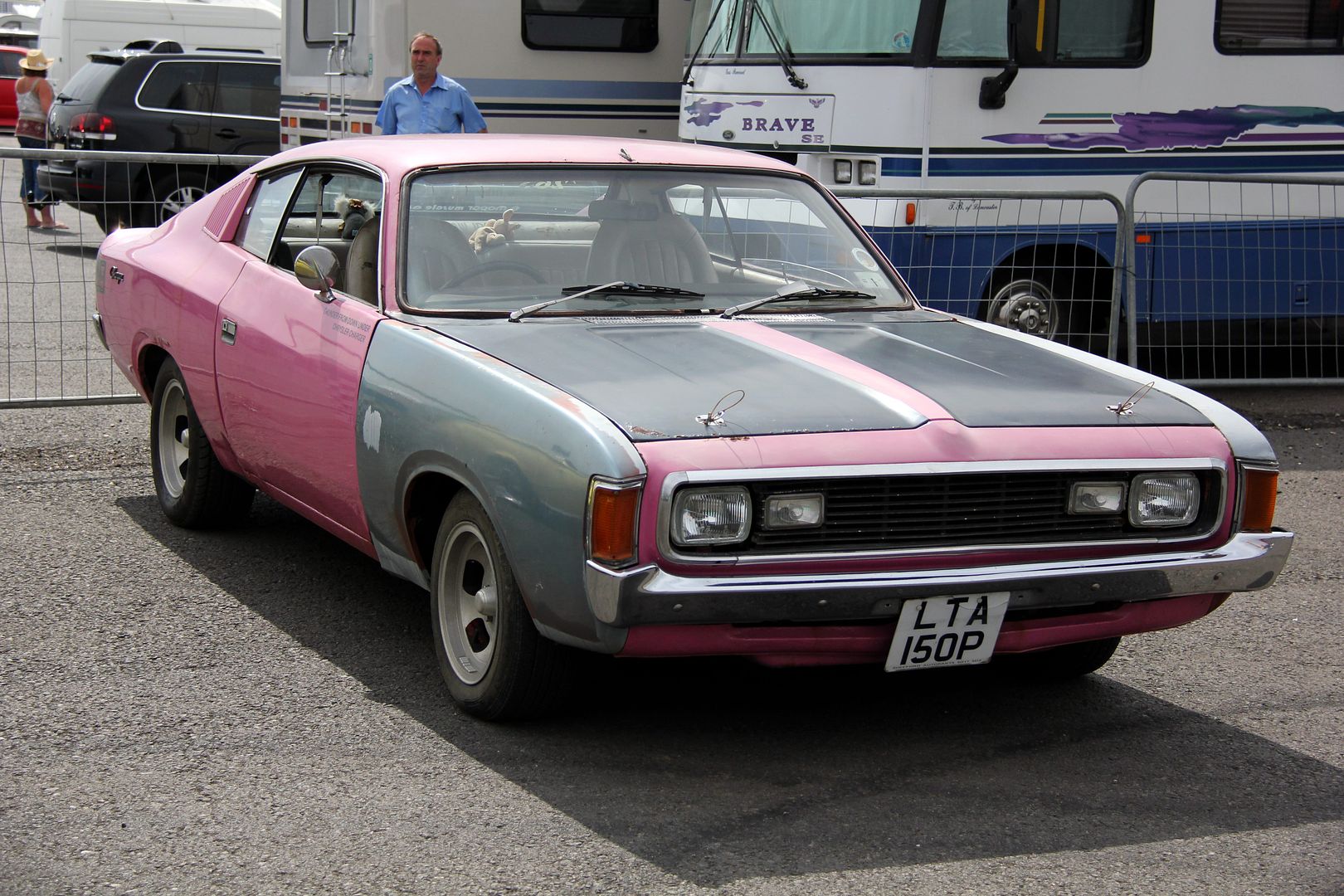
...which brings us neatly onto the topic of colours. American cars really got it right on this one. While we made do with NHS Hearing Aid Beige Allegros, our Yankee cousins could specify such glorious tones as Plum Crazy or Lime Light or Go Mango and possibly the best ever paint name, Ford Anti-Establish Mint! No? How about There She Blue, then? Awesome. No idea what this copper Charger's official colour name is, I just liked it
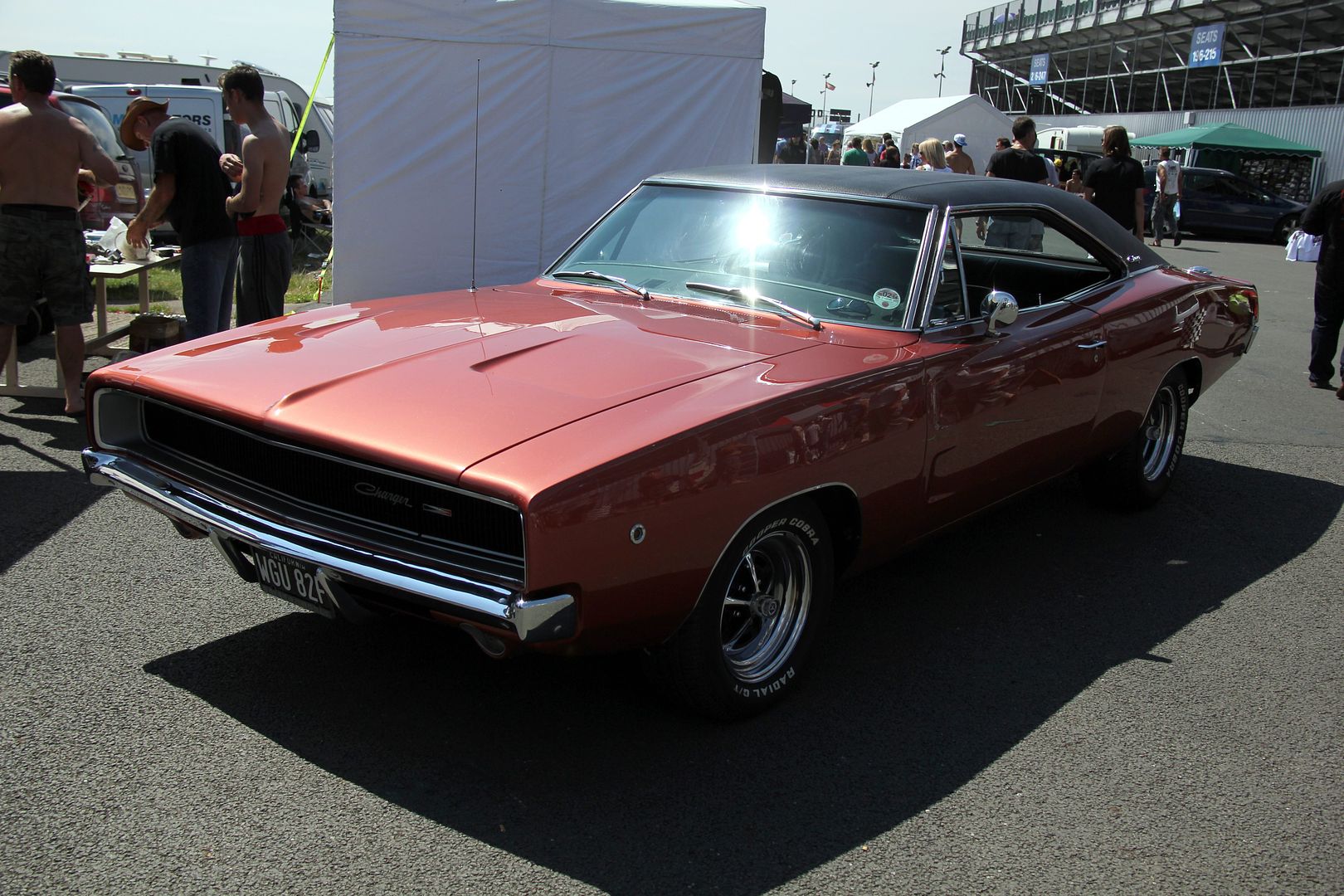
Still on the topic of paint, one of the ways that the American manufacturers kept costs down and thus could sell the cars cheap enough to convince people to keep buying new was to skimp on anything unnecessary. This included painting stuff that didn't need painting, so often firewalls were bare primer or even metal, and the roof wasn't painted when a vinyl covering was specified. Which means may are in a terrible state underneath, much to the frustration of modern-day restorers. Bear in mind these weren't iconic cars when they were built, and the factory didn't care what state they'd be in fifty years down the line; they wanted people to throw them away in three years time and buy a new one
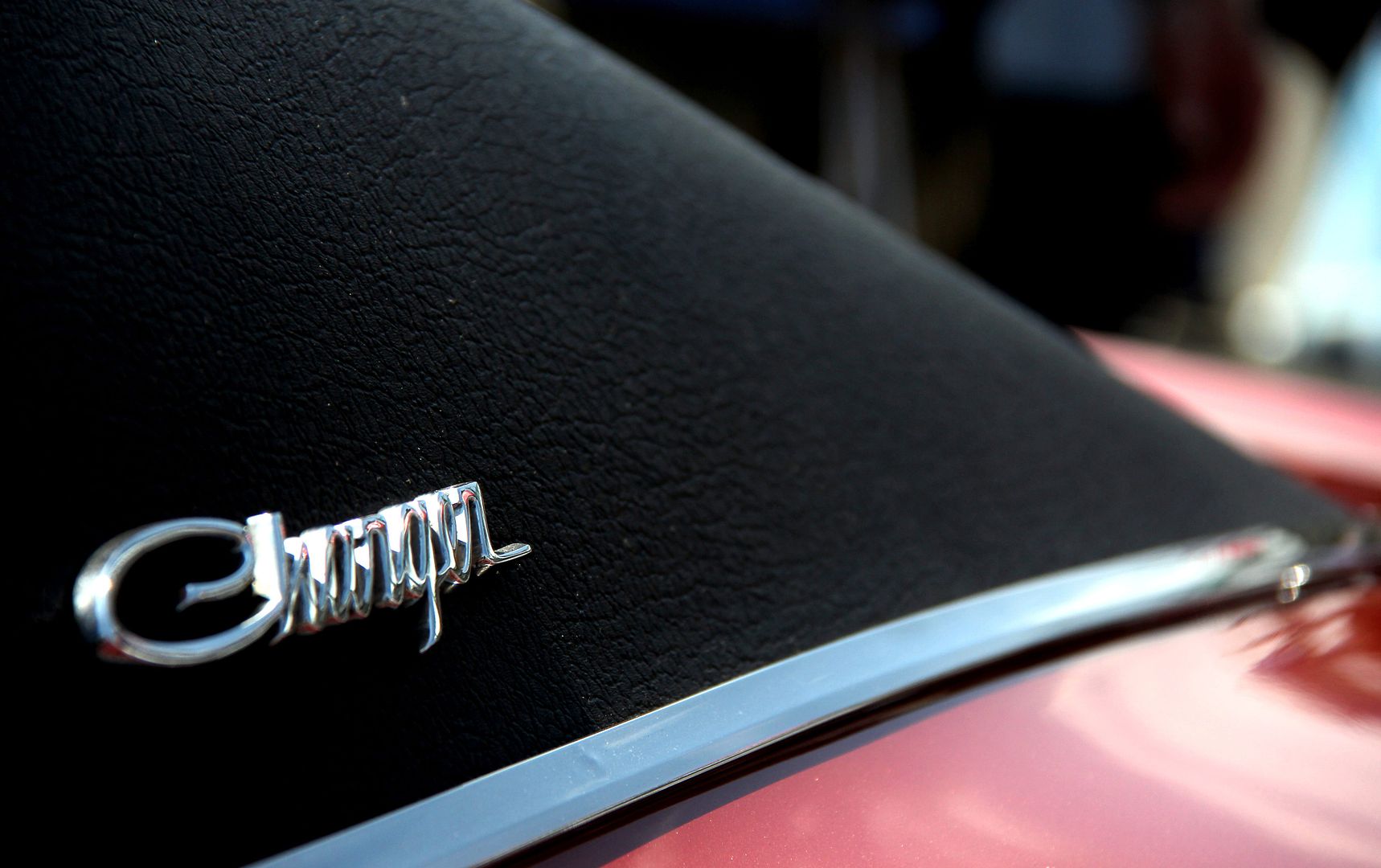
Even the bumblebee (no, not him, I know he was a Camaro) tail stripes were an option
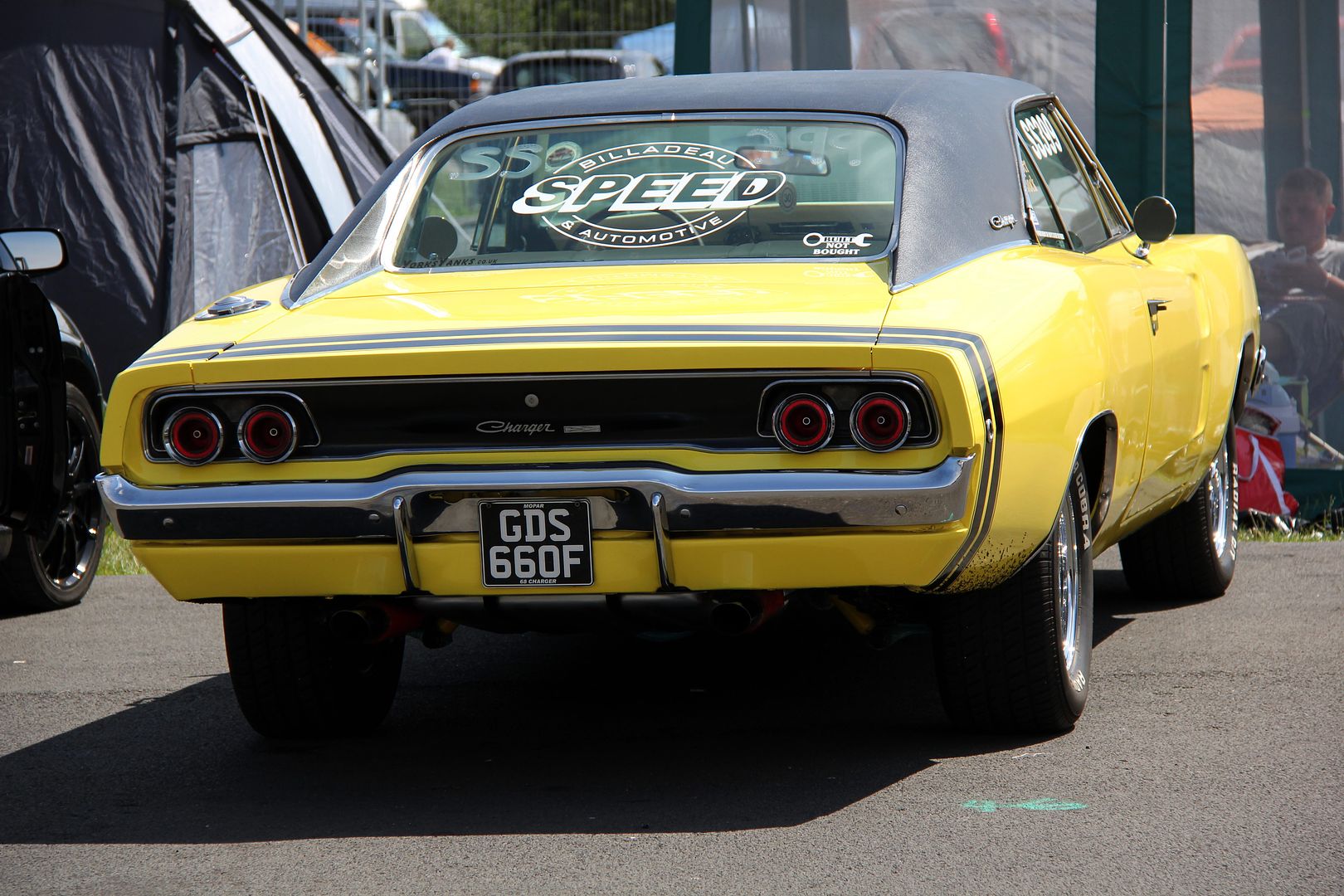
There's a great range of tuning on view at this show. From pretty much stock RWYBers all the way up to big-money modified classes, you can see your favourite models in all levels of potentiality. Including such beasts as this with one-piece lightweight bodywork and prodigious supercharger. A natty flame job never hurts, either
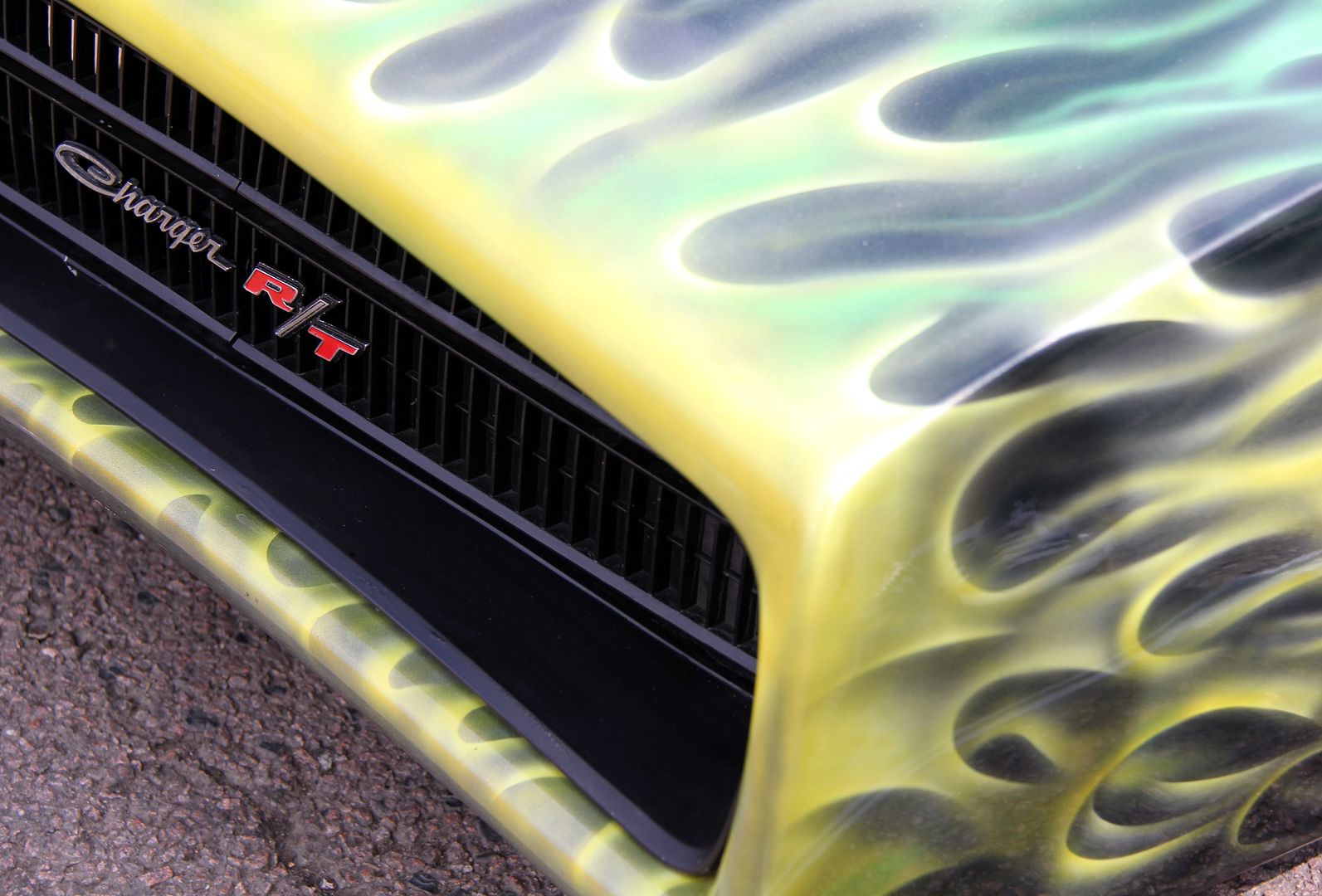
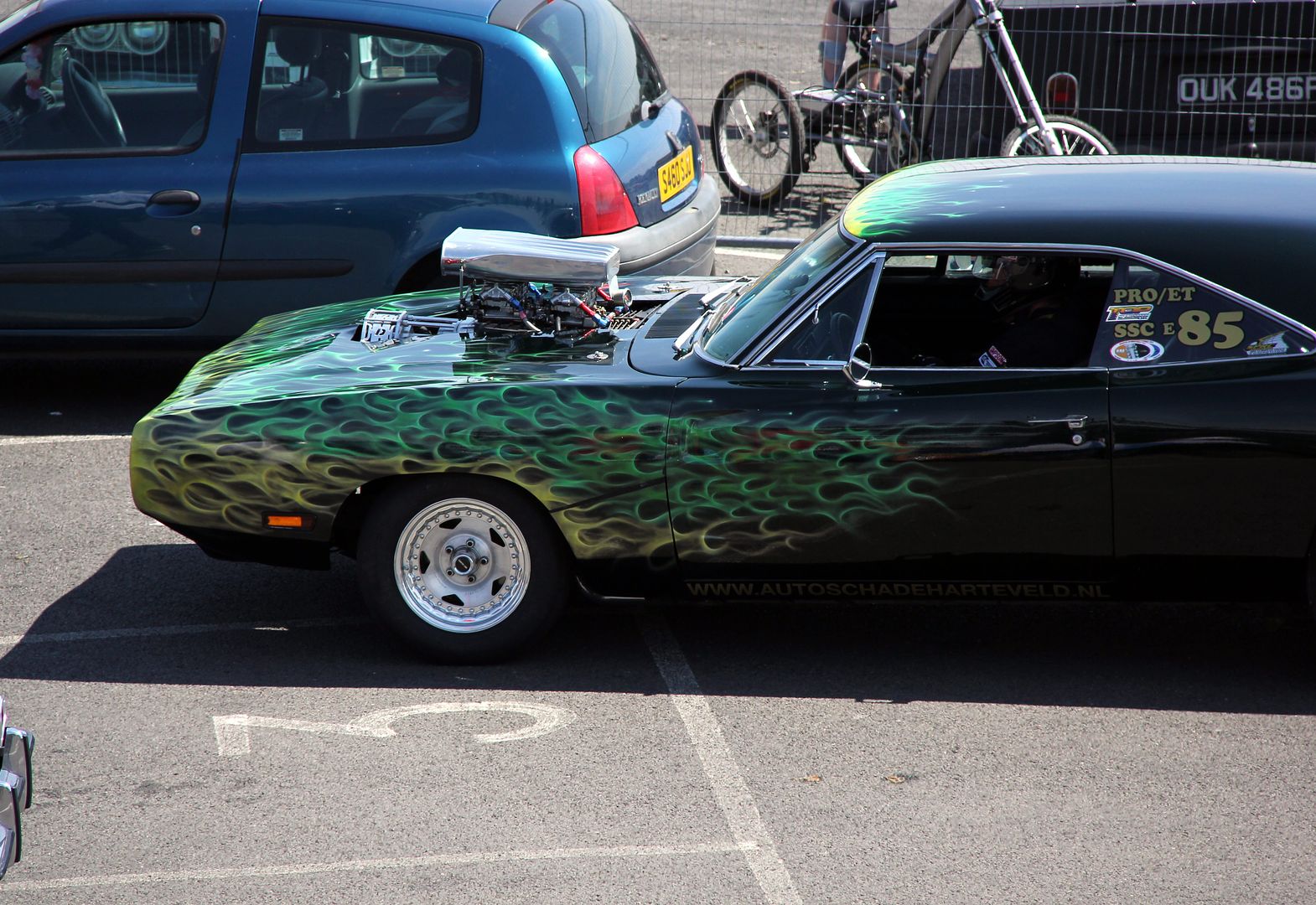
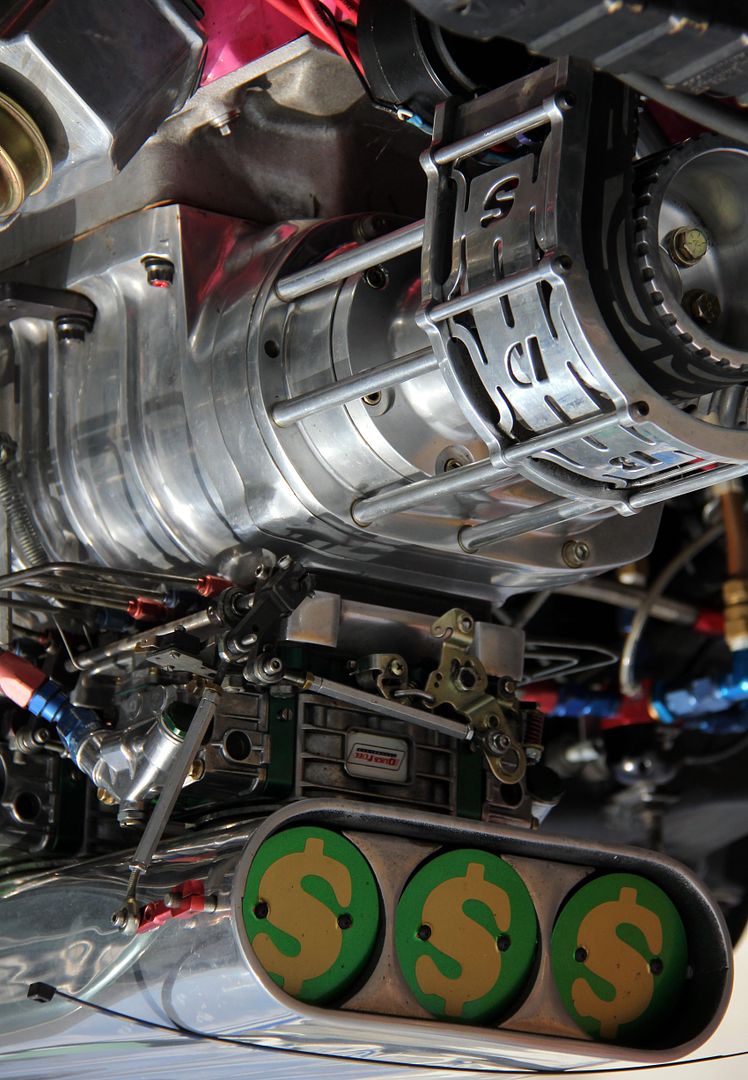
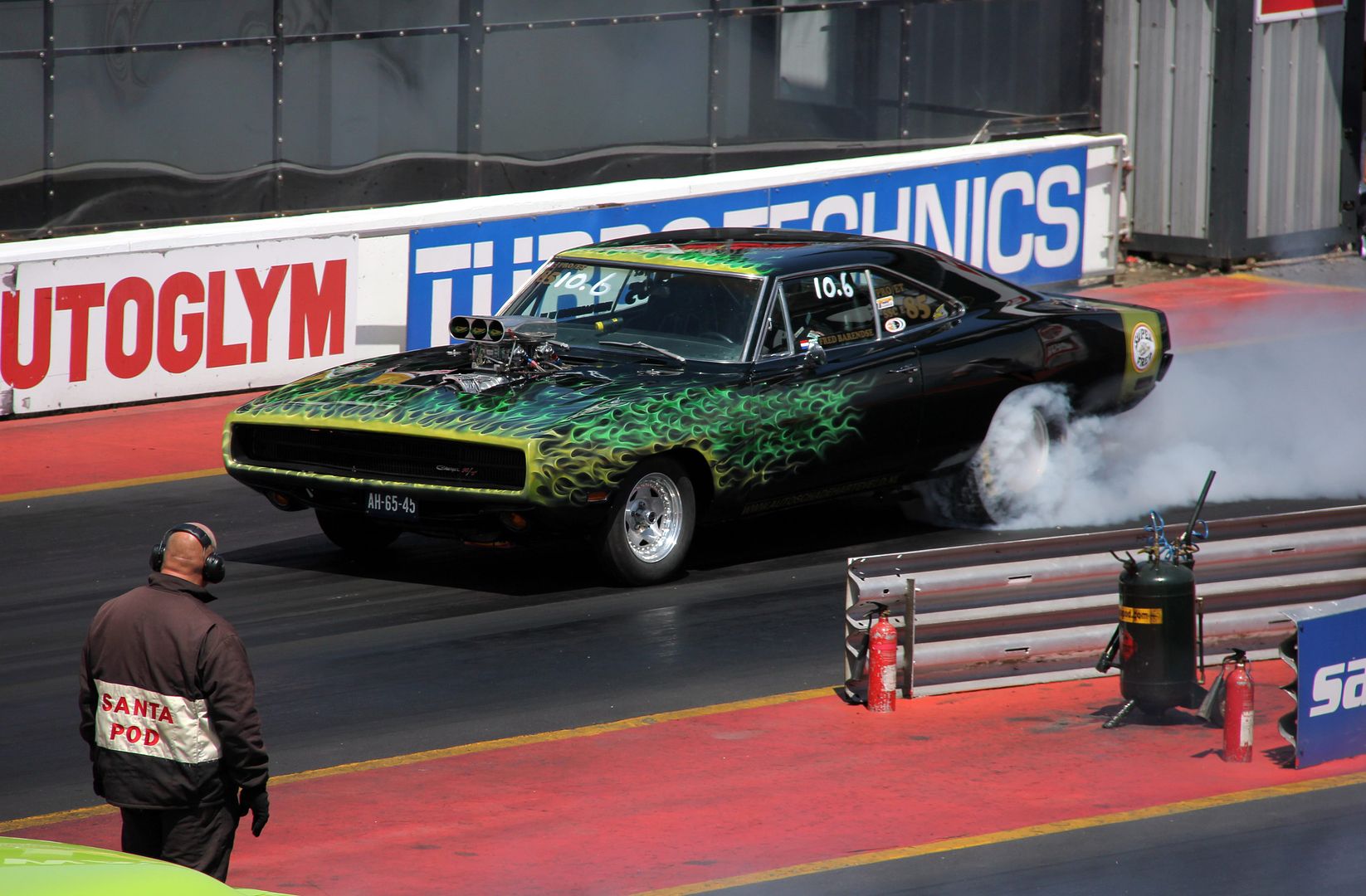
Although there are many superficial similarities to the Charger, this isn't one. In fact, it's a car brand that started way back as a giant be-finned monster in 1955 and still exists today... sort of. This is a Chrysler 300, not to be confused with a Chrysler 300 (modern) or a Chrysler 300 (Letter Car). The Letter Cars were the luxurious top-of-the-range versions of the base 300, and there wasn't one in 1969 although some argue the '70 Hurst limited edition was the equivalent of a Letter Car, so-called simply because a letter was appended to the "300", the first being the "B" of 1956. Although the original model never had an "A" it's often restrospectively added... even though it was actually a C-300, the number allegedly being the horsepower output although up till then Chrysler had followed model numbers and had thus jumped about 220 to get to a number that sounded nice and matched the power output of the car... and the "C" related to all Chrysler models... not to be confused with a 300C, which came out in 1957 of course. And you thought Ferrari naming conventions were complicated and obscure!






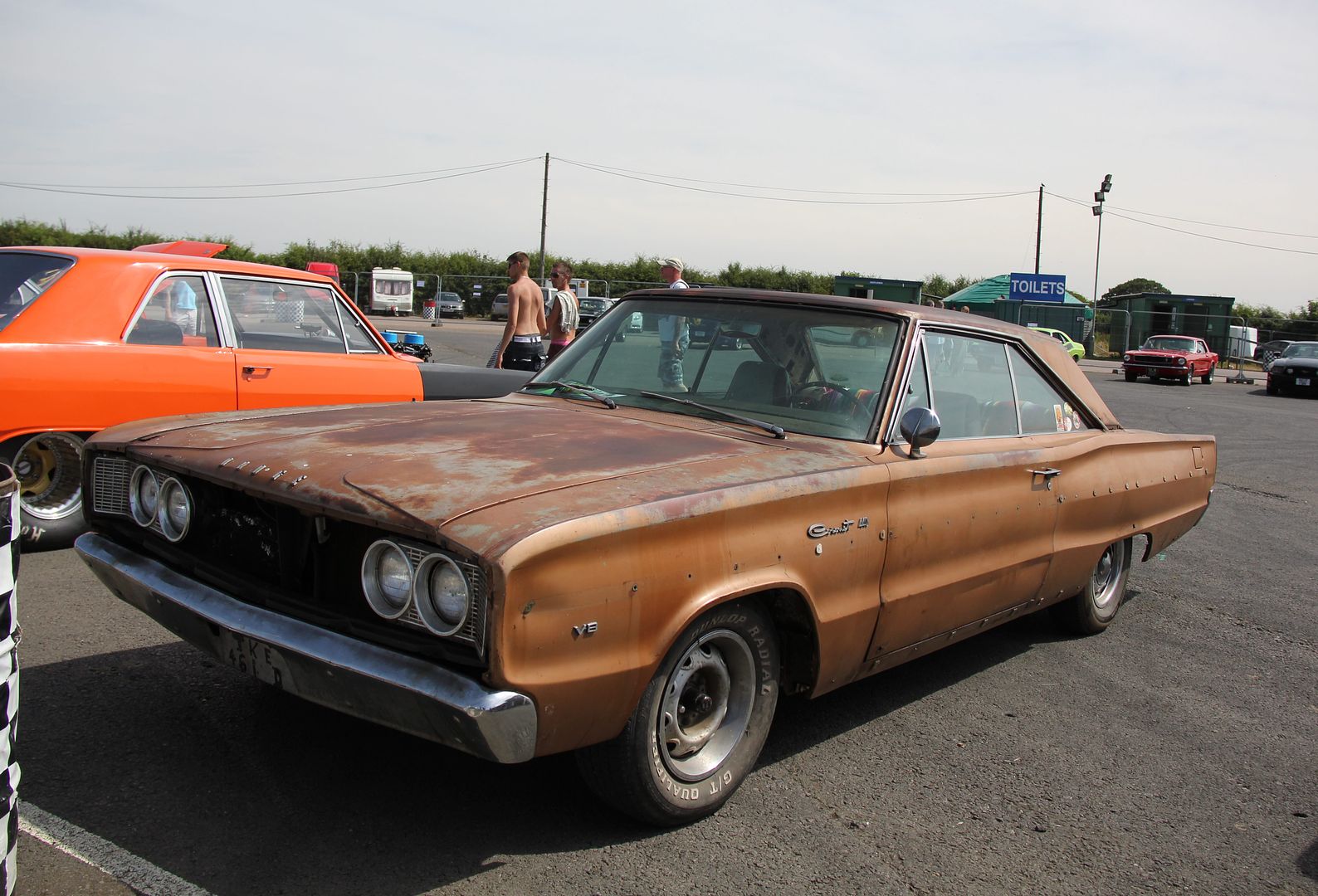

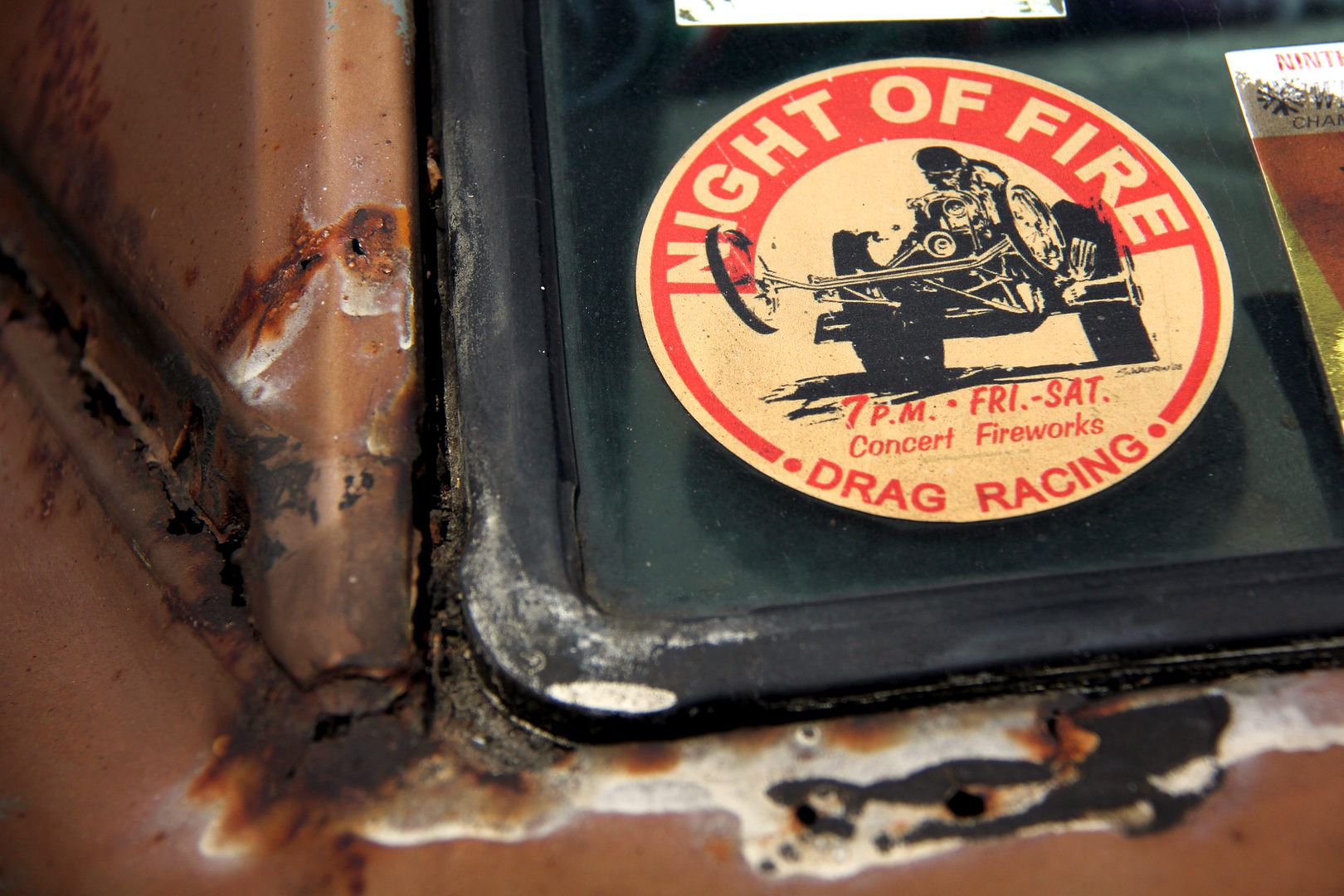
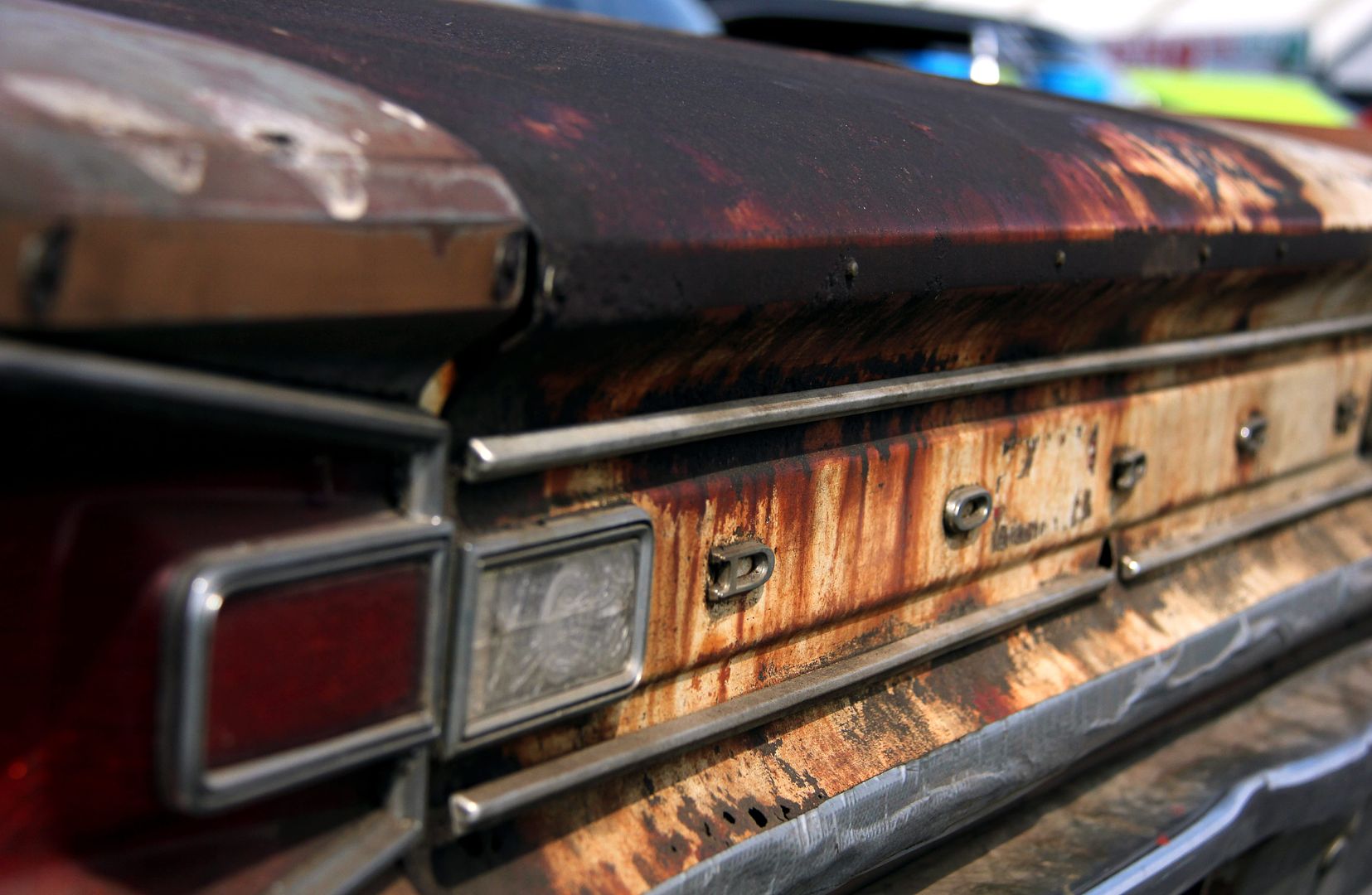
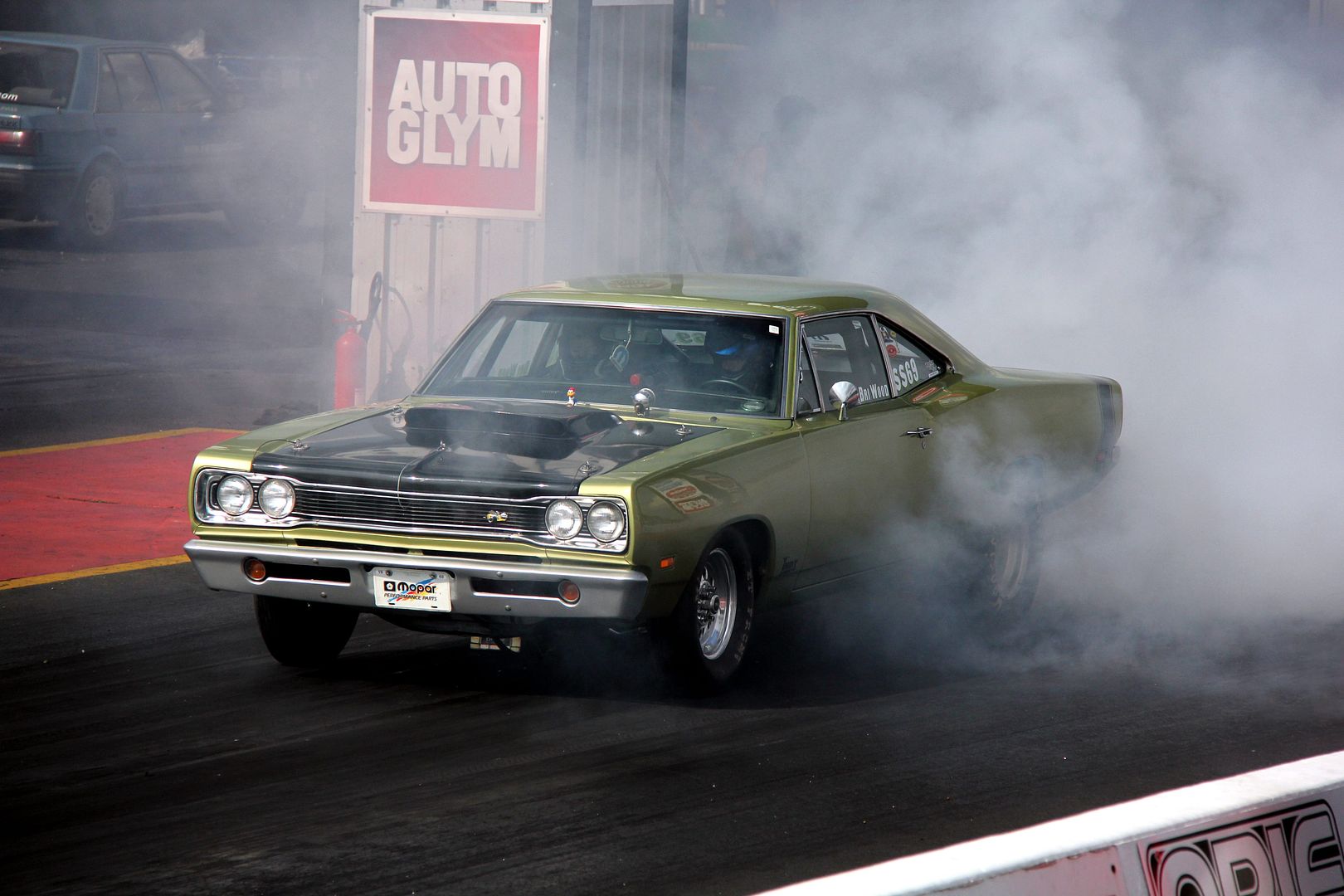

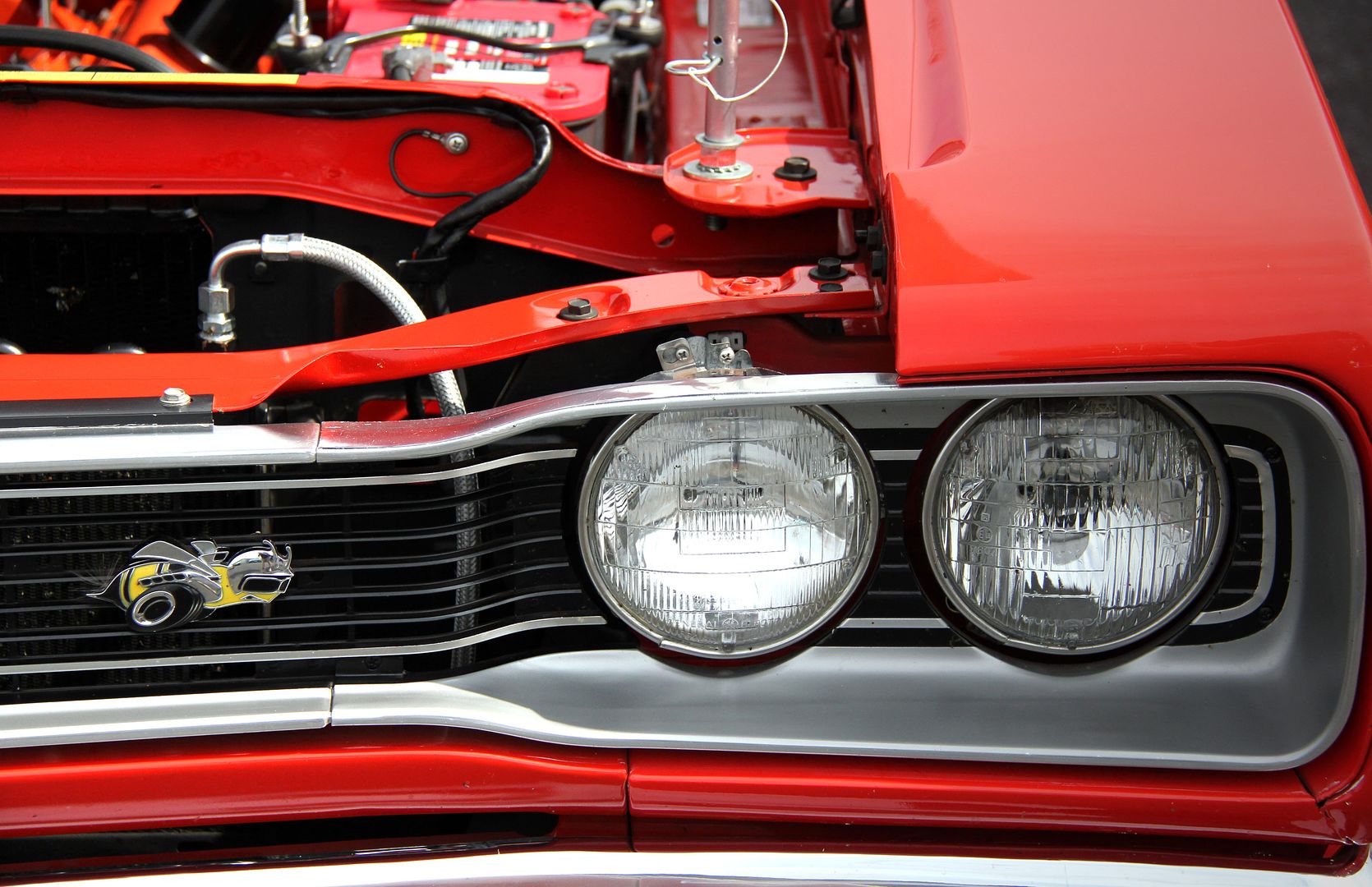
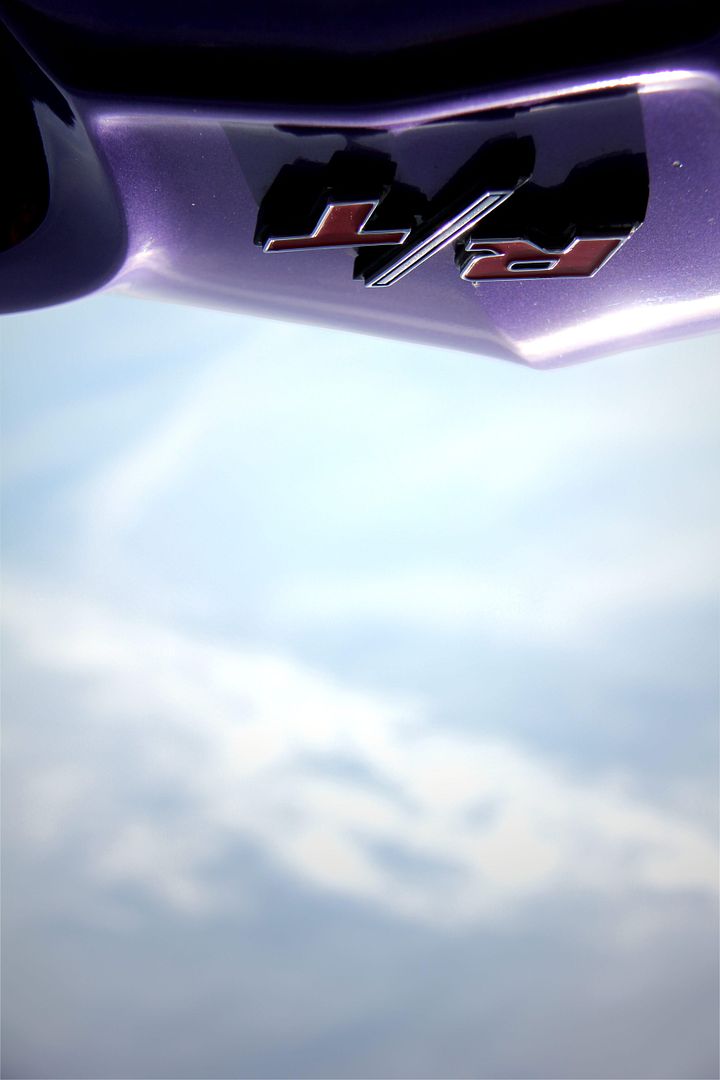

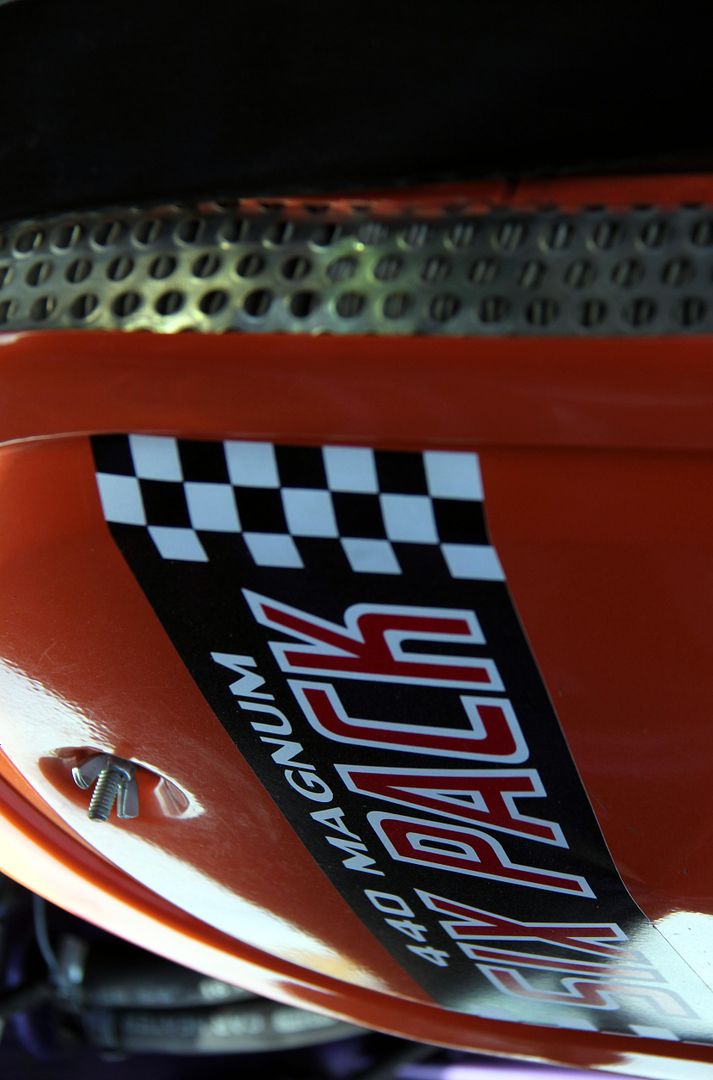
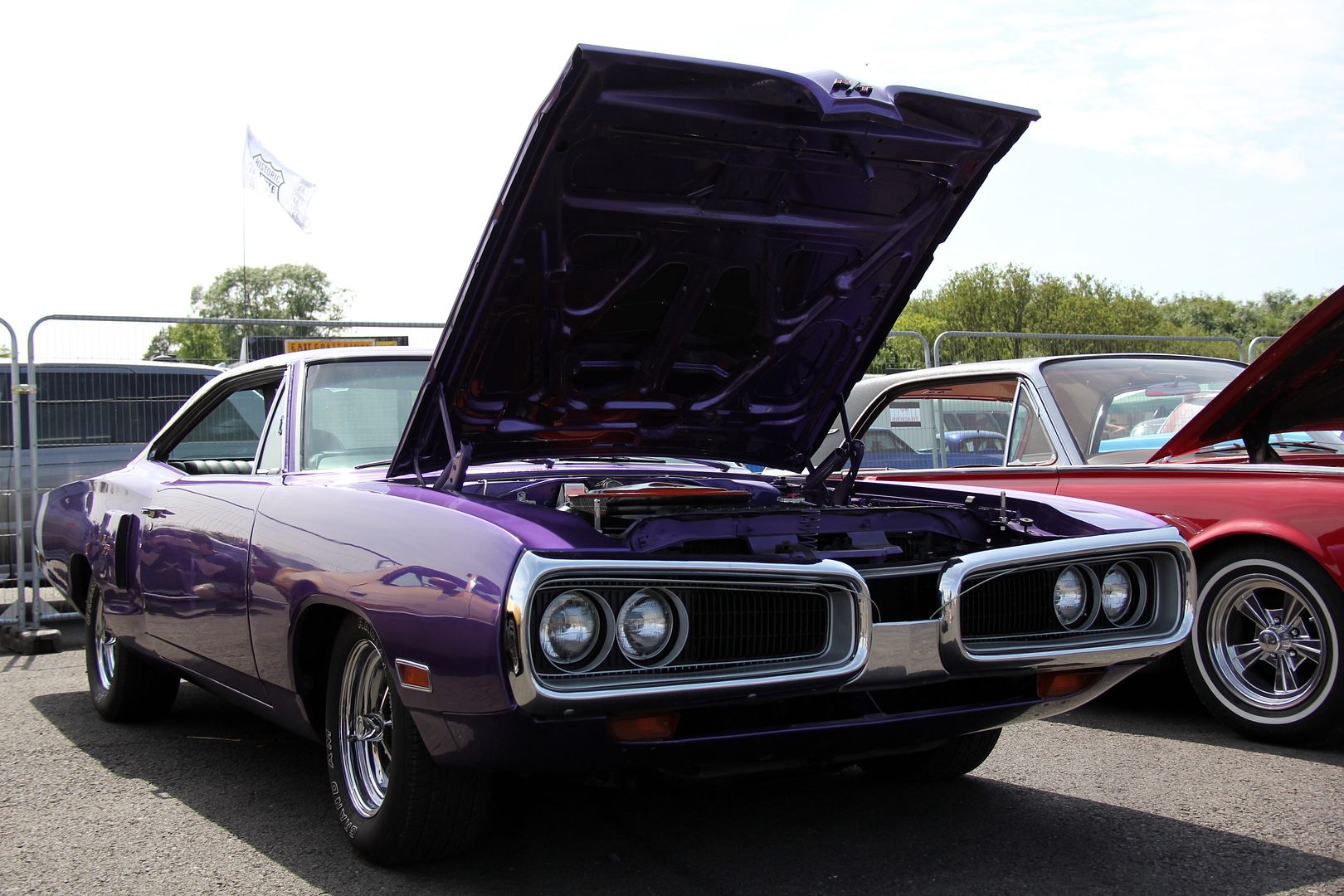

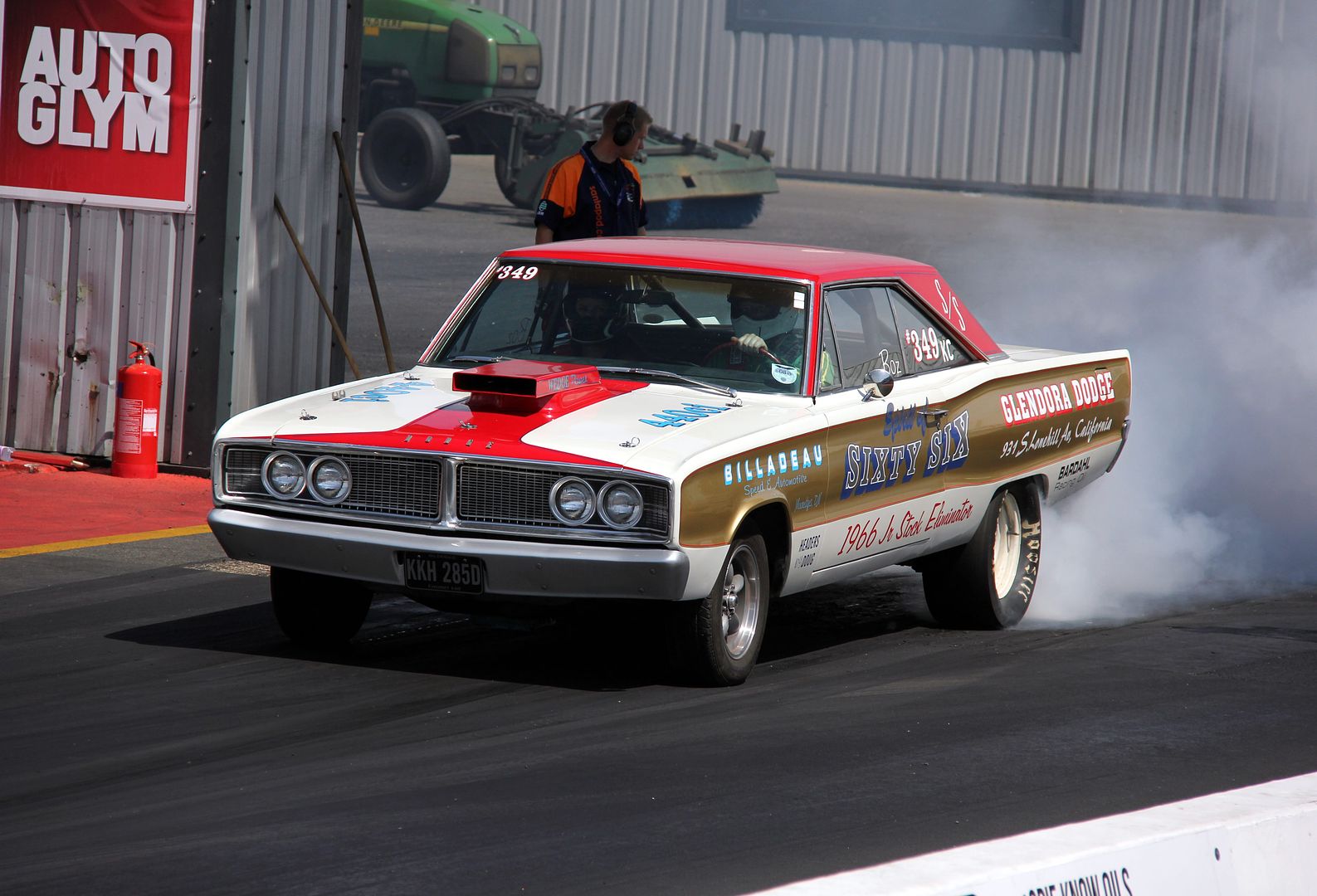
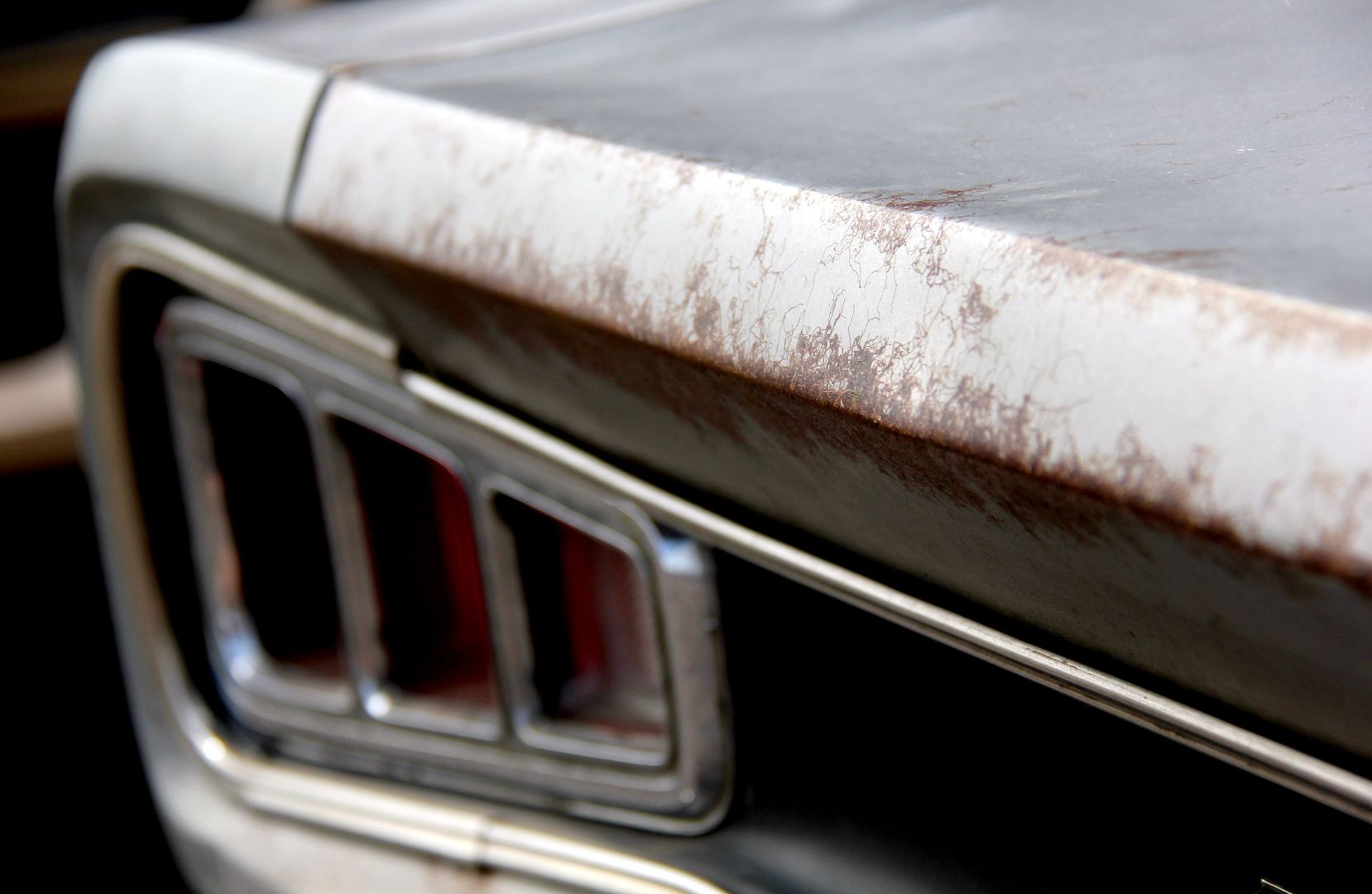
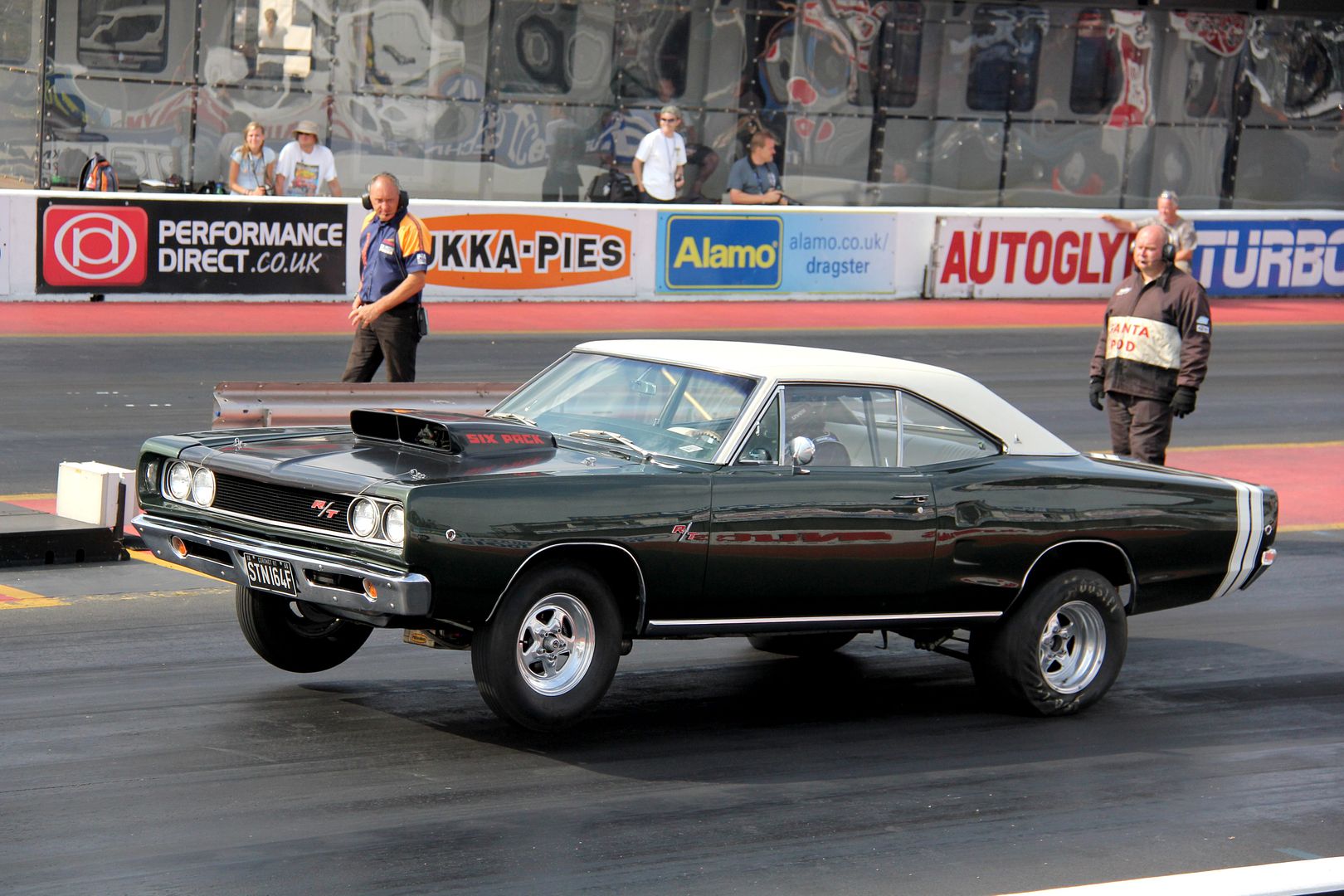

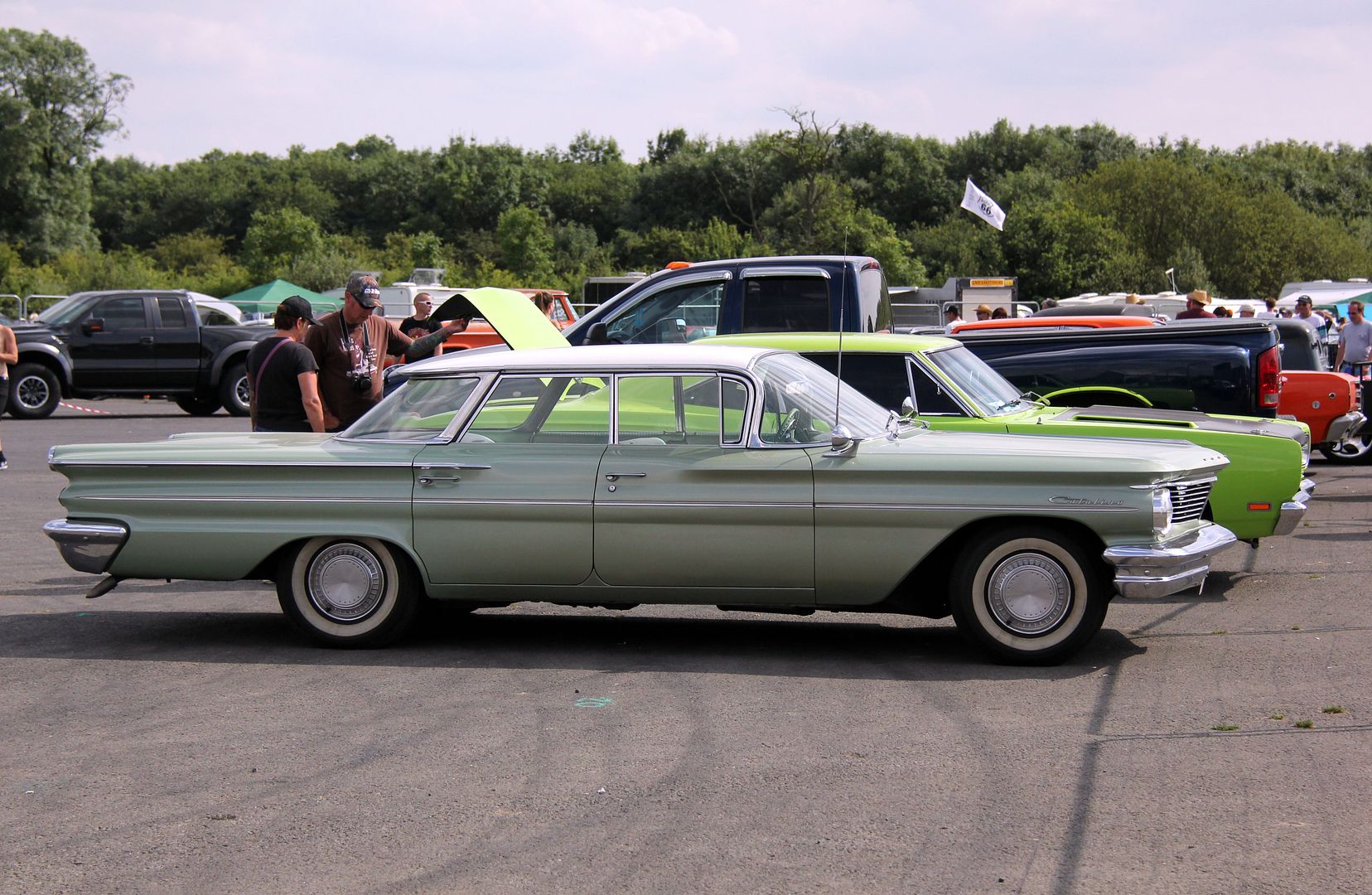


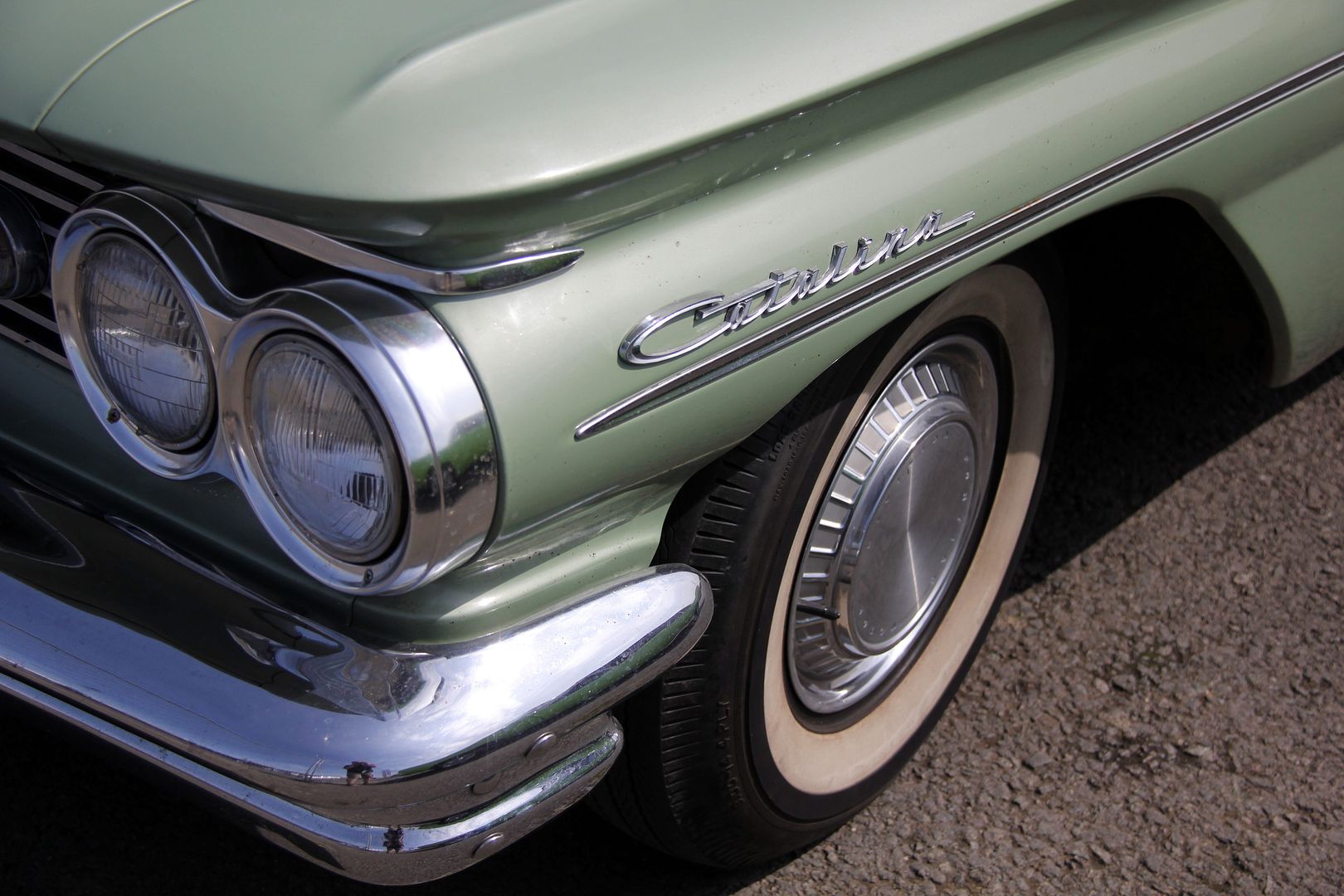
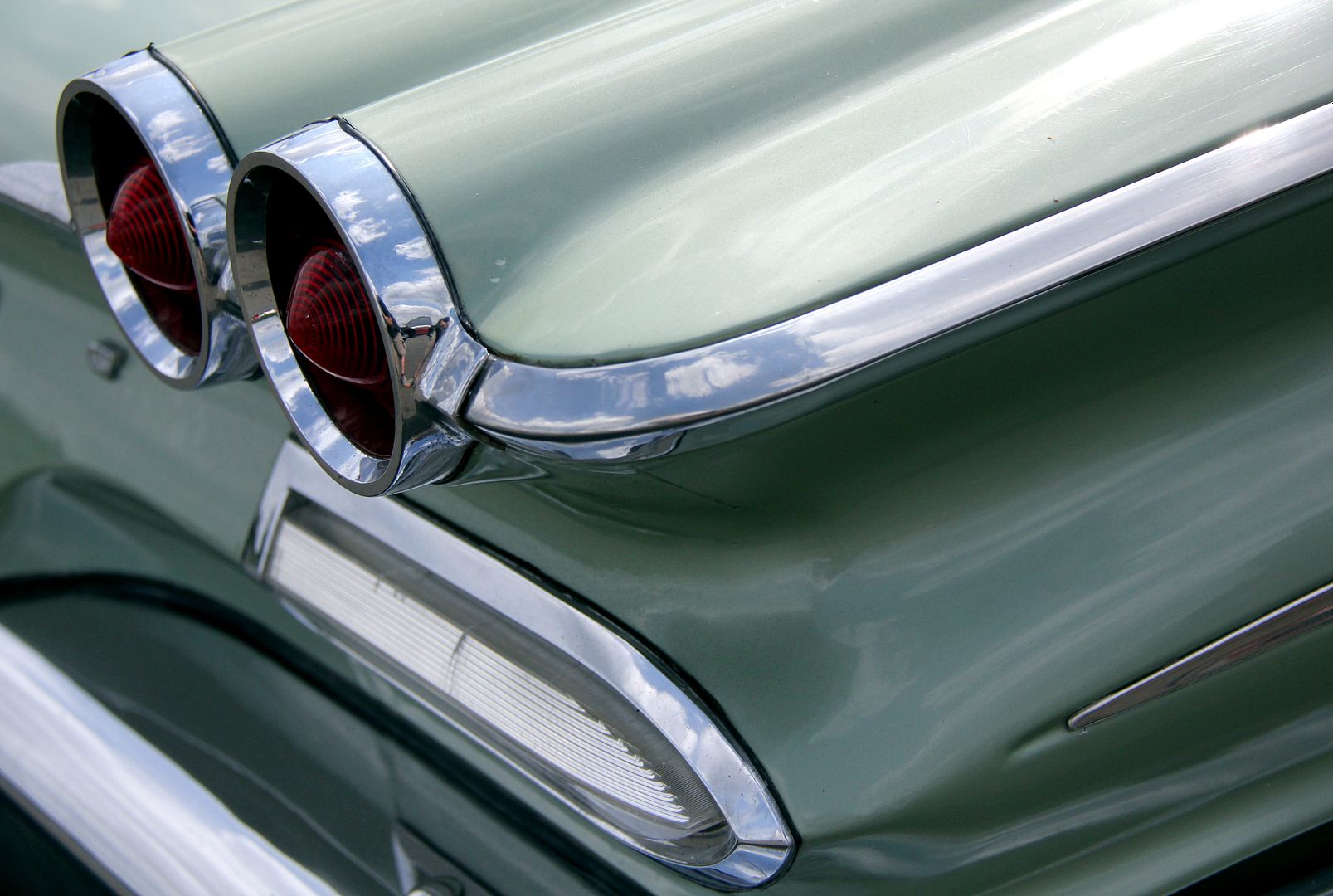
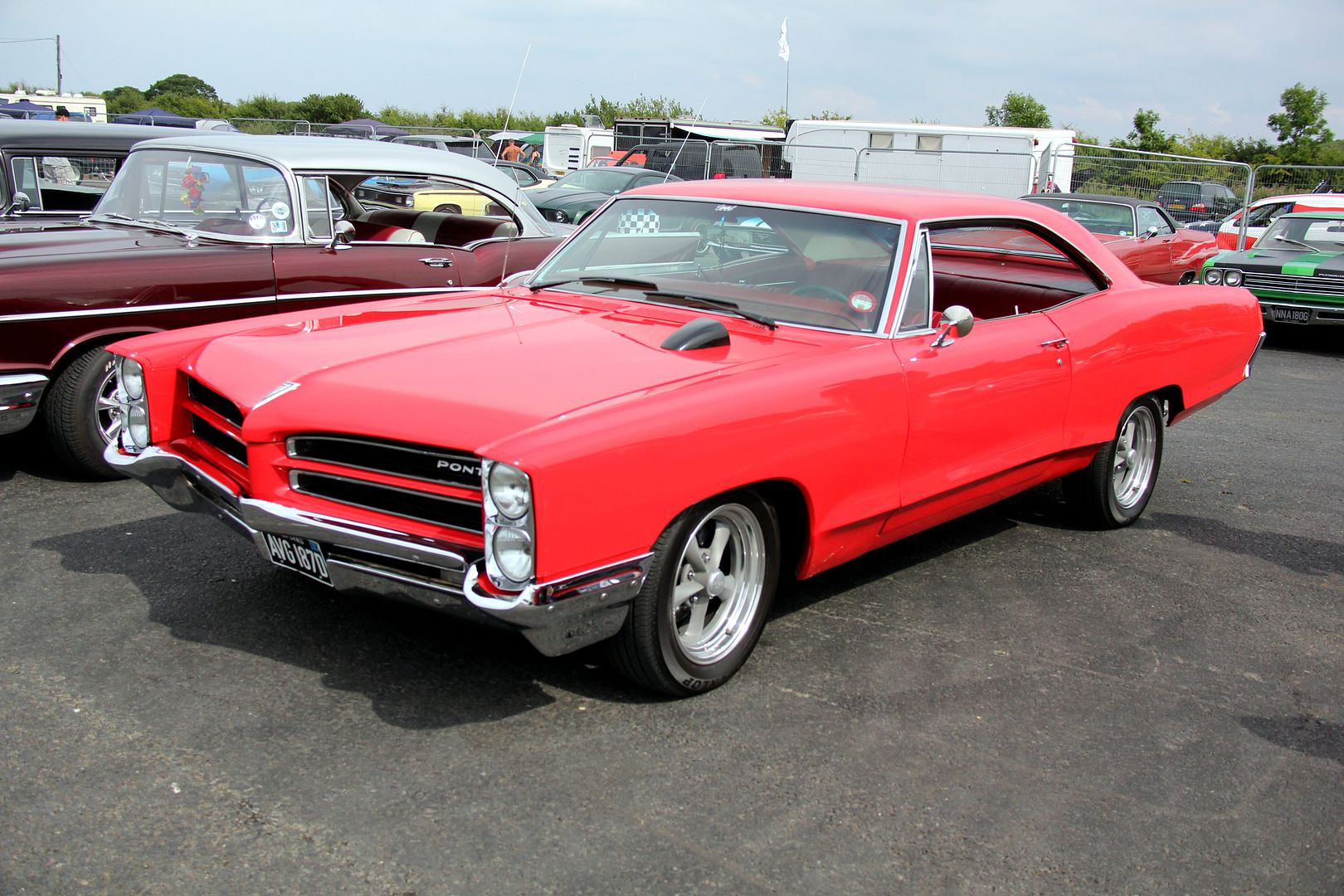
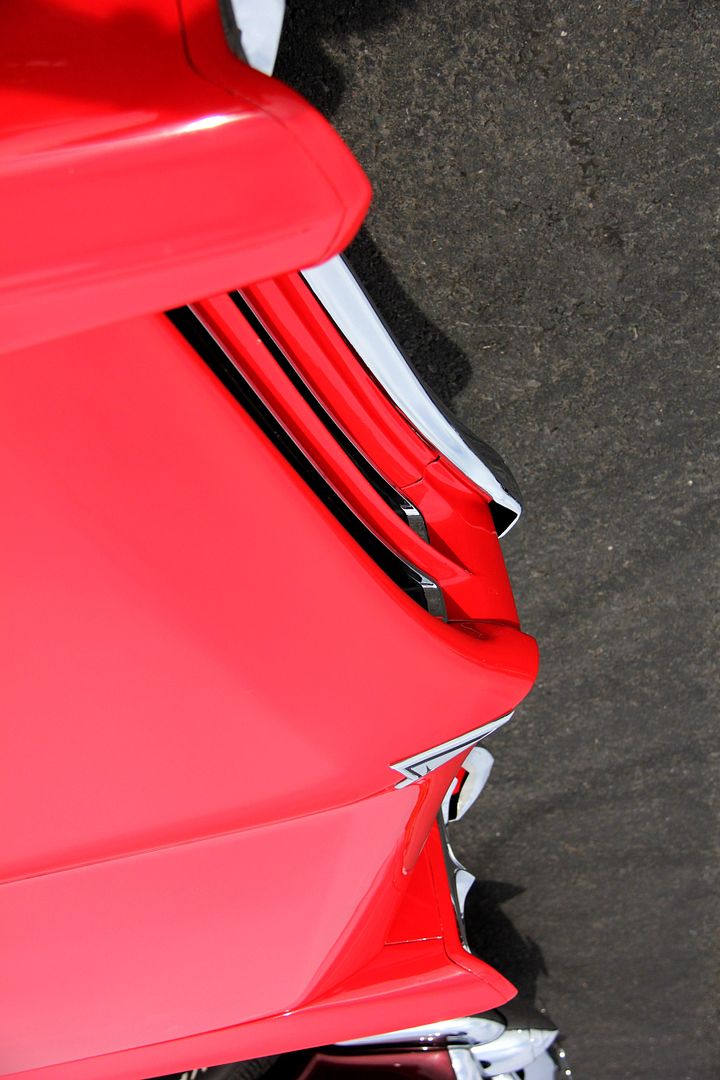
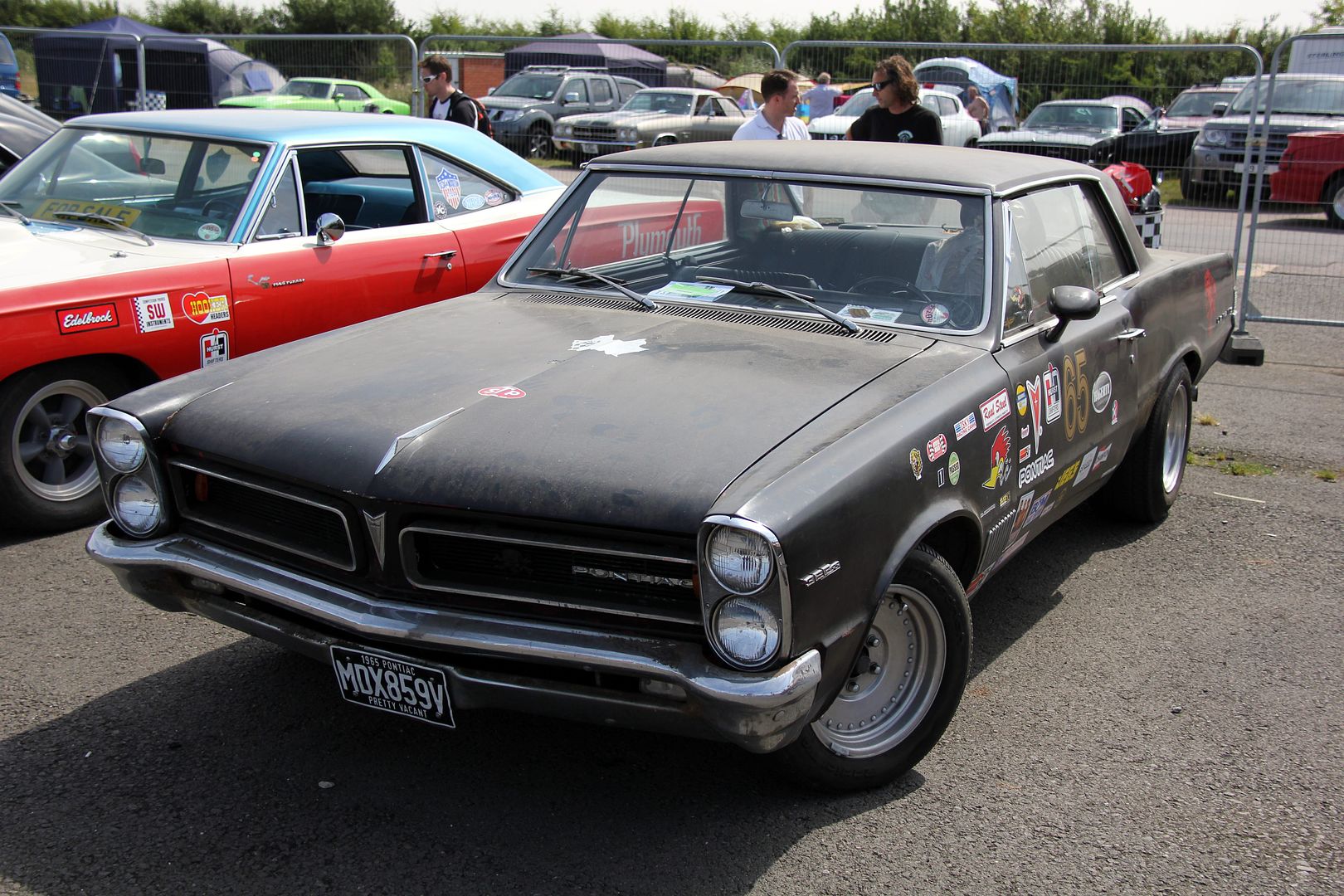
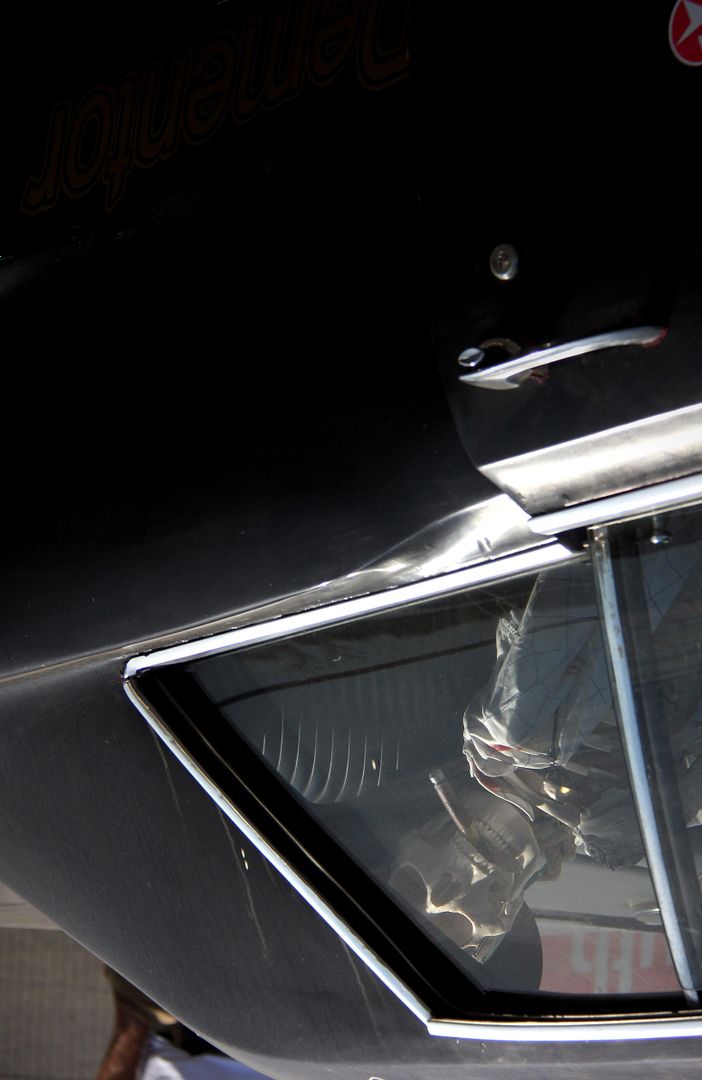
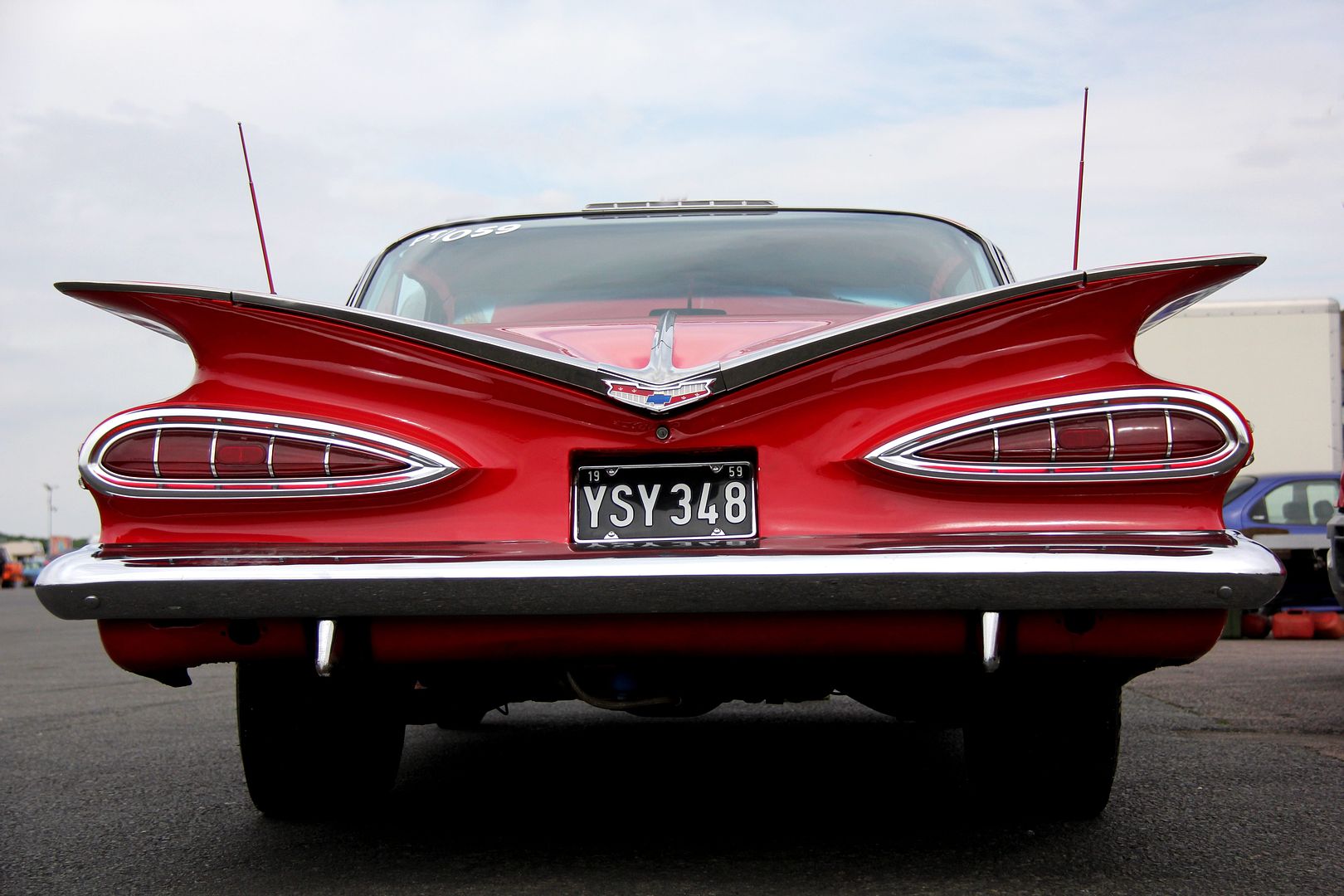
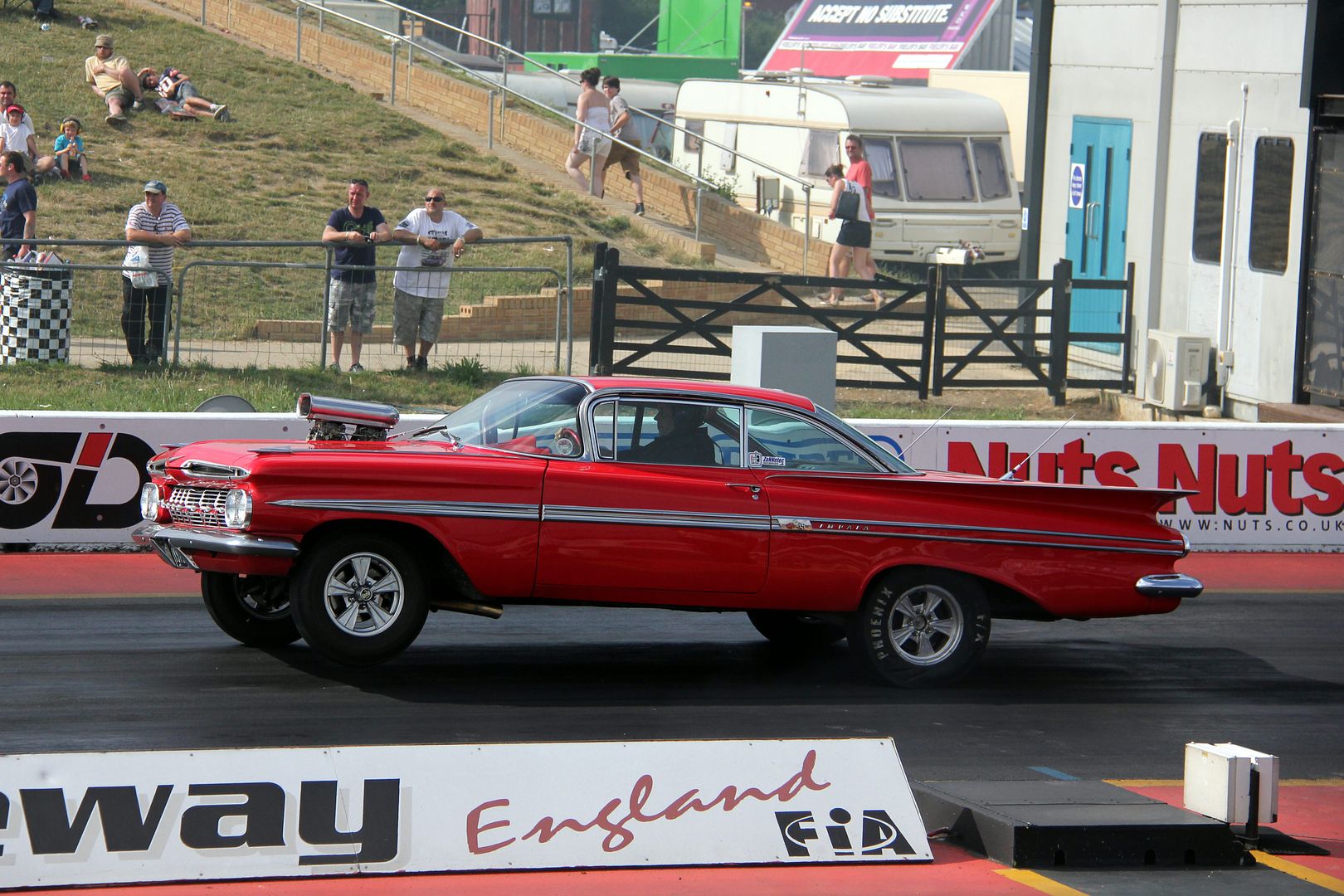



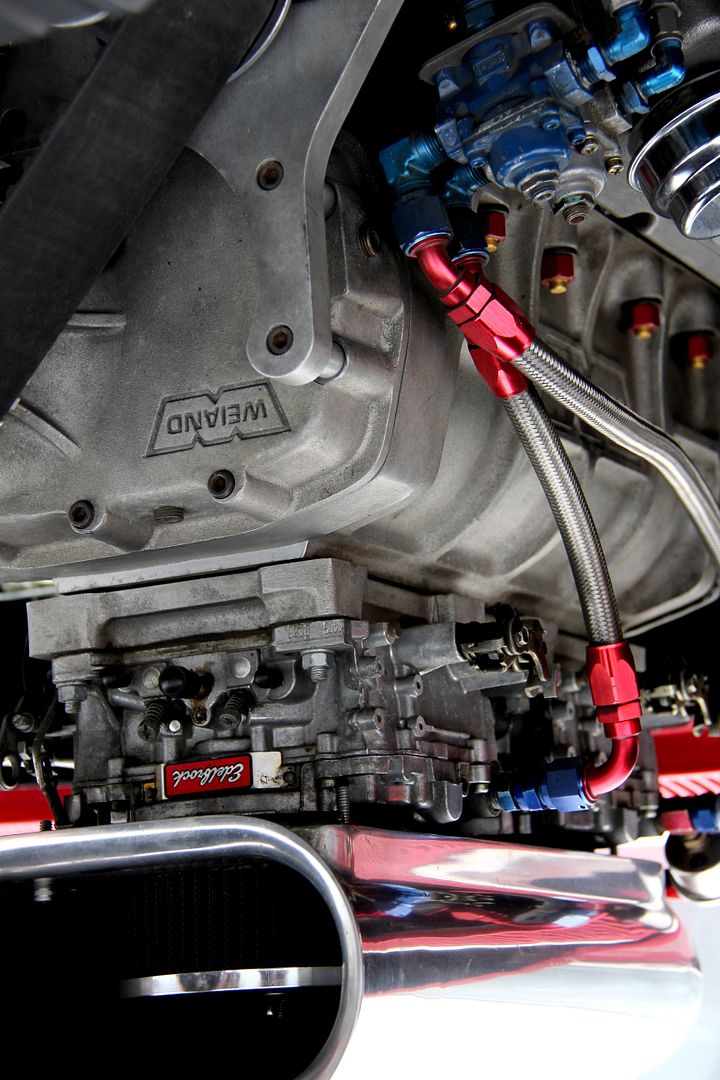

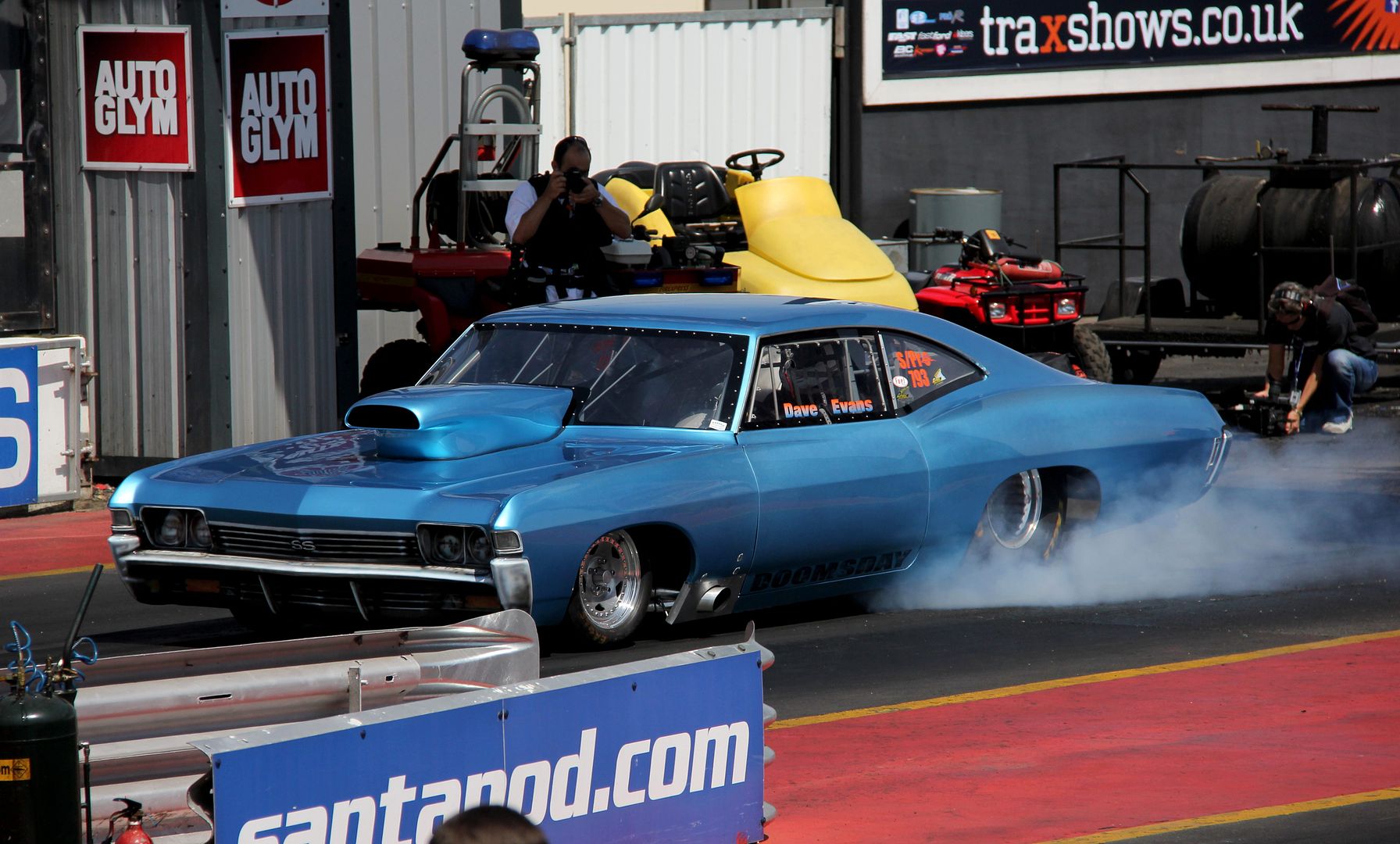

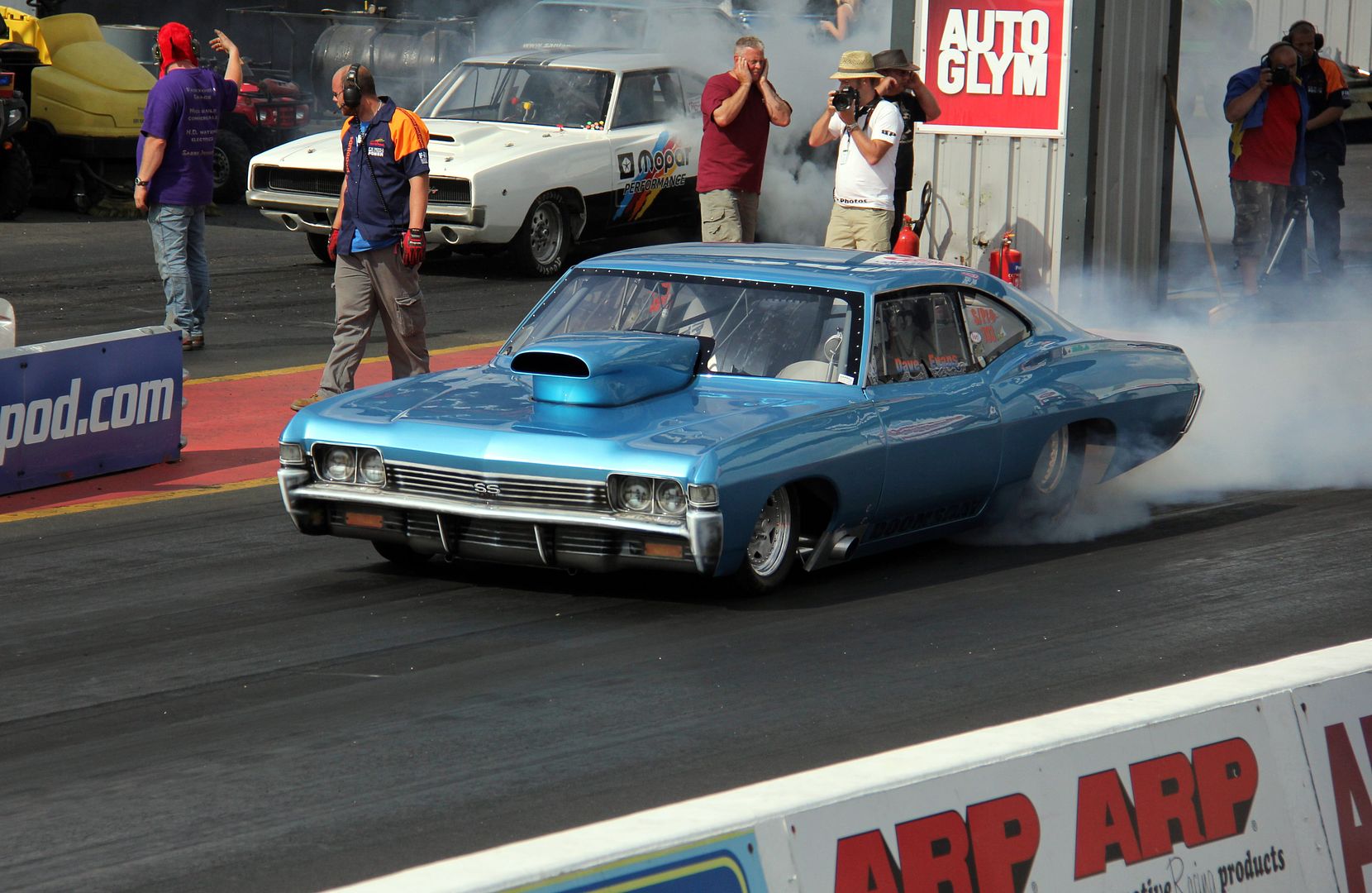
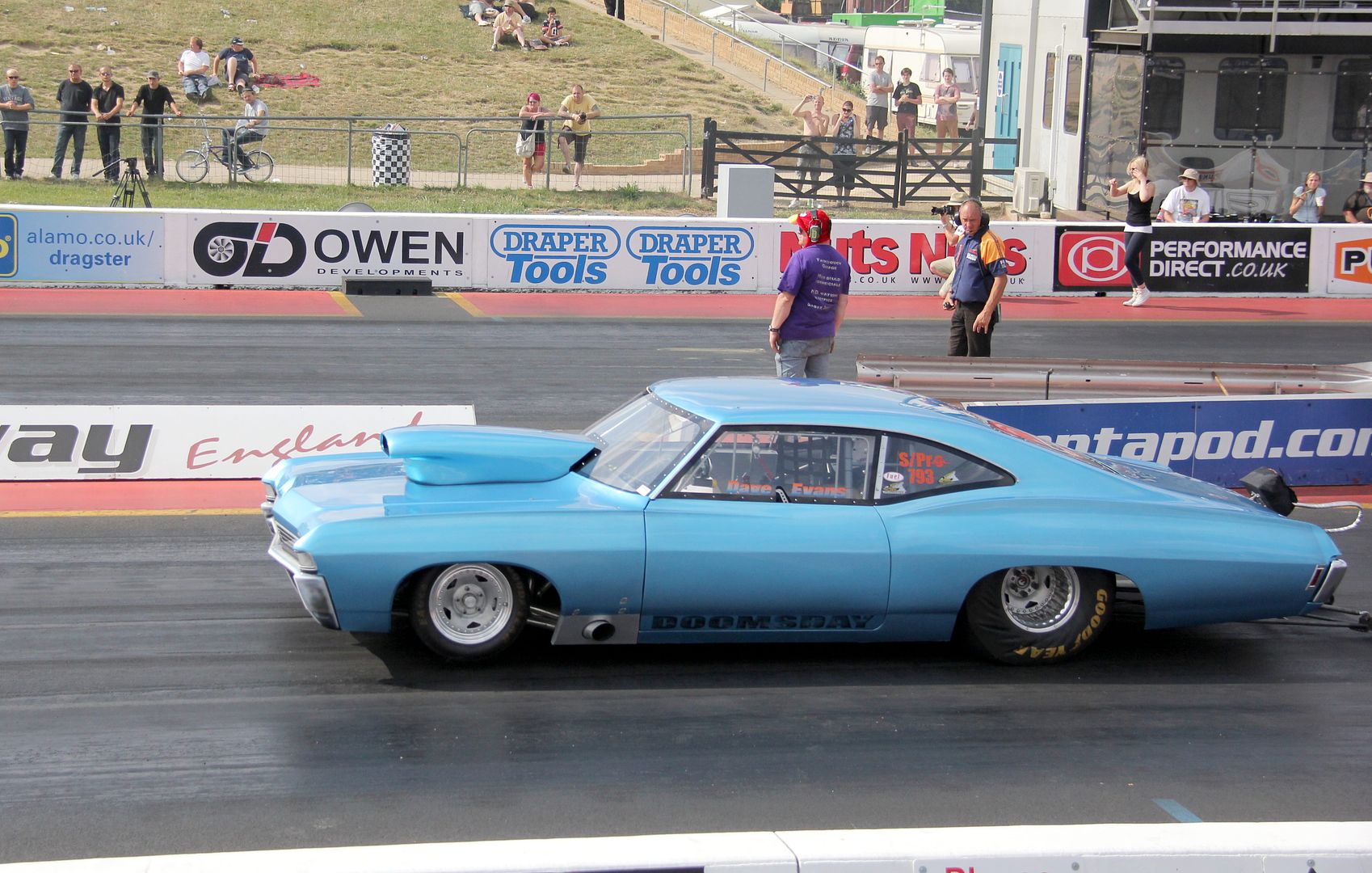
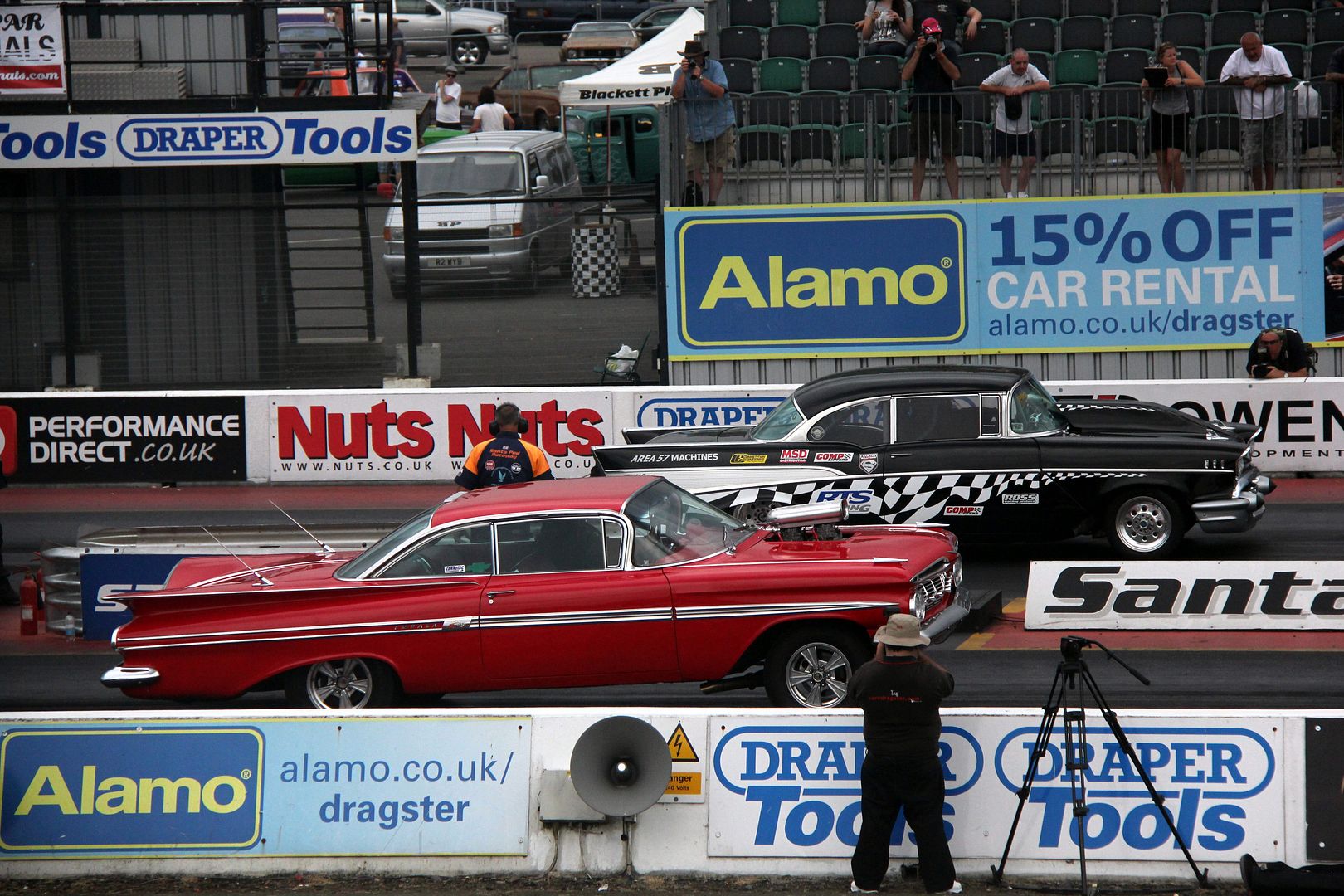

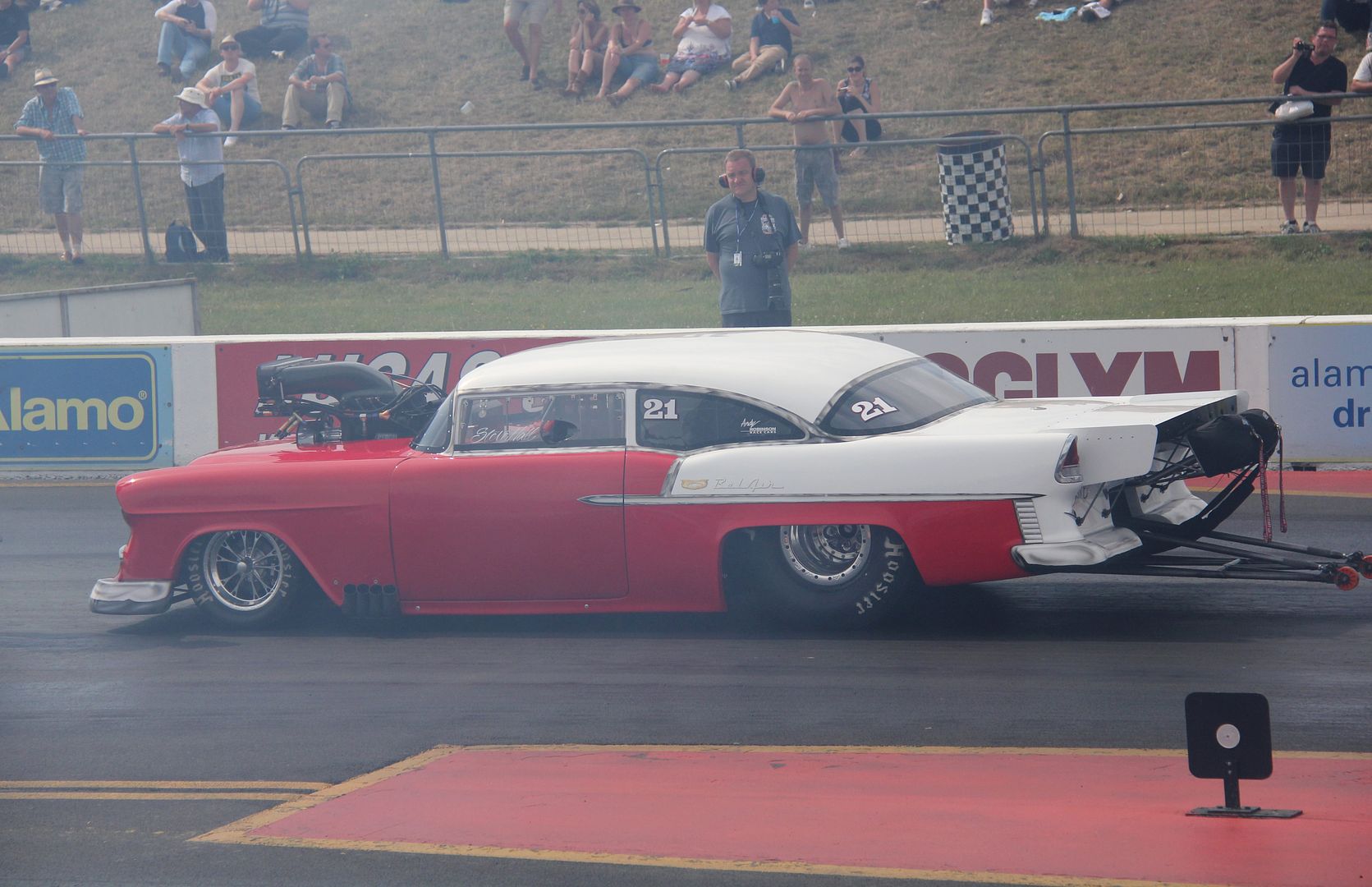
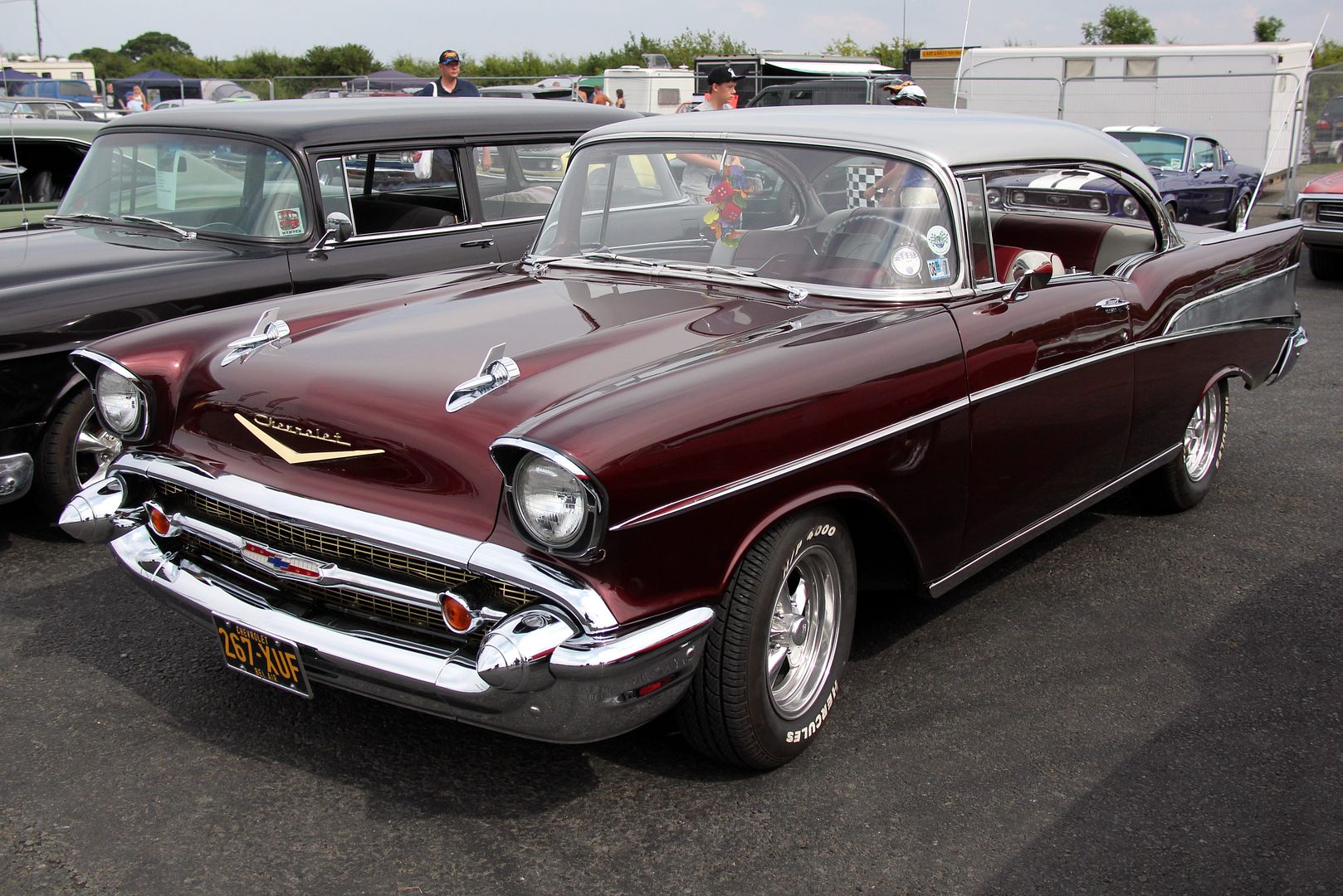
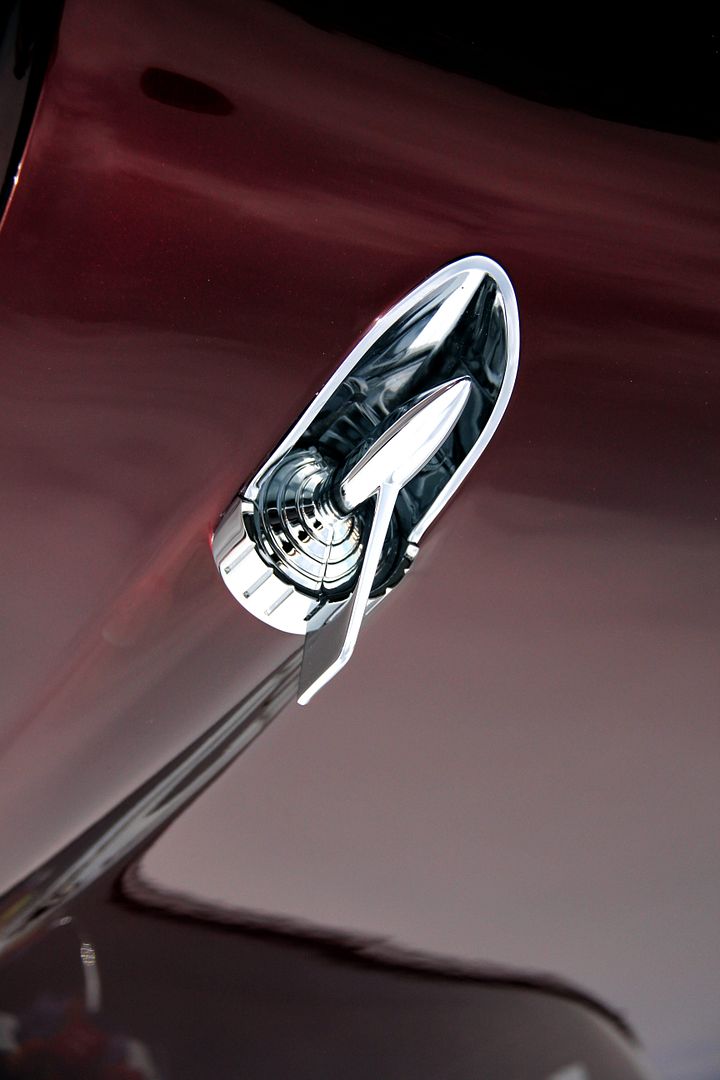
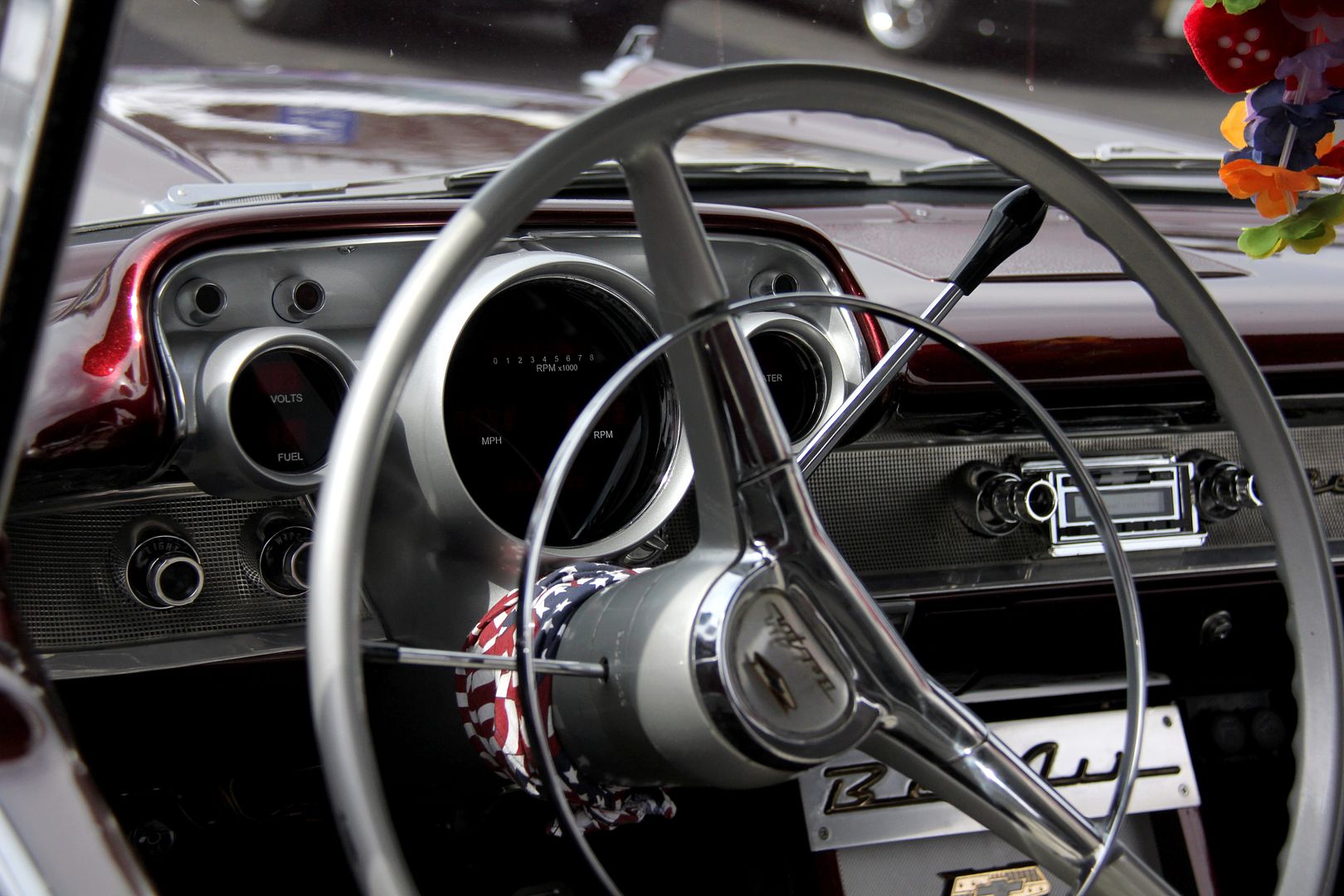
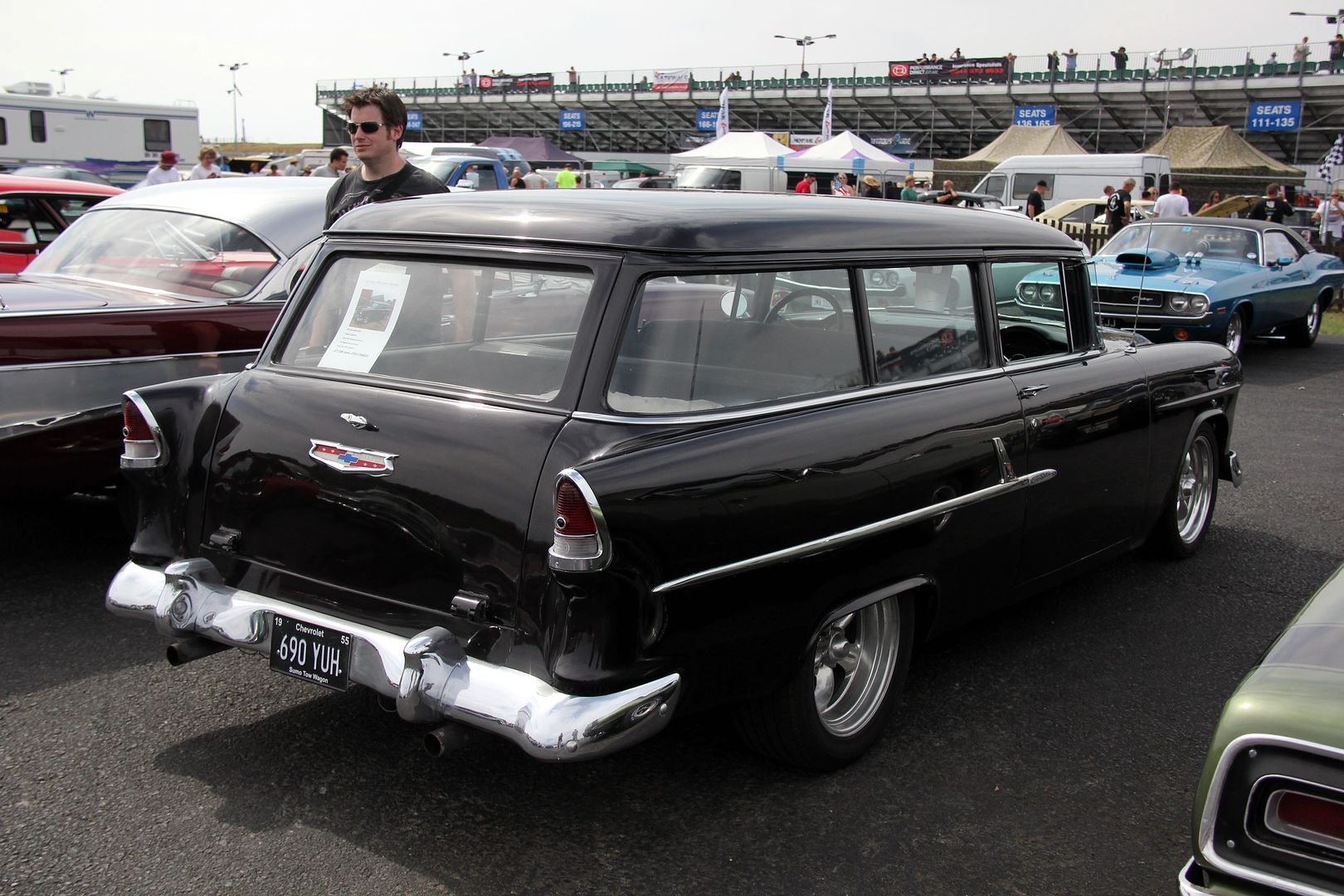
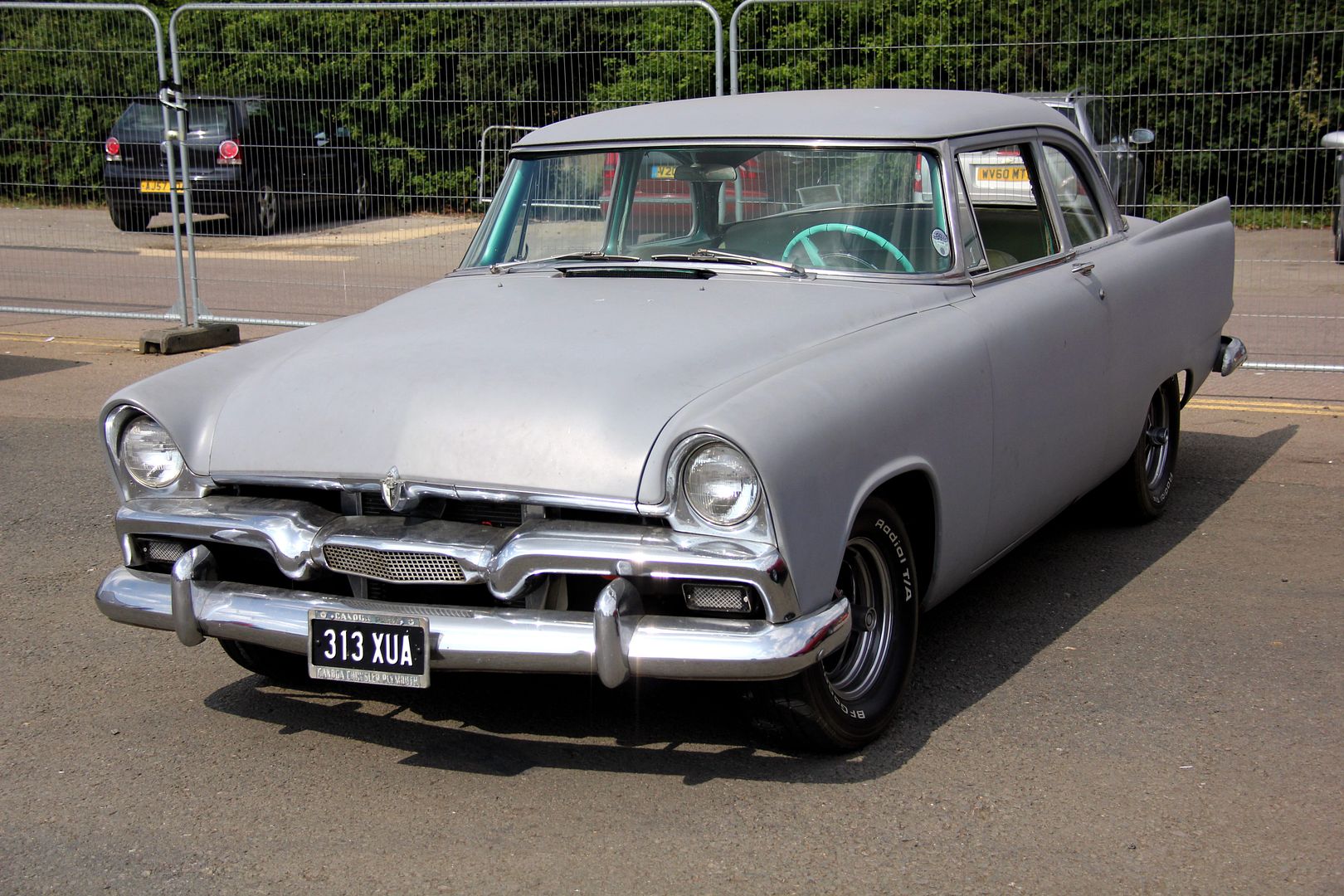
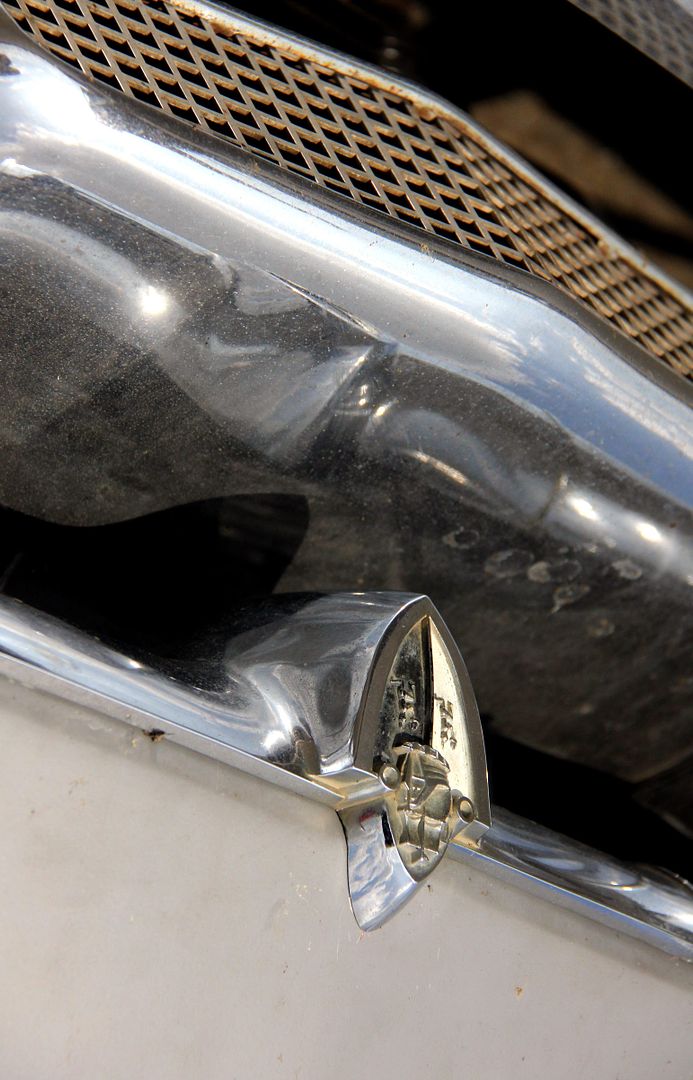

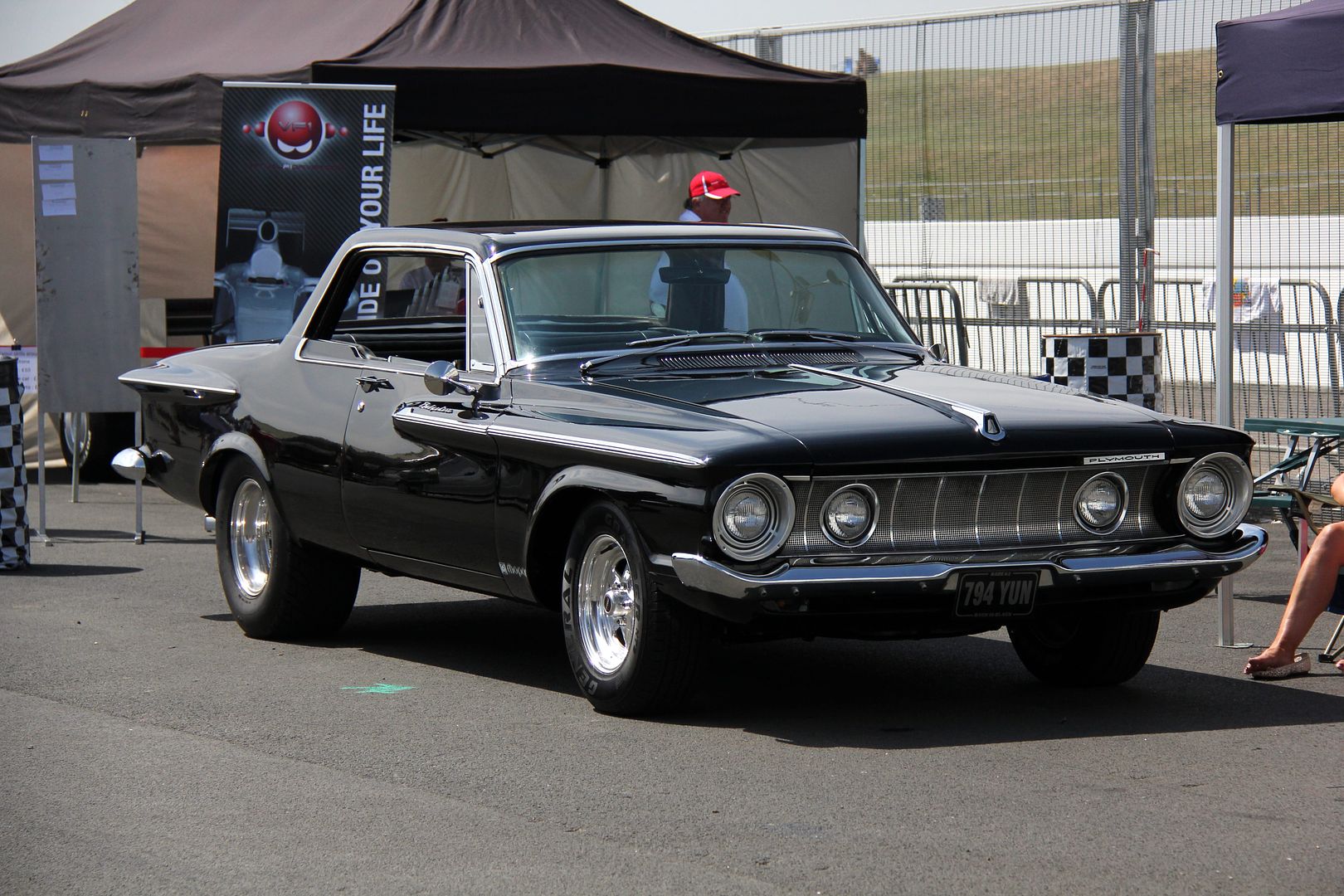
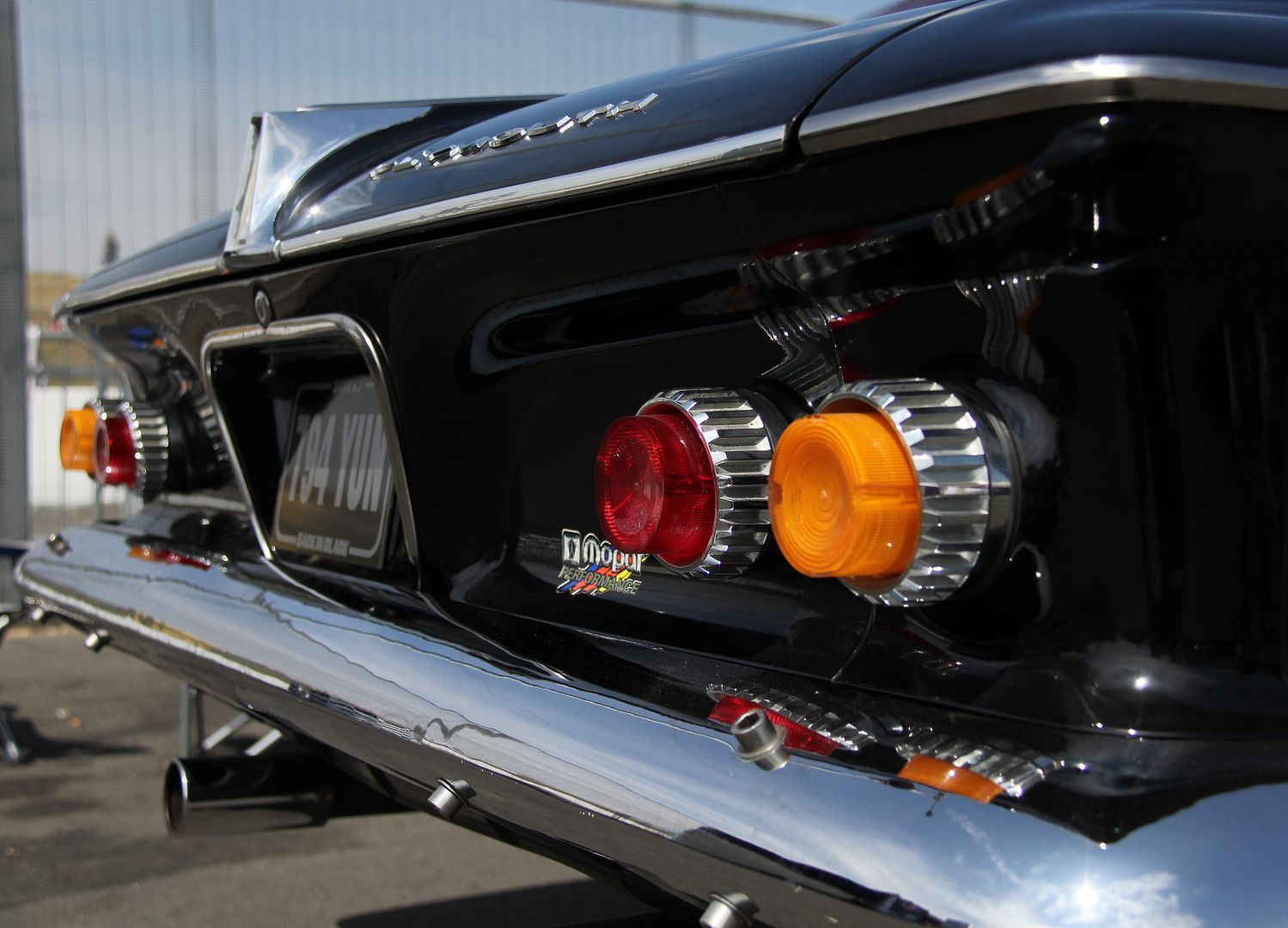
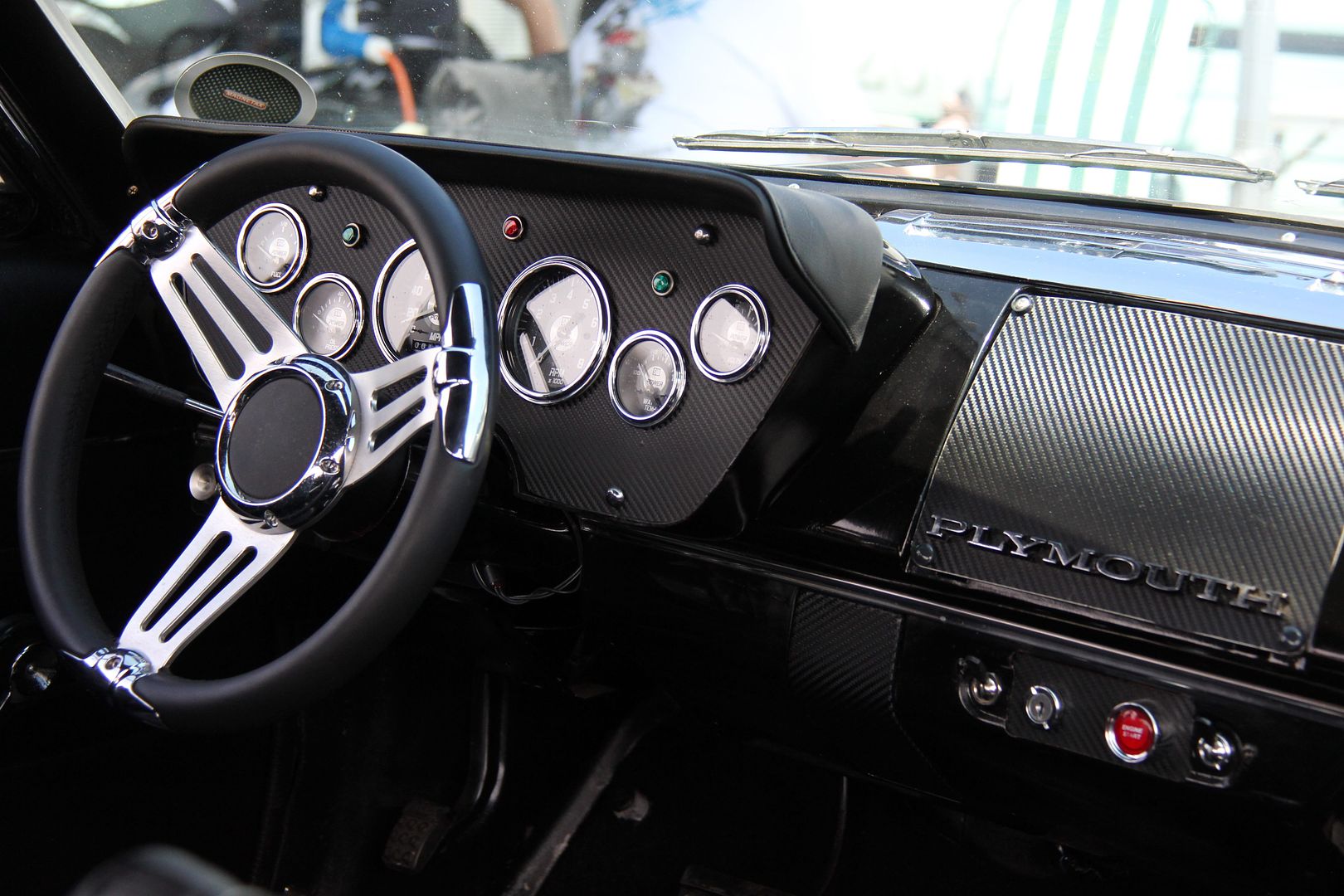
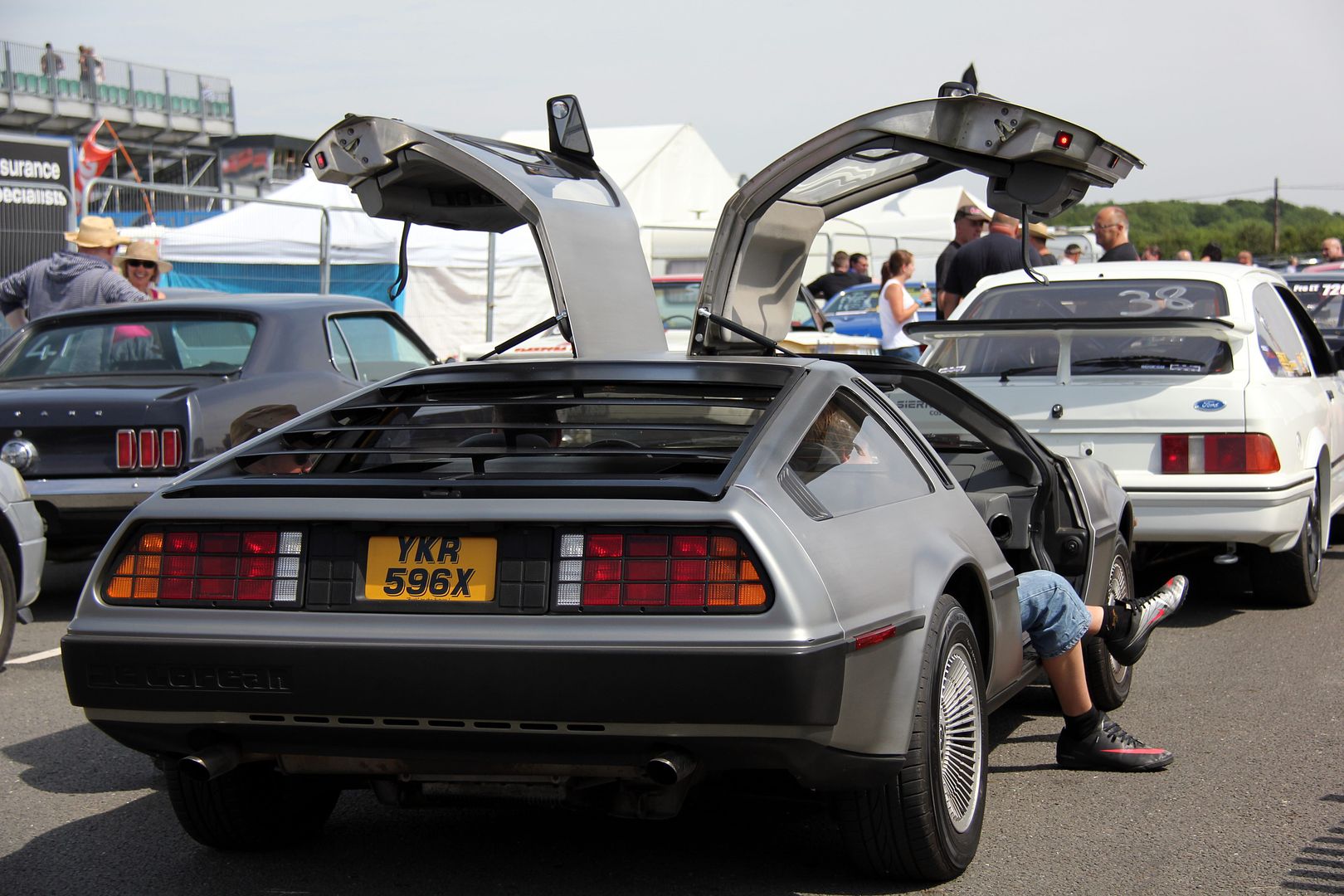
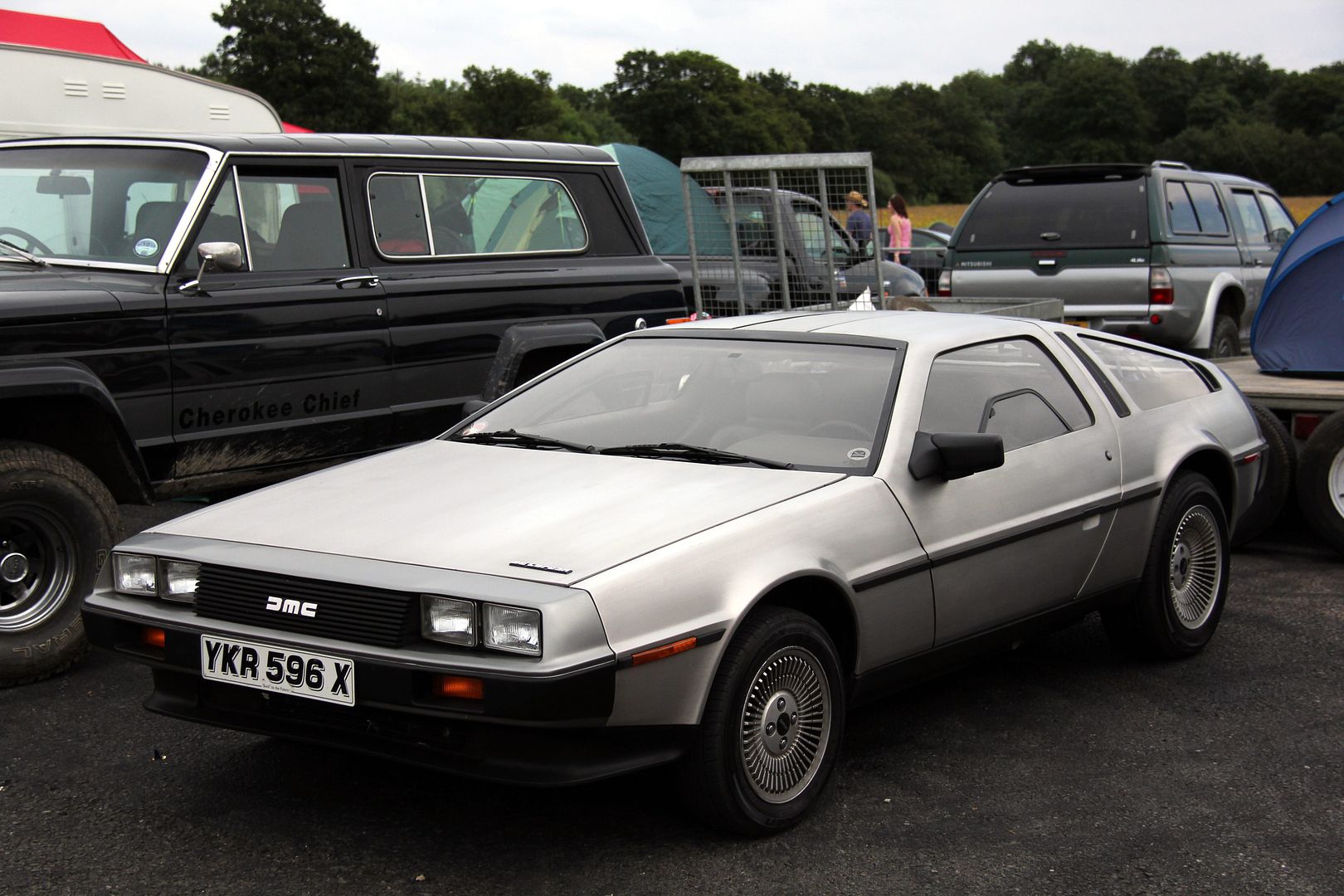
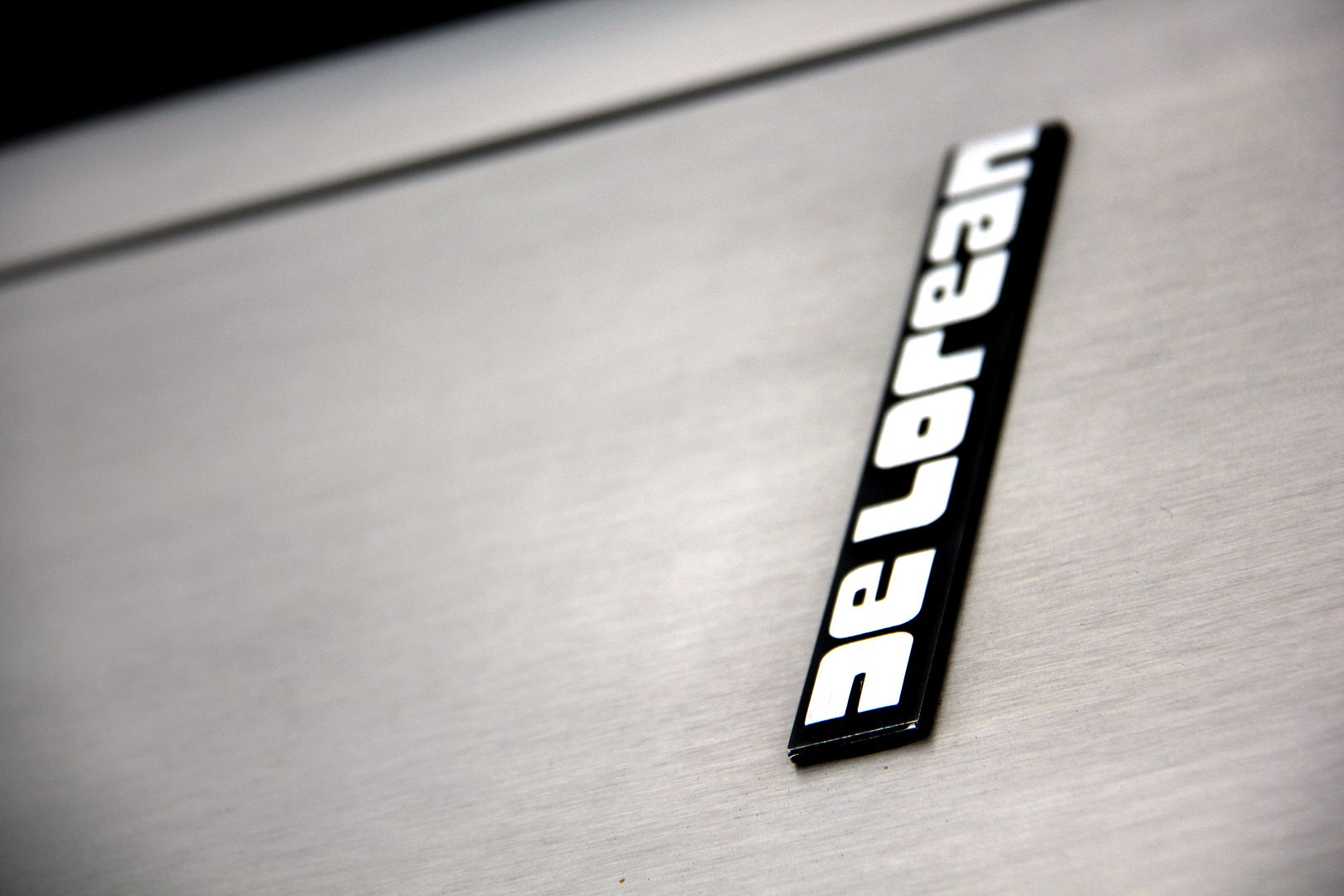

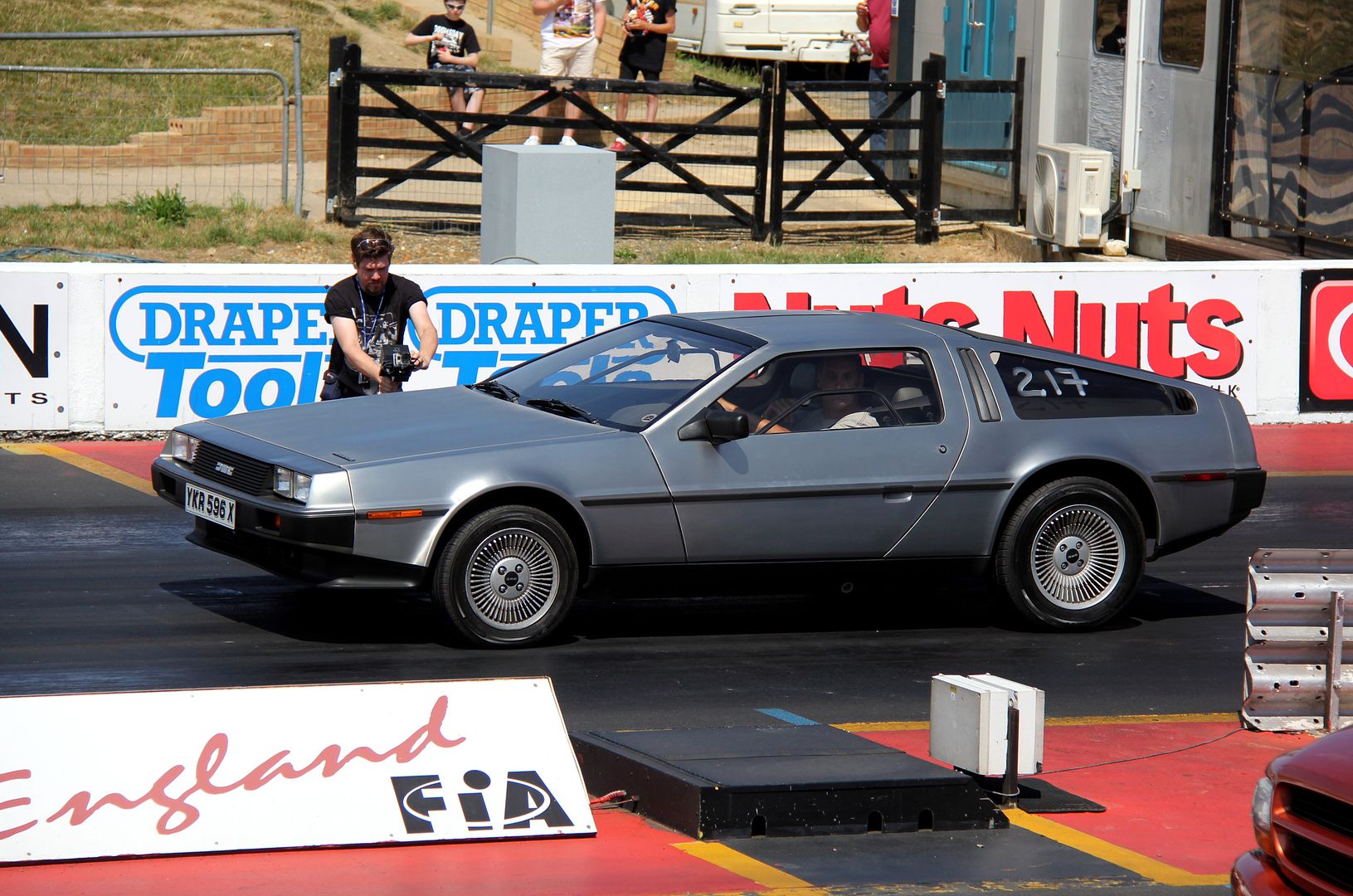
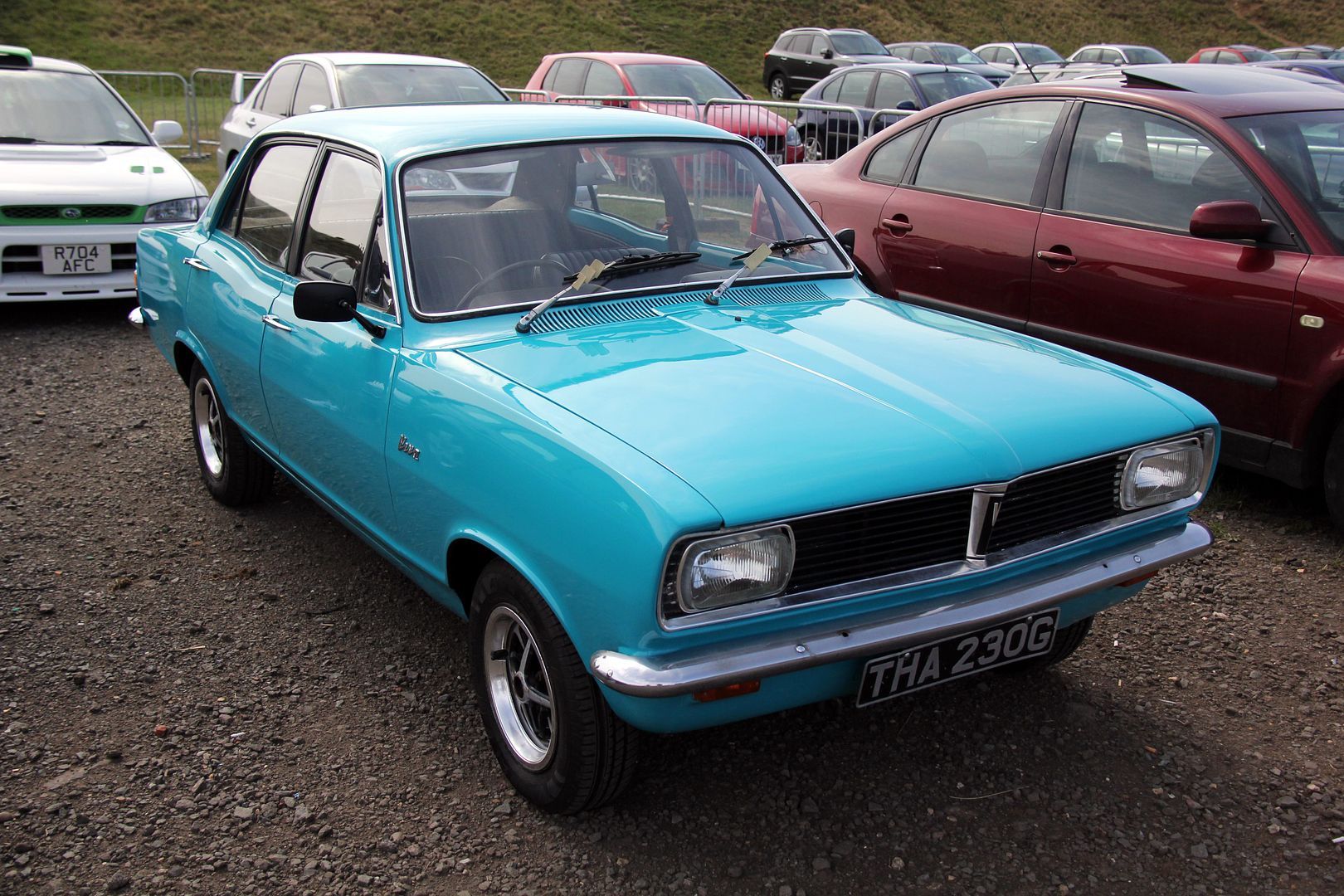


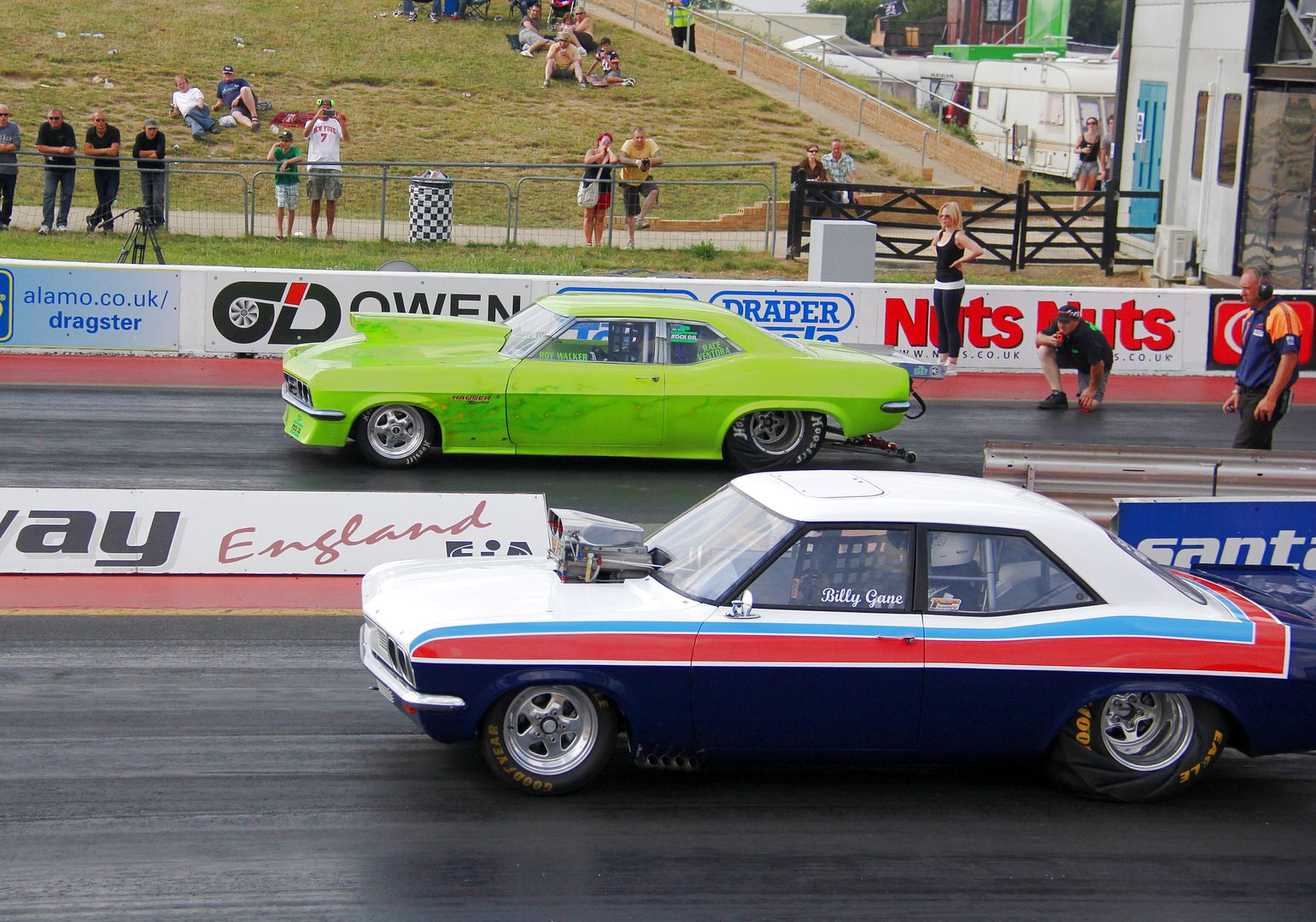
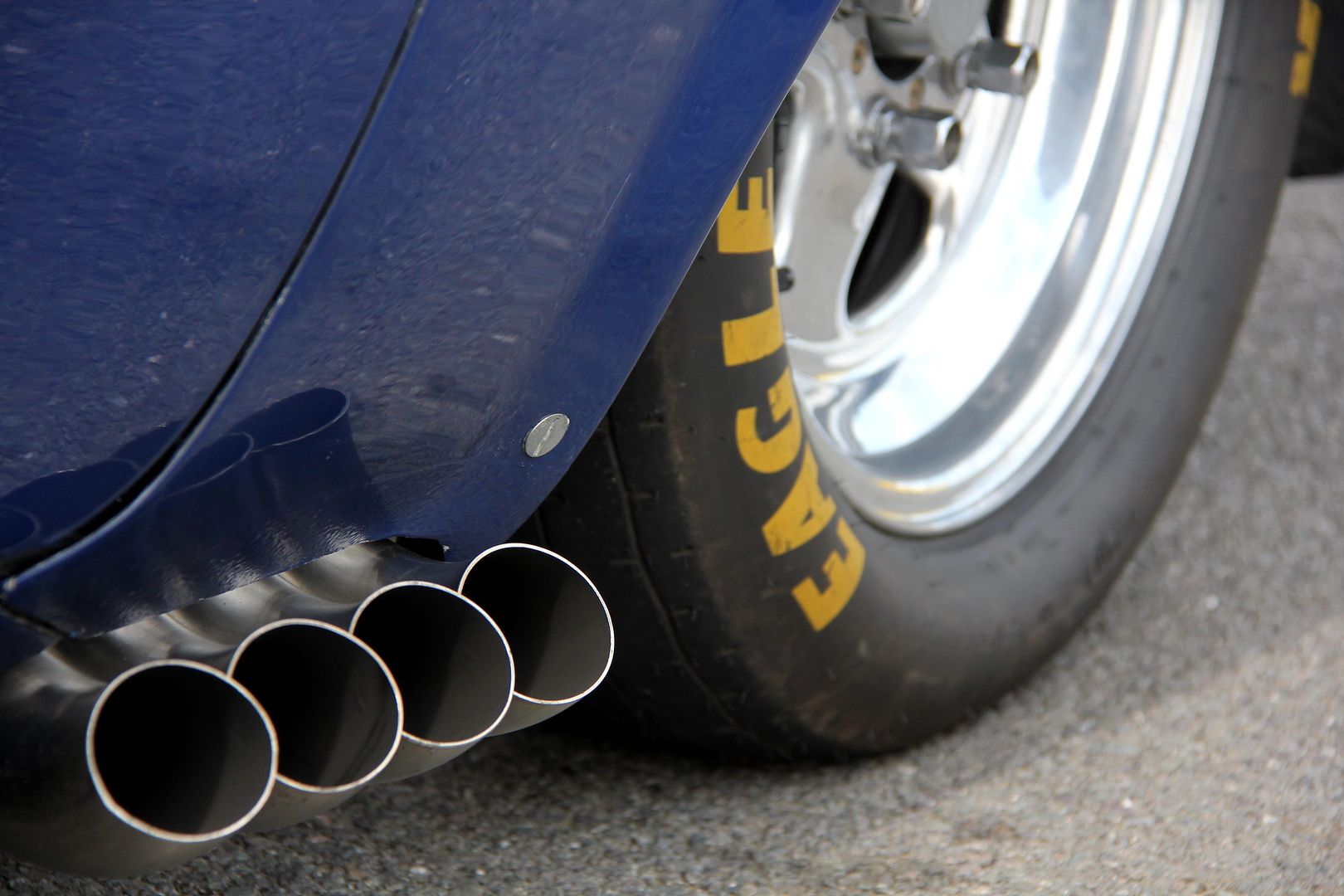
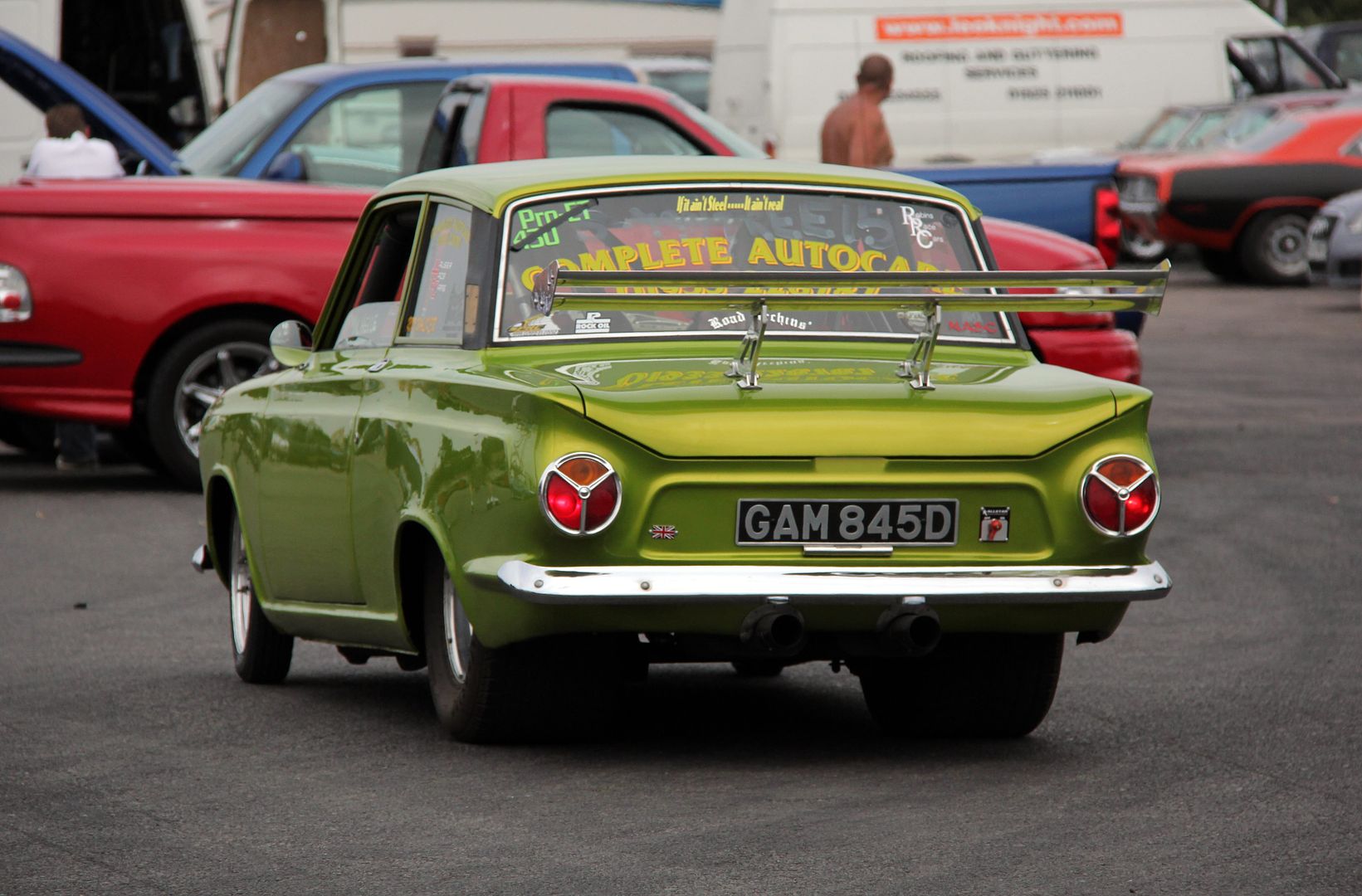
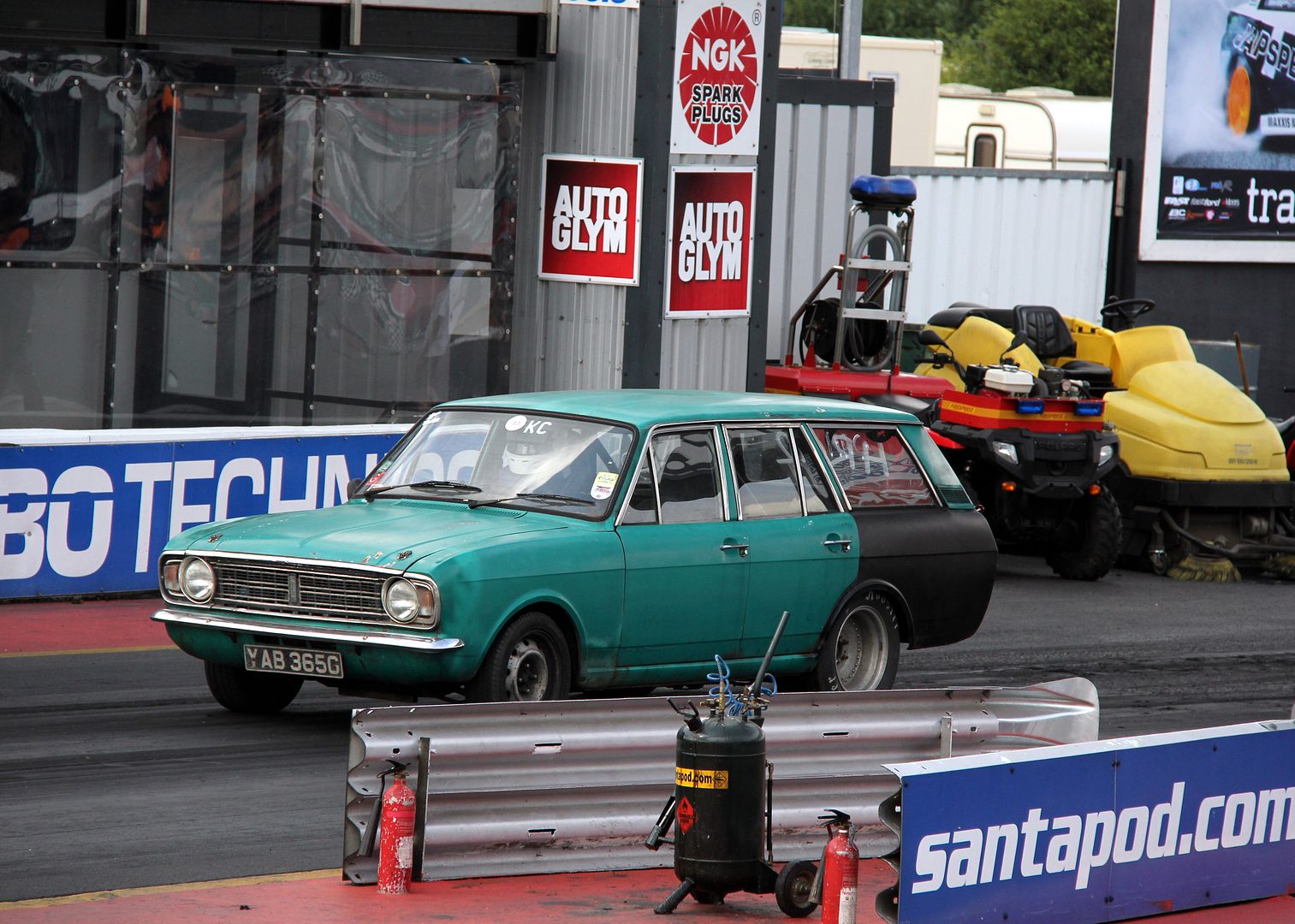
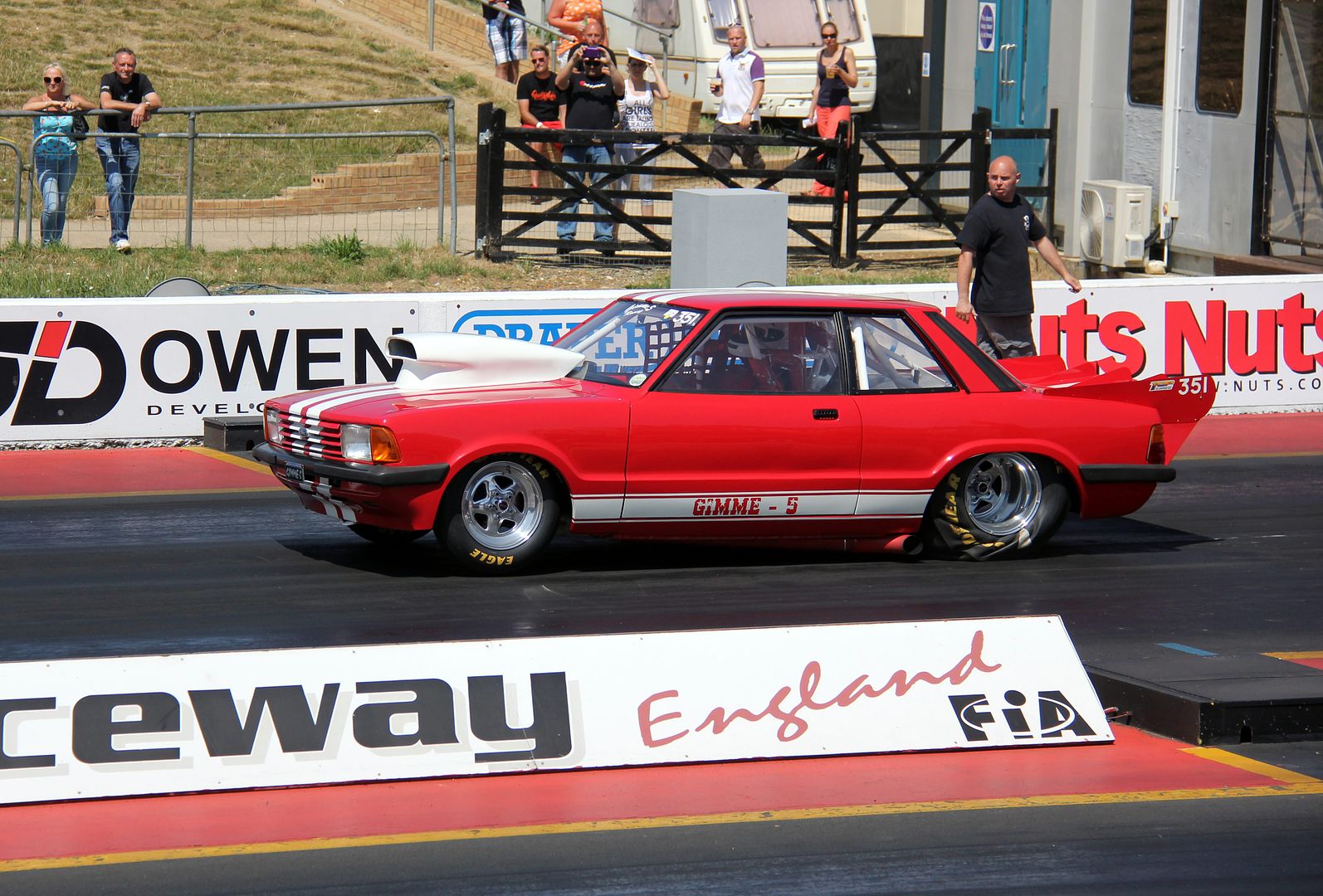
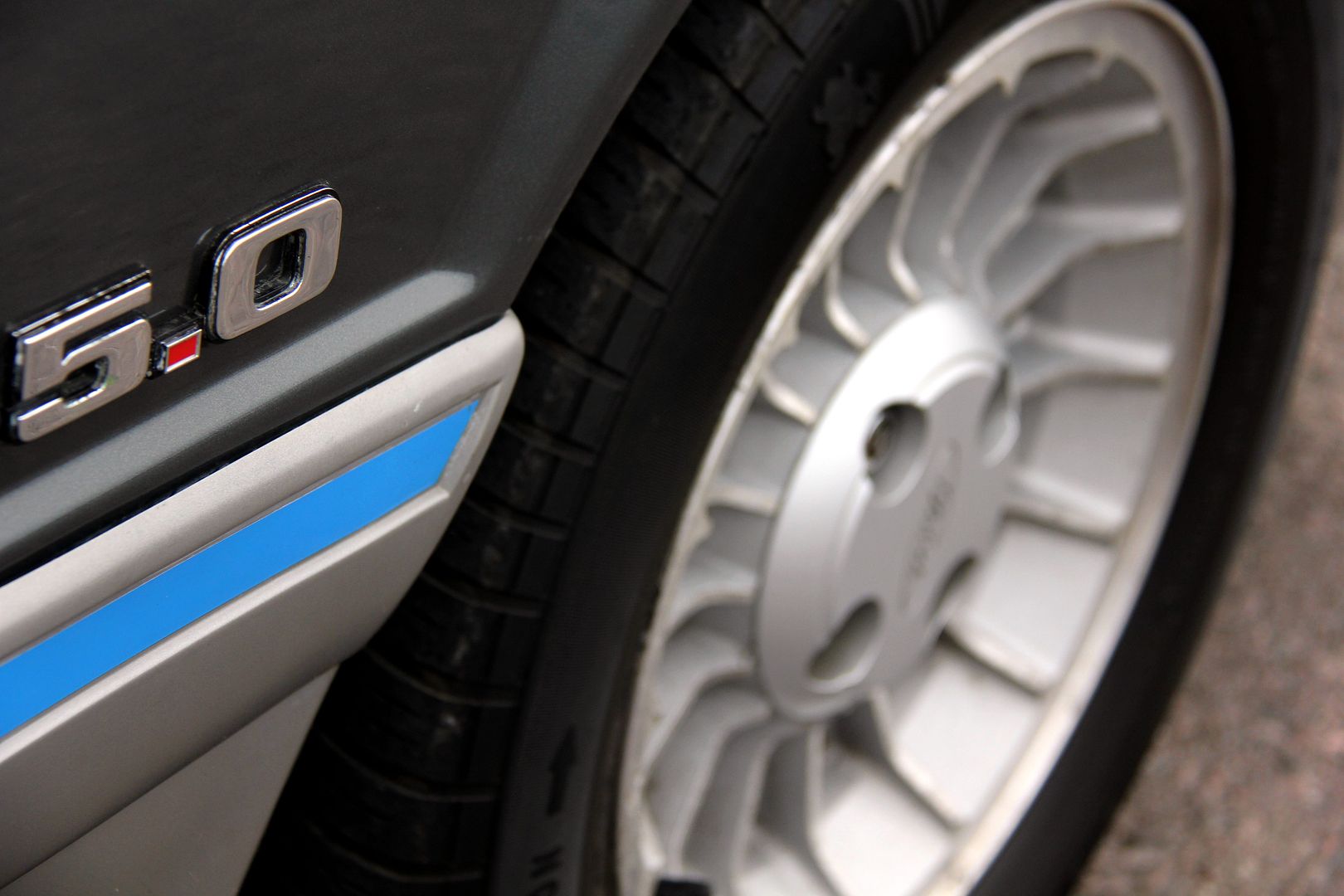
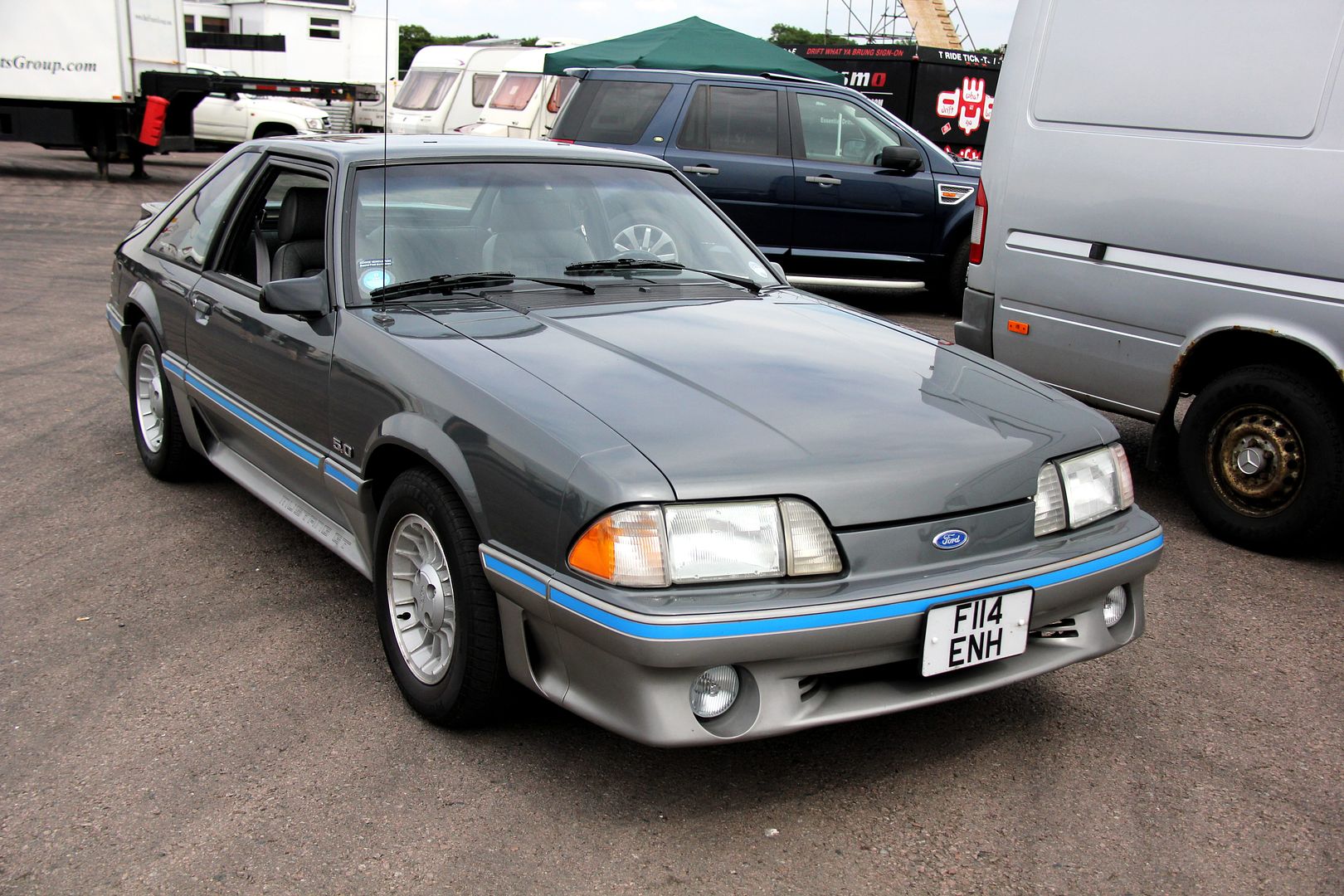
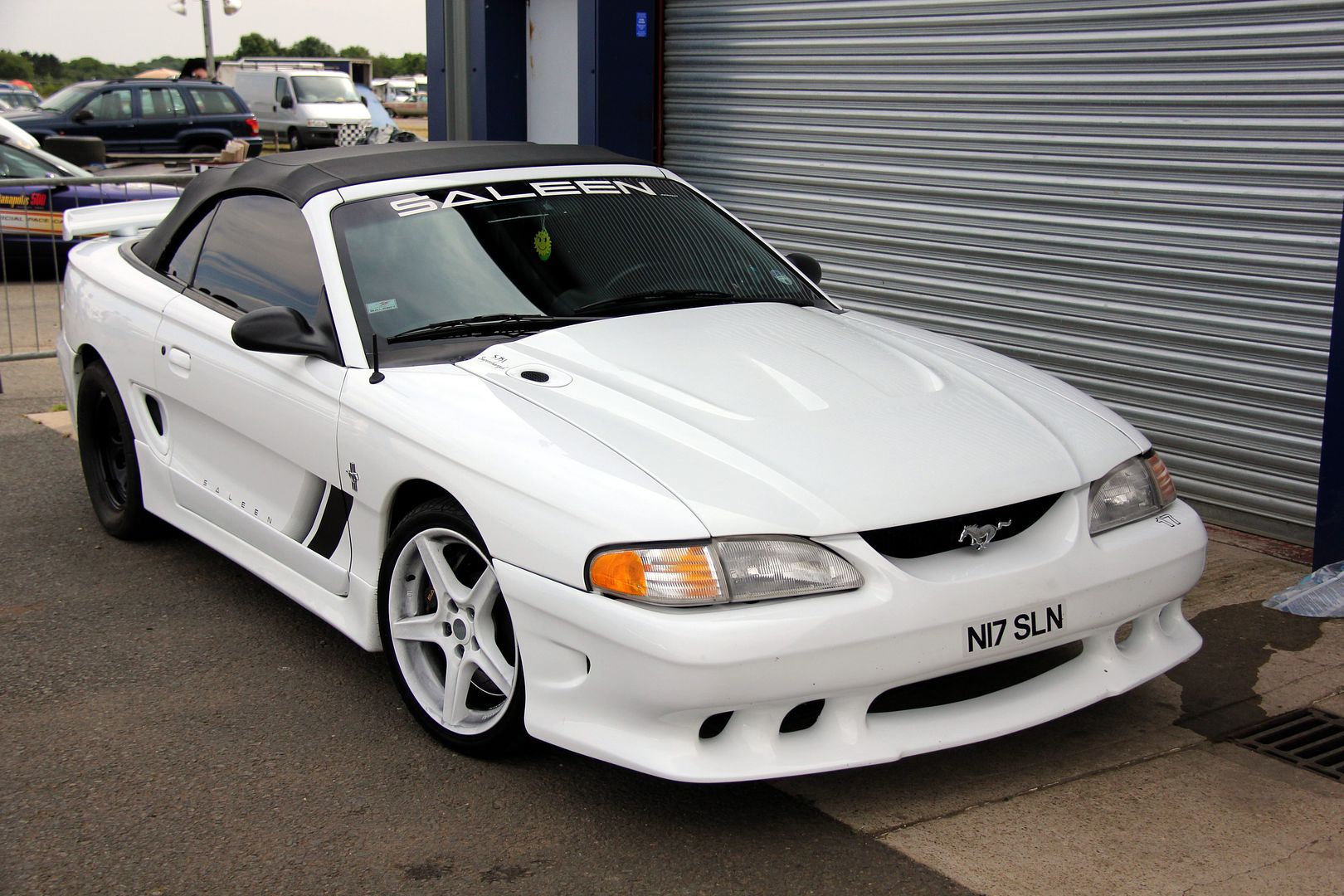


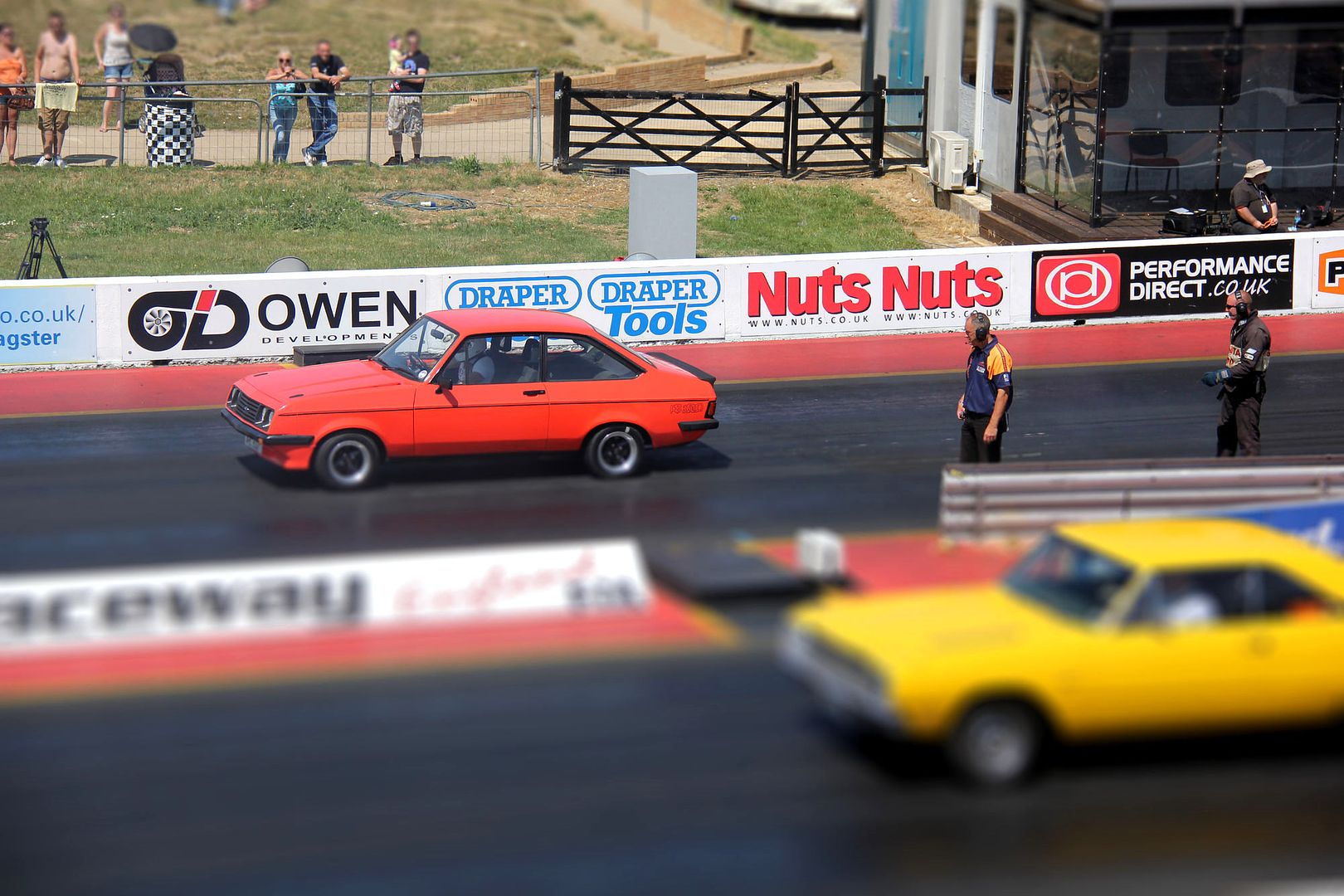
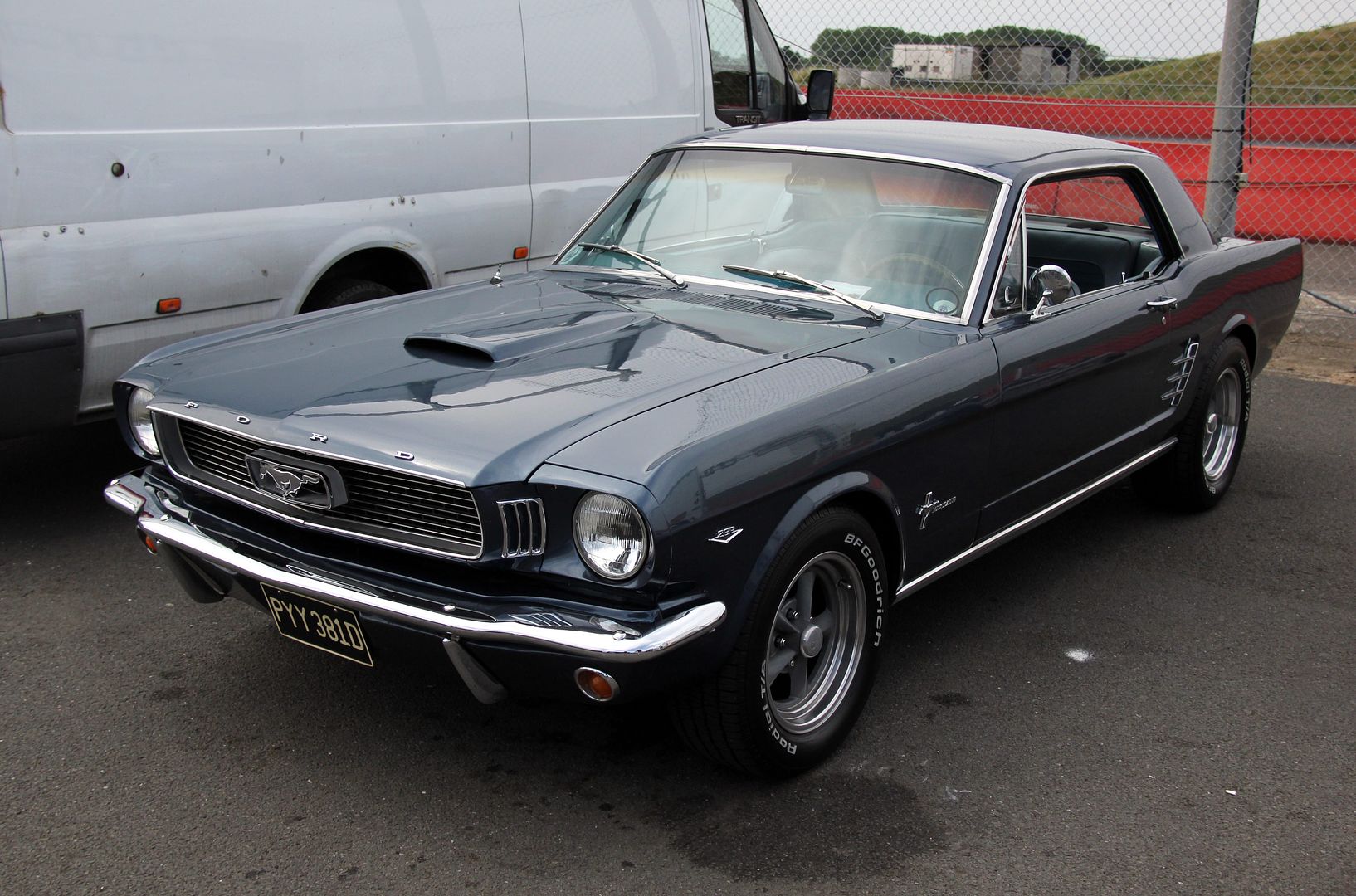

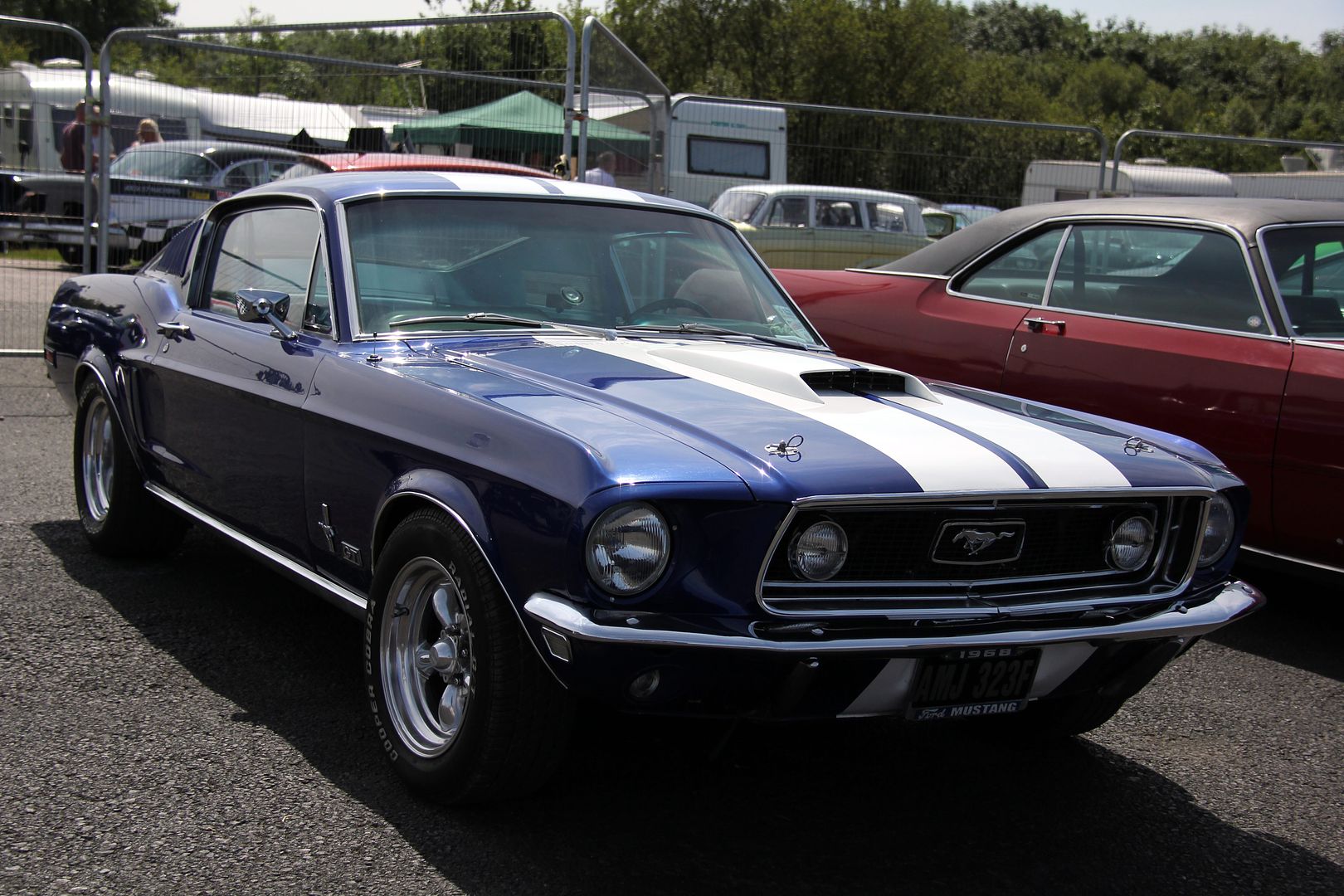

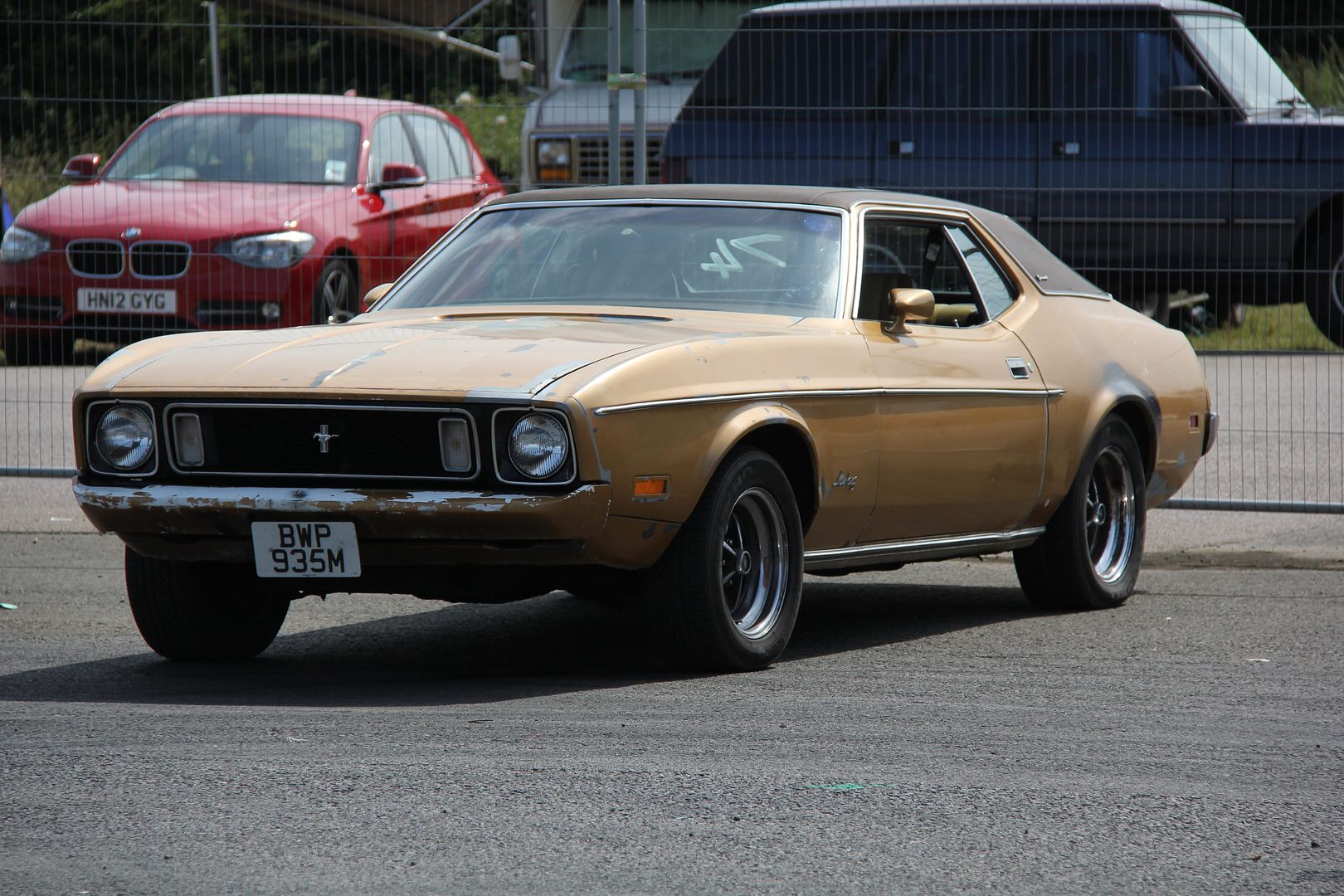

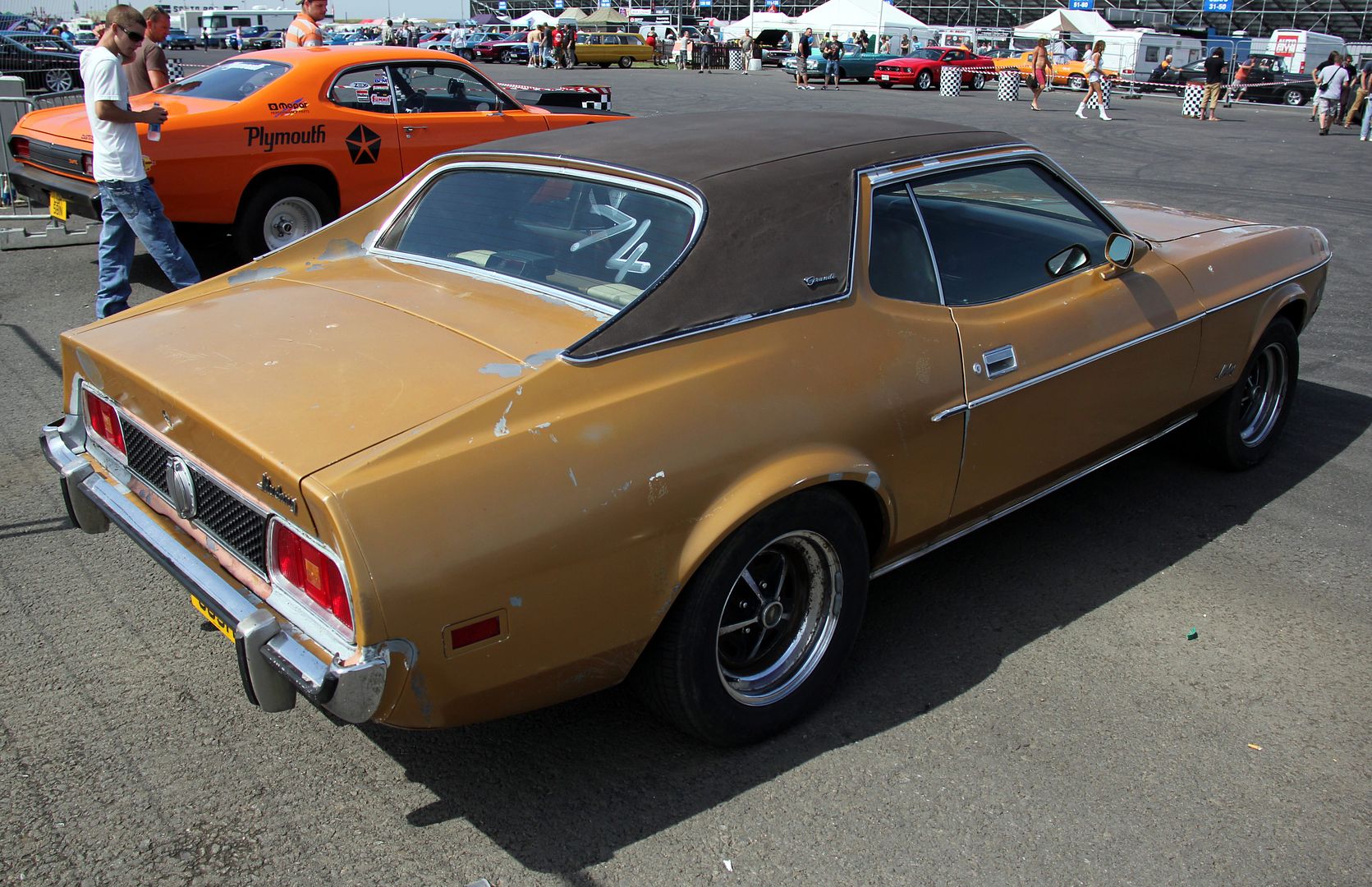
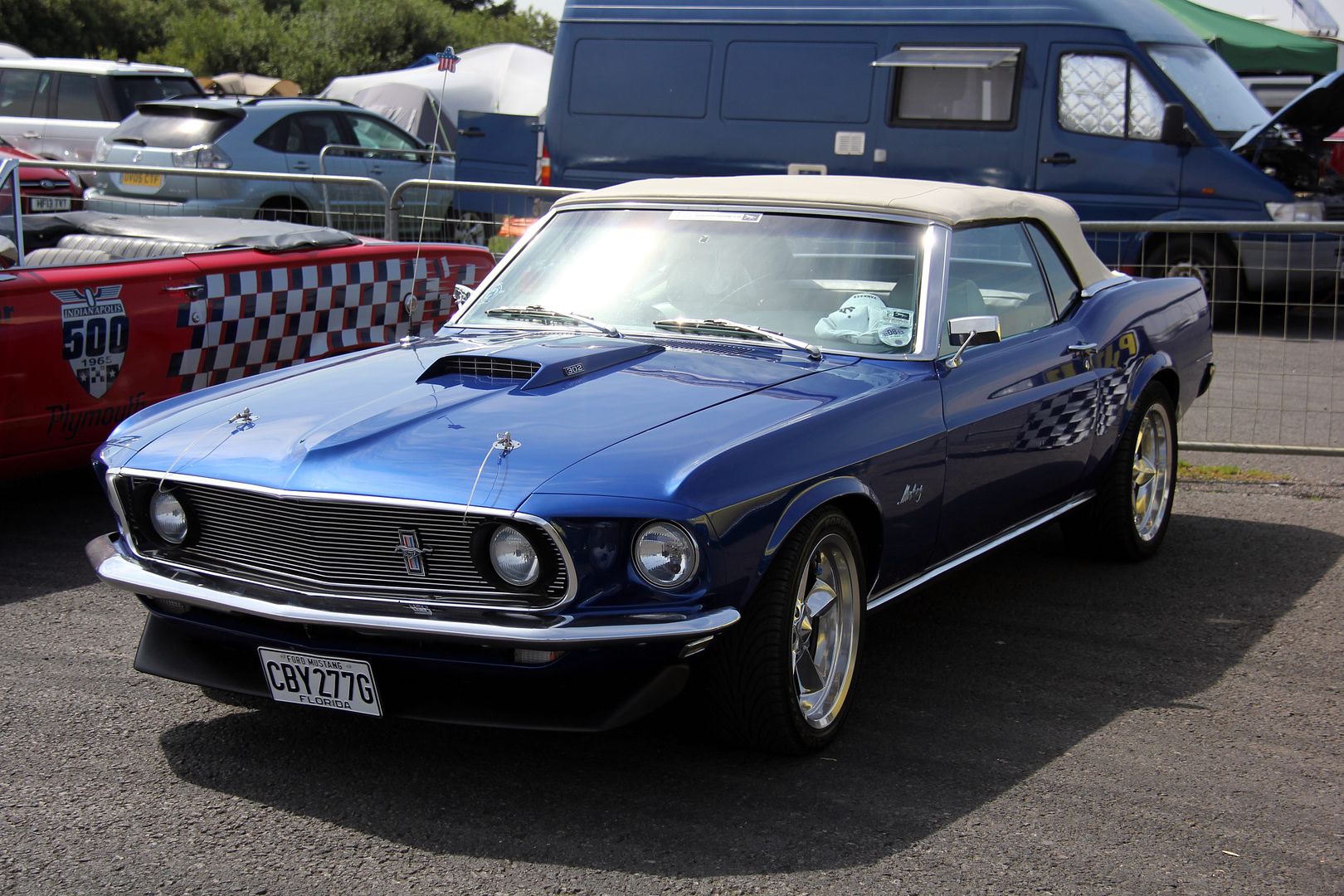

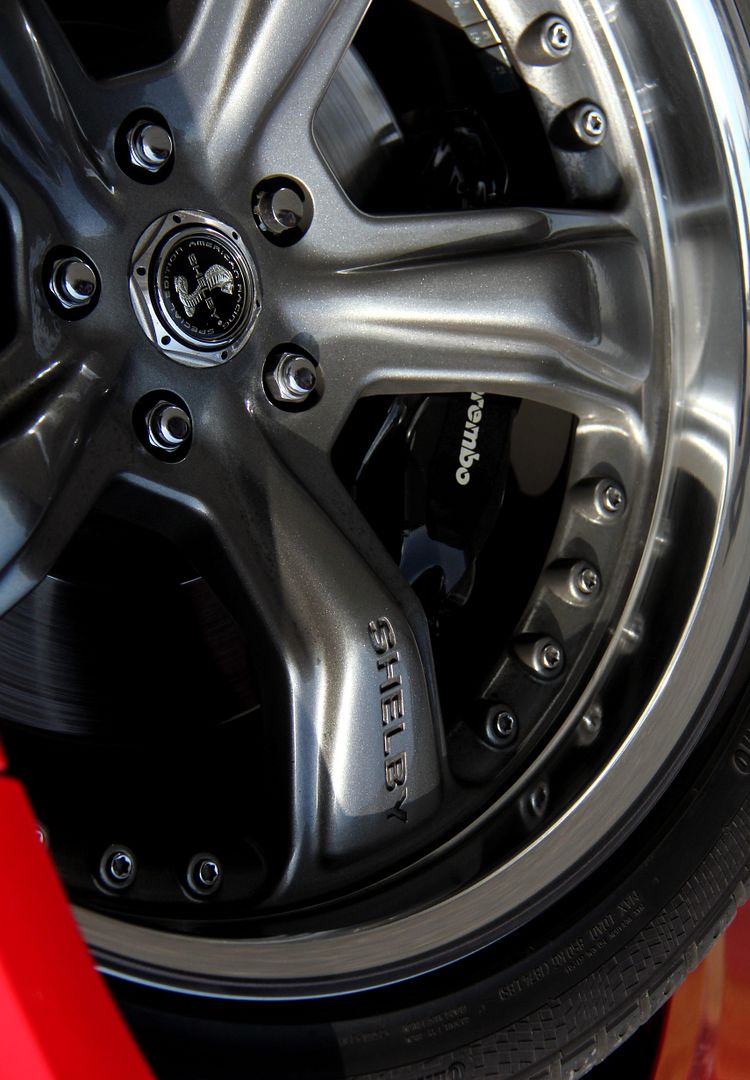
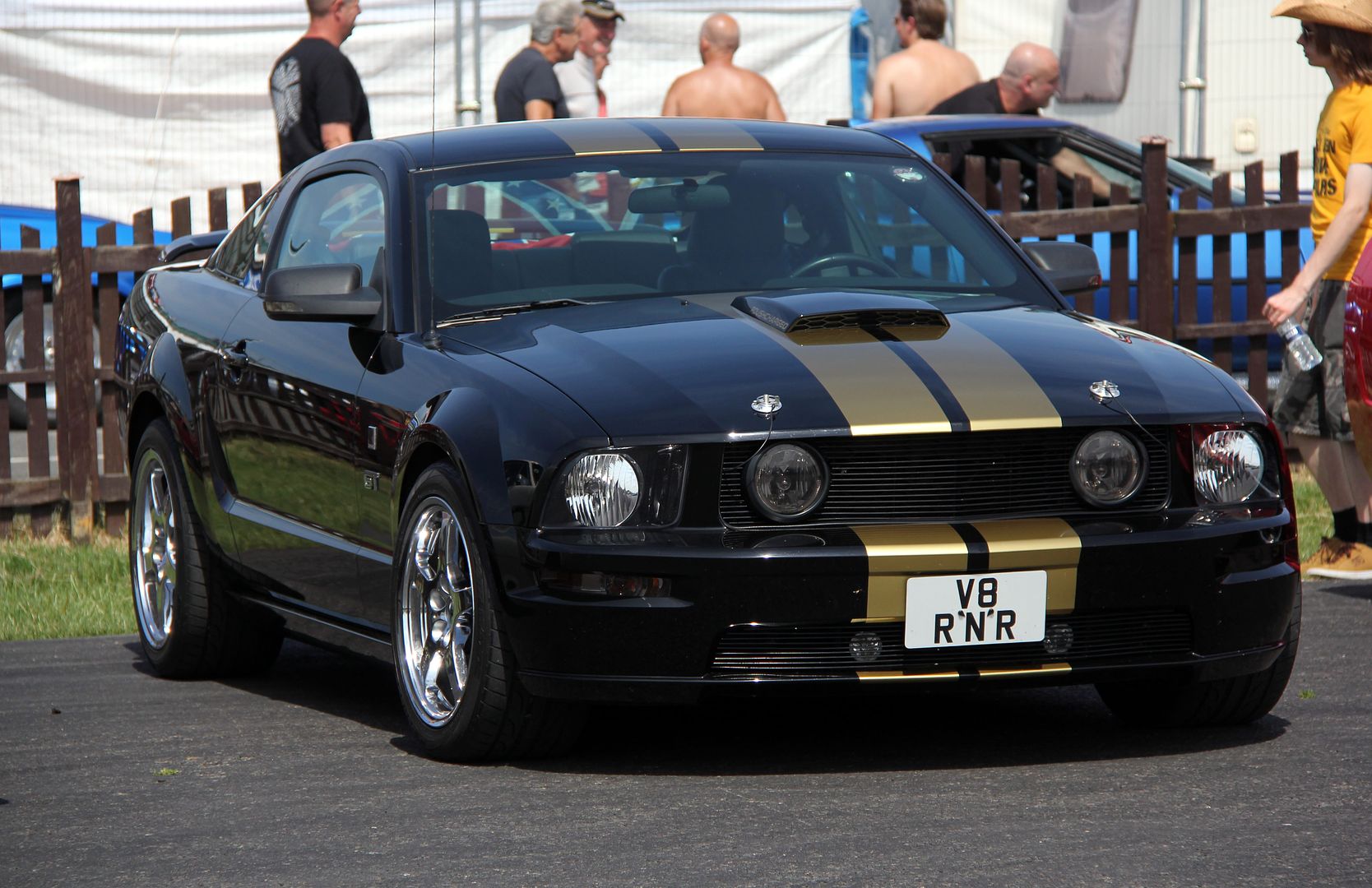
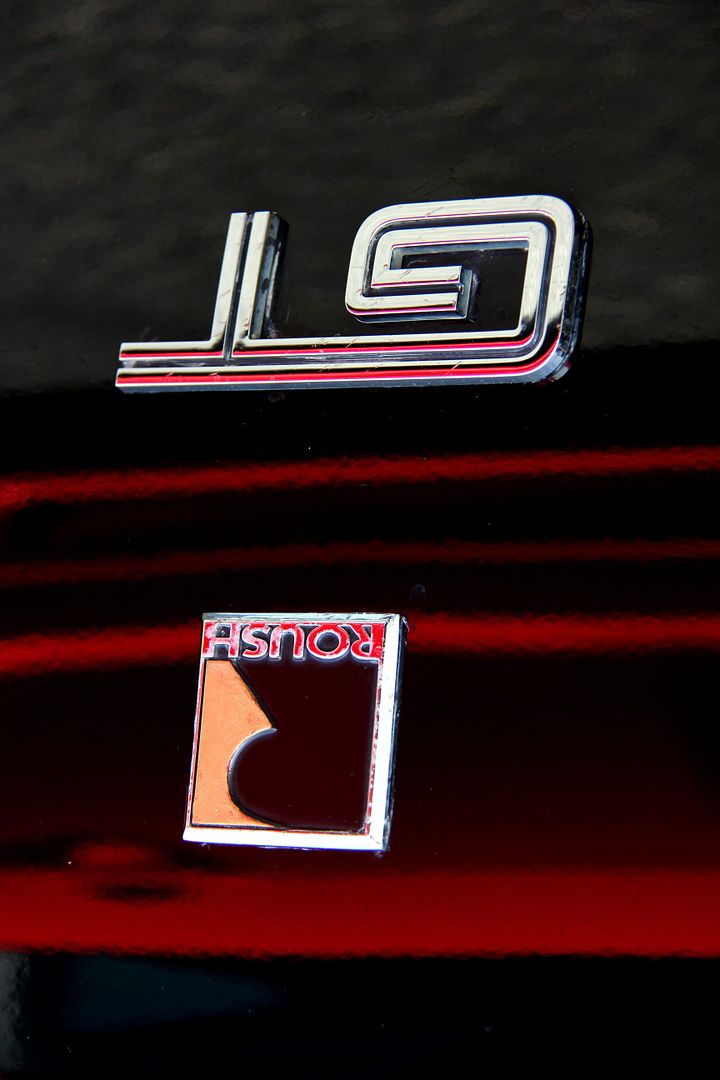
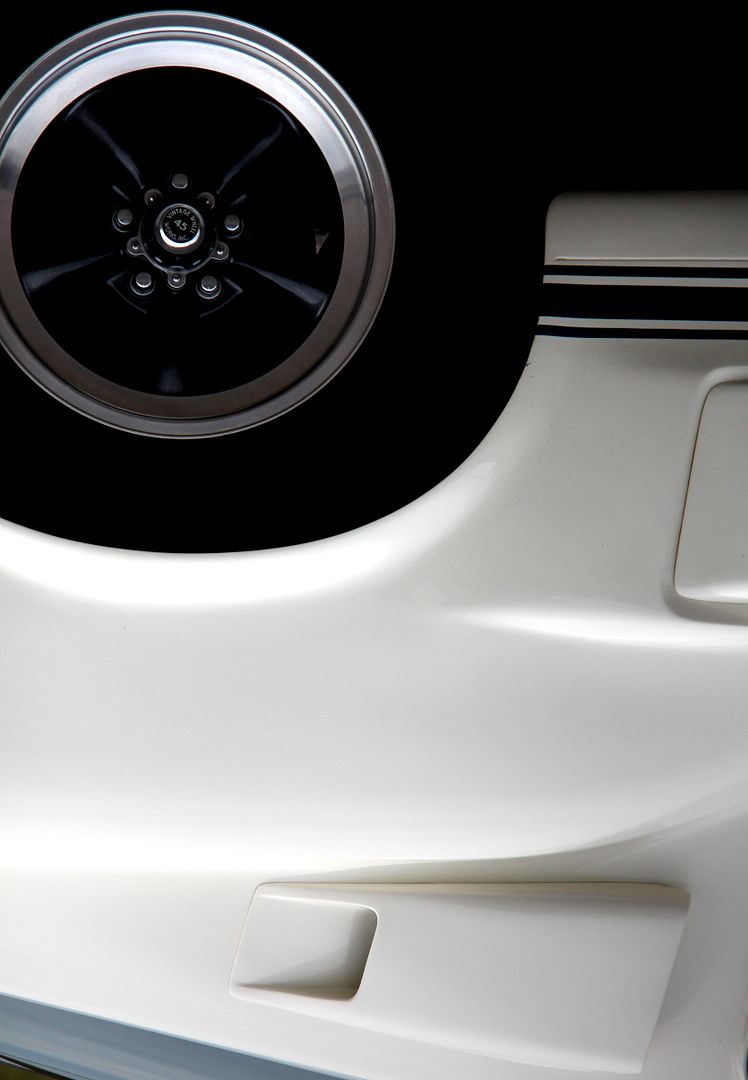
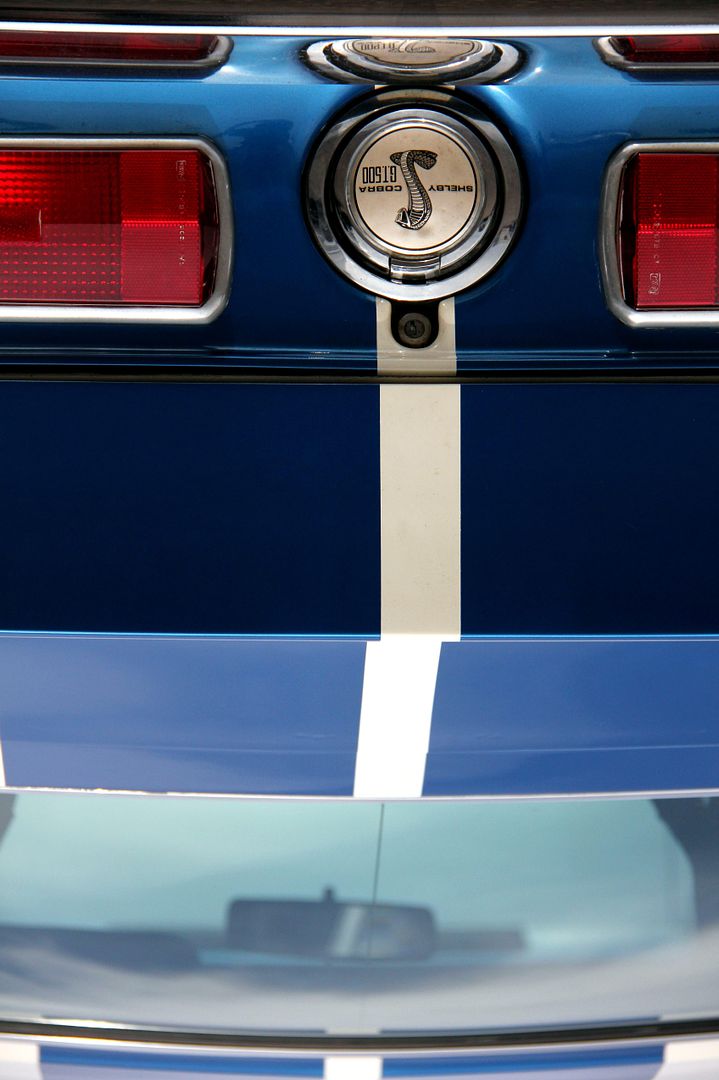
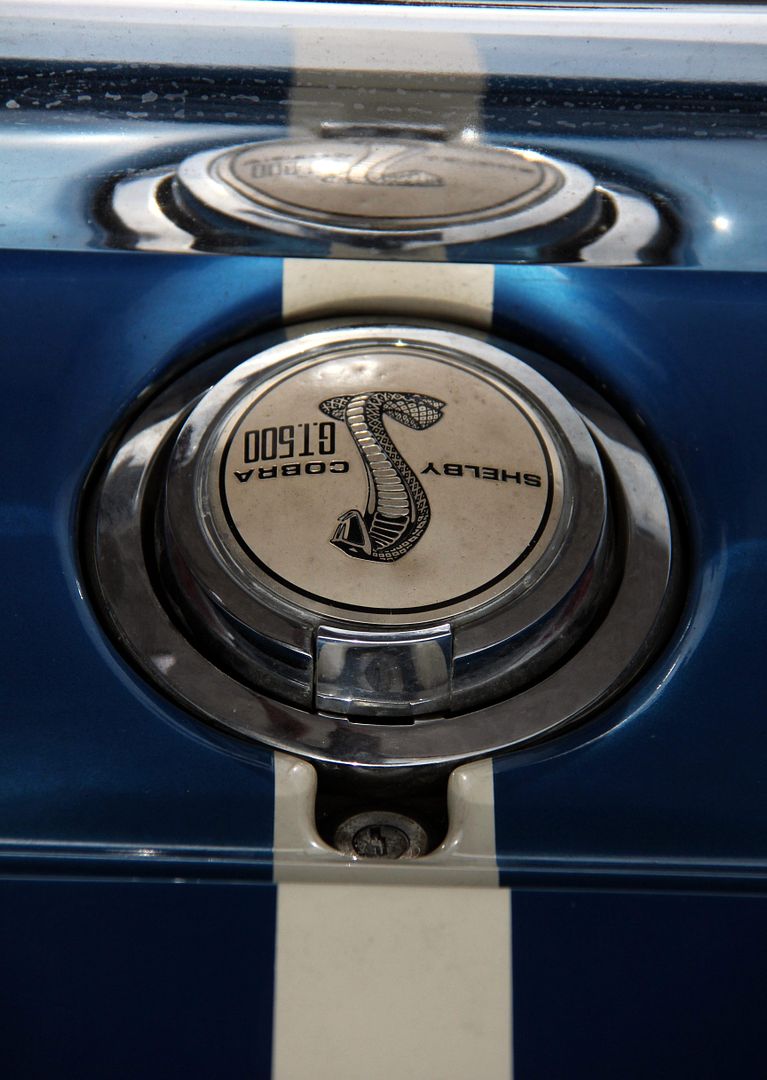
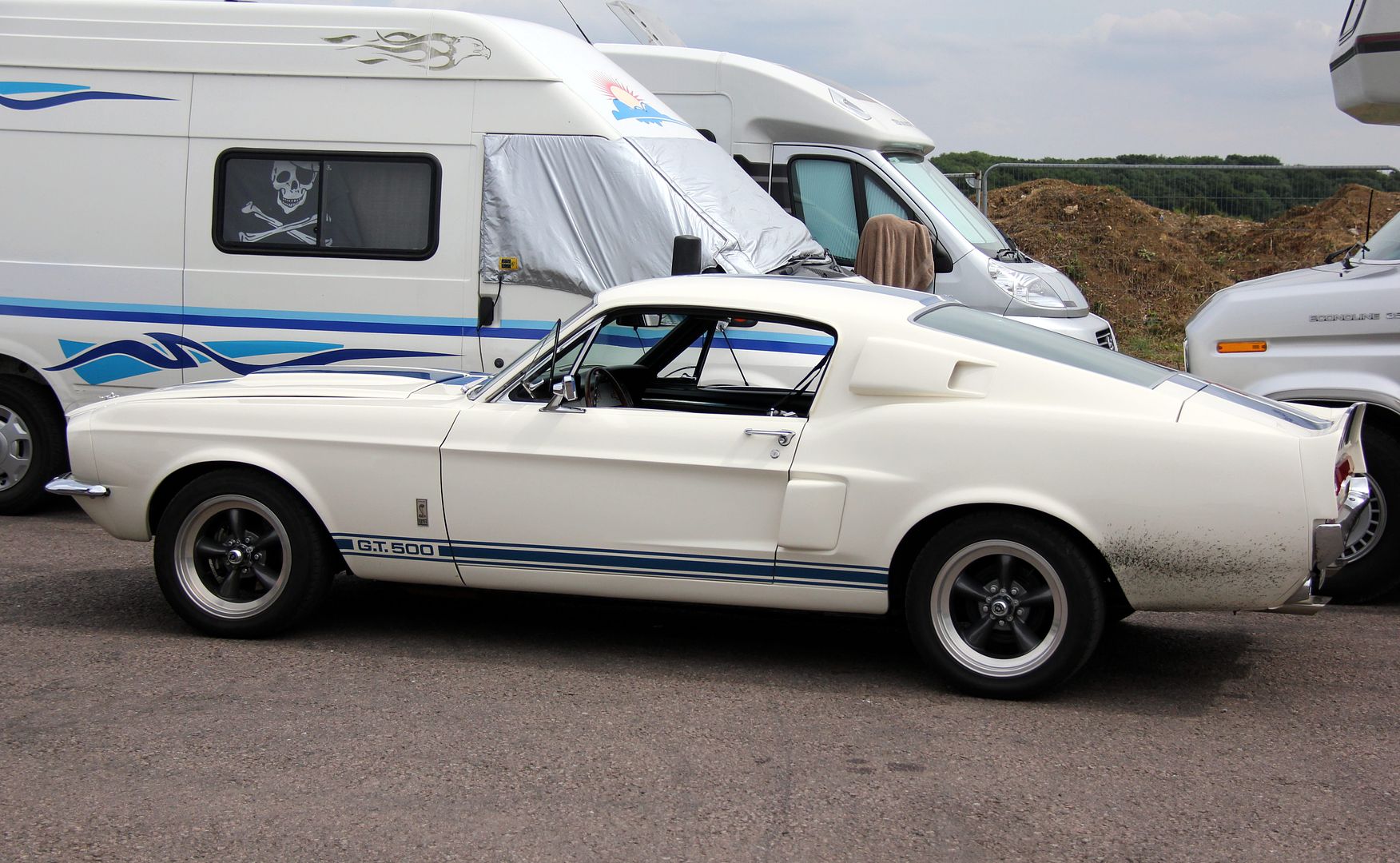
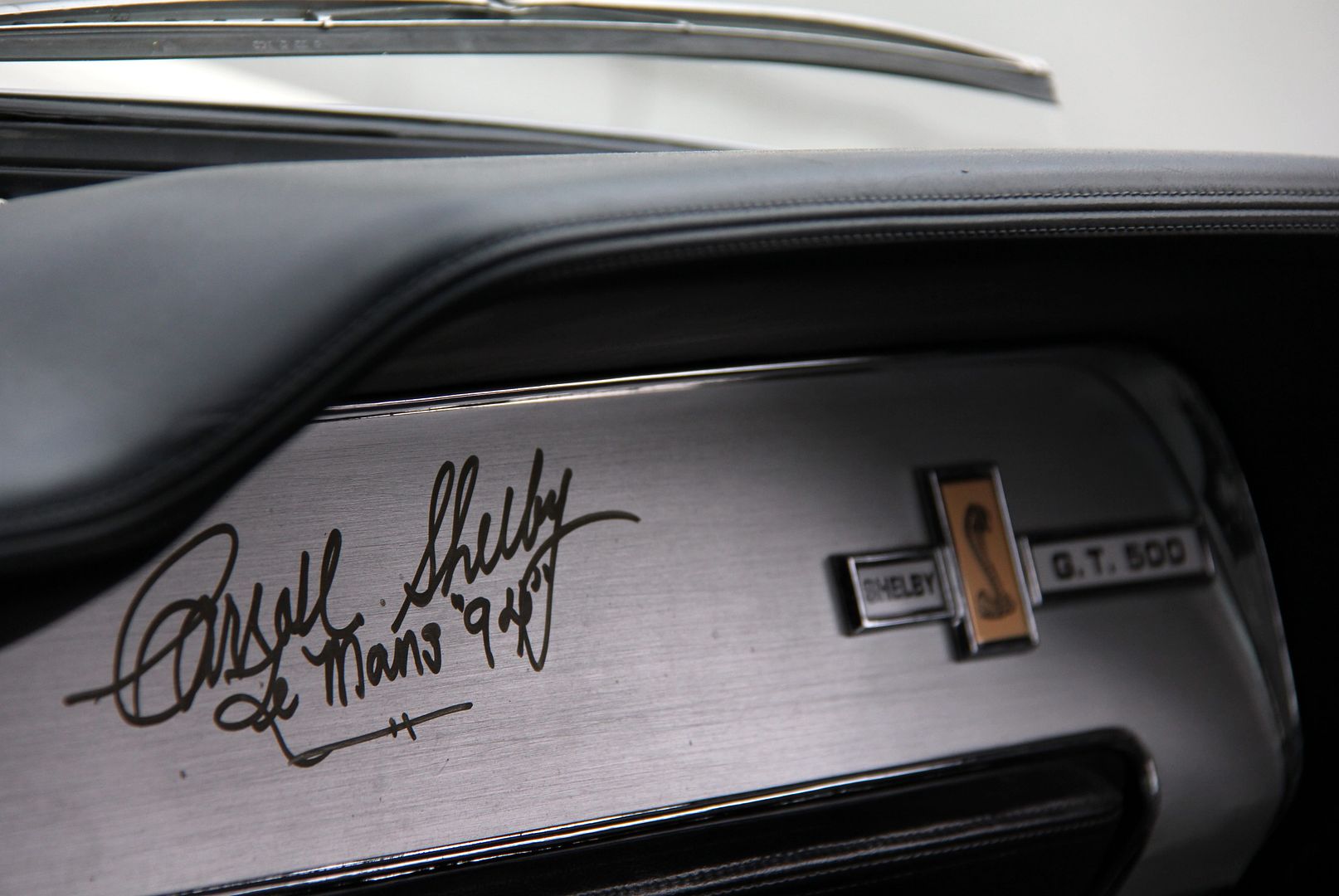

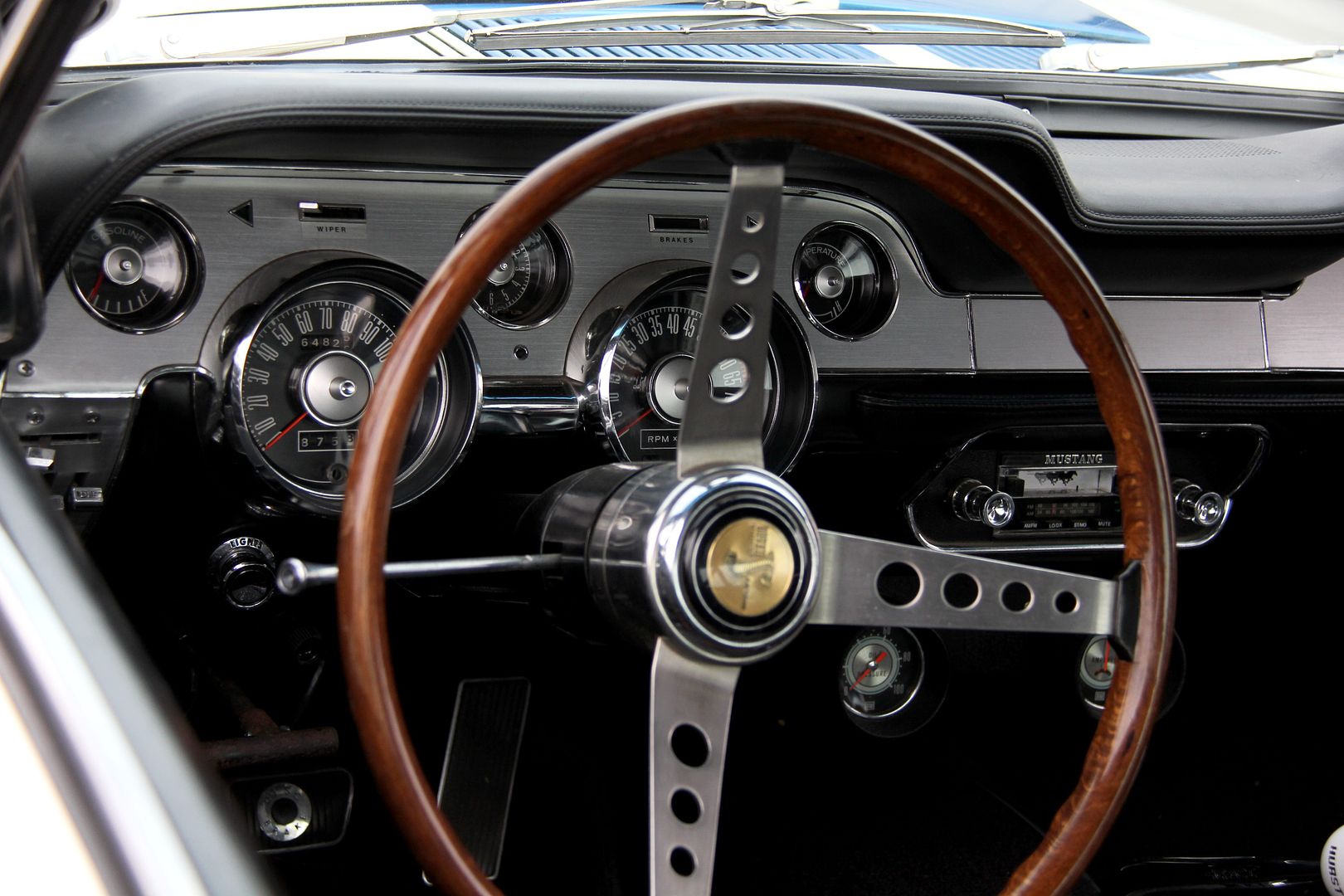

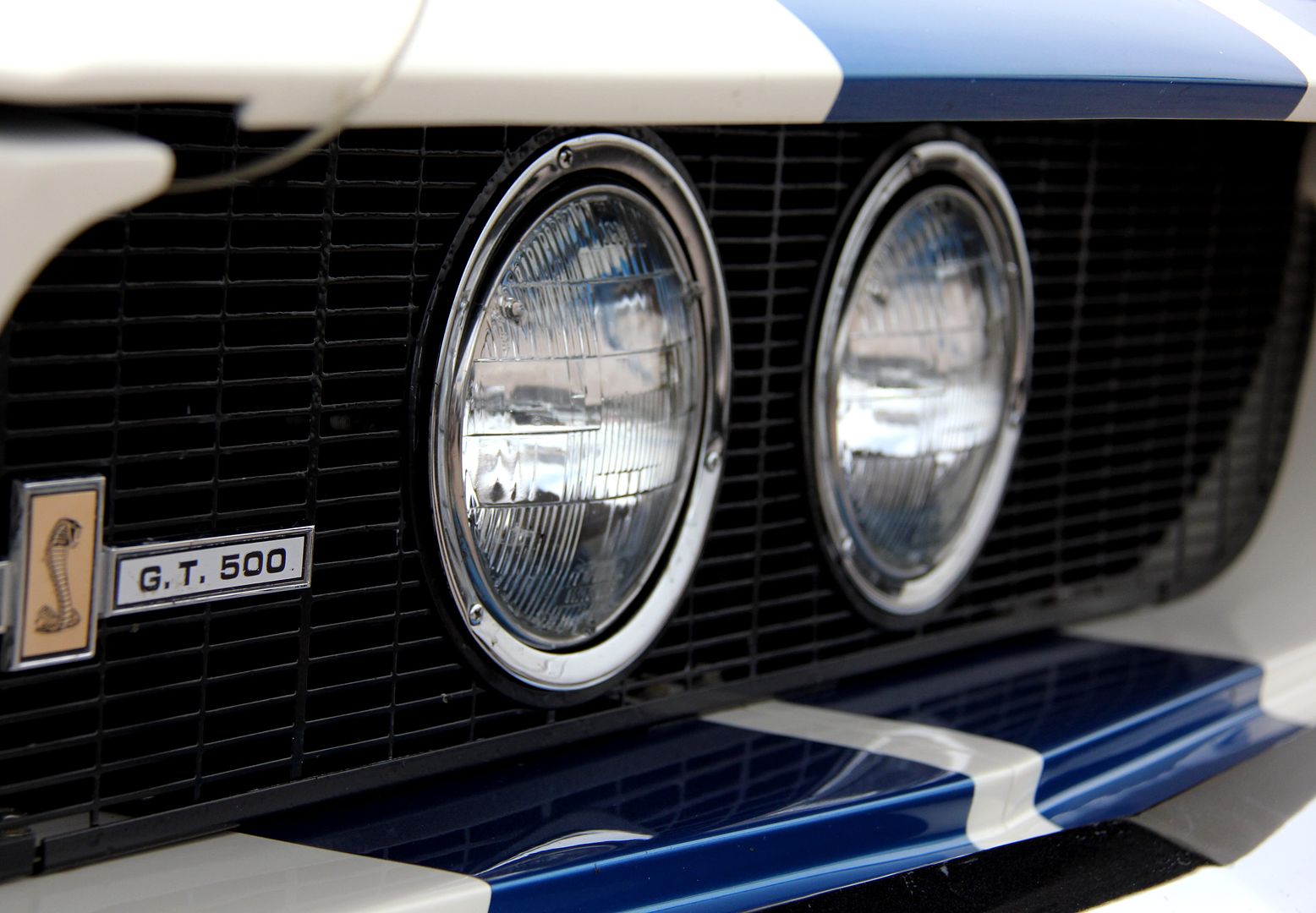

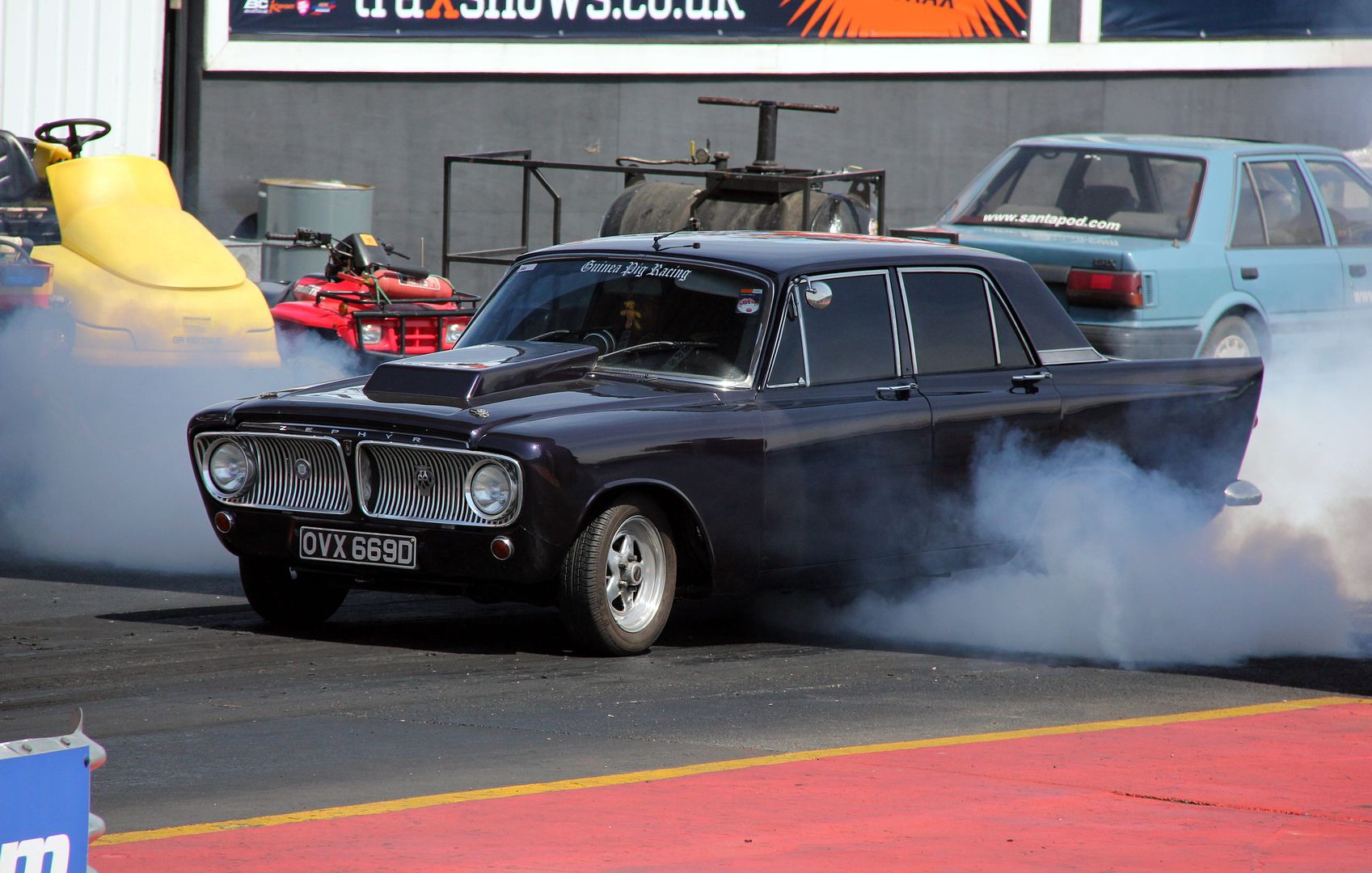

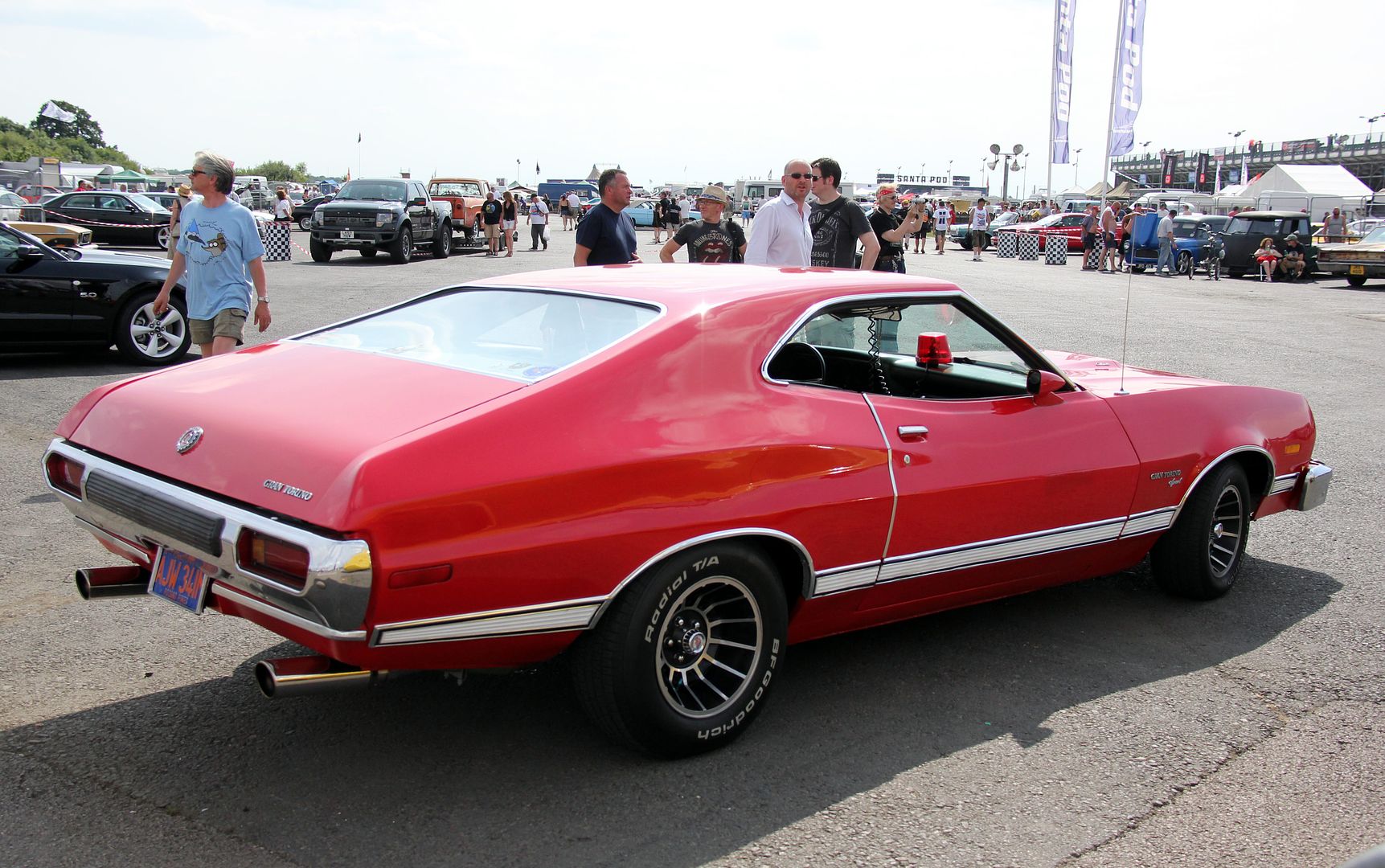

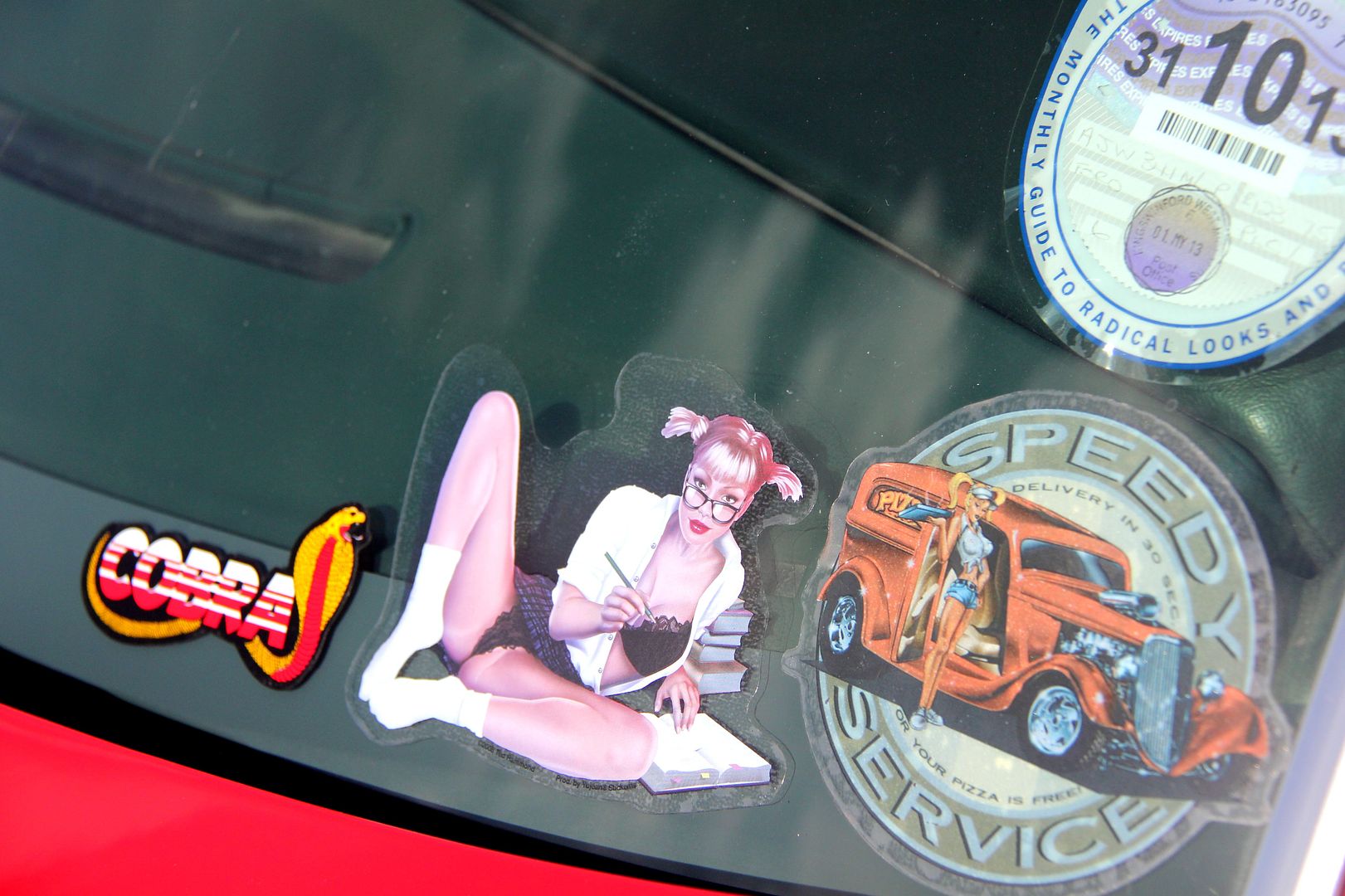
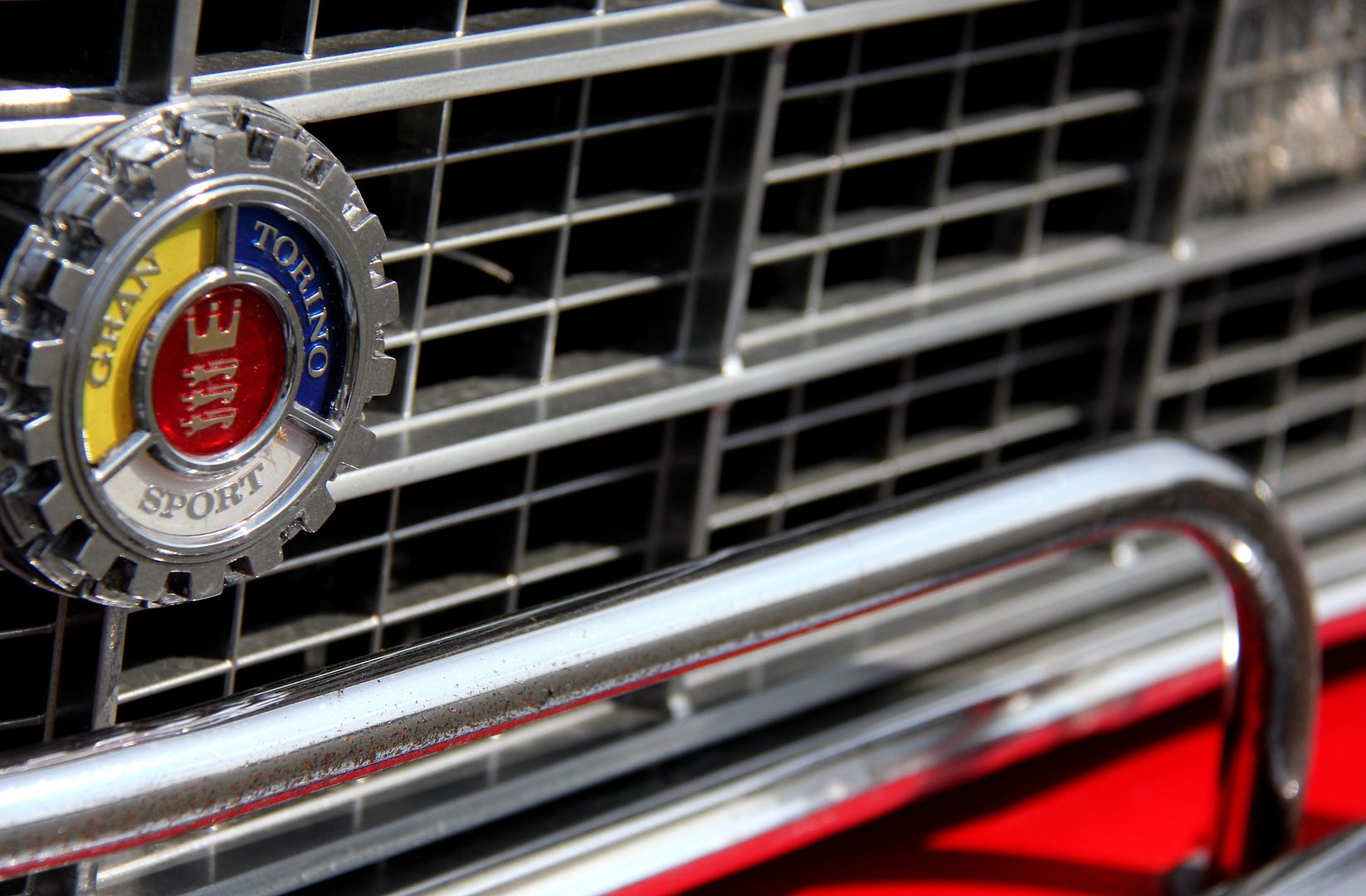

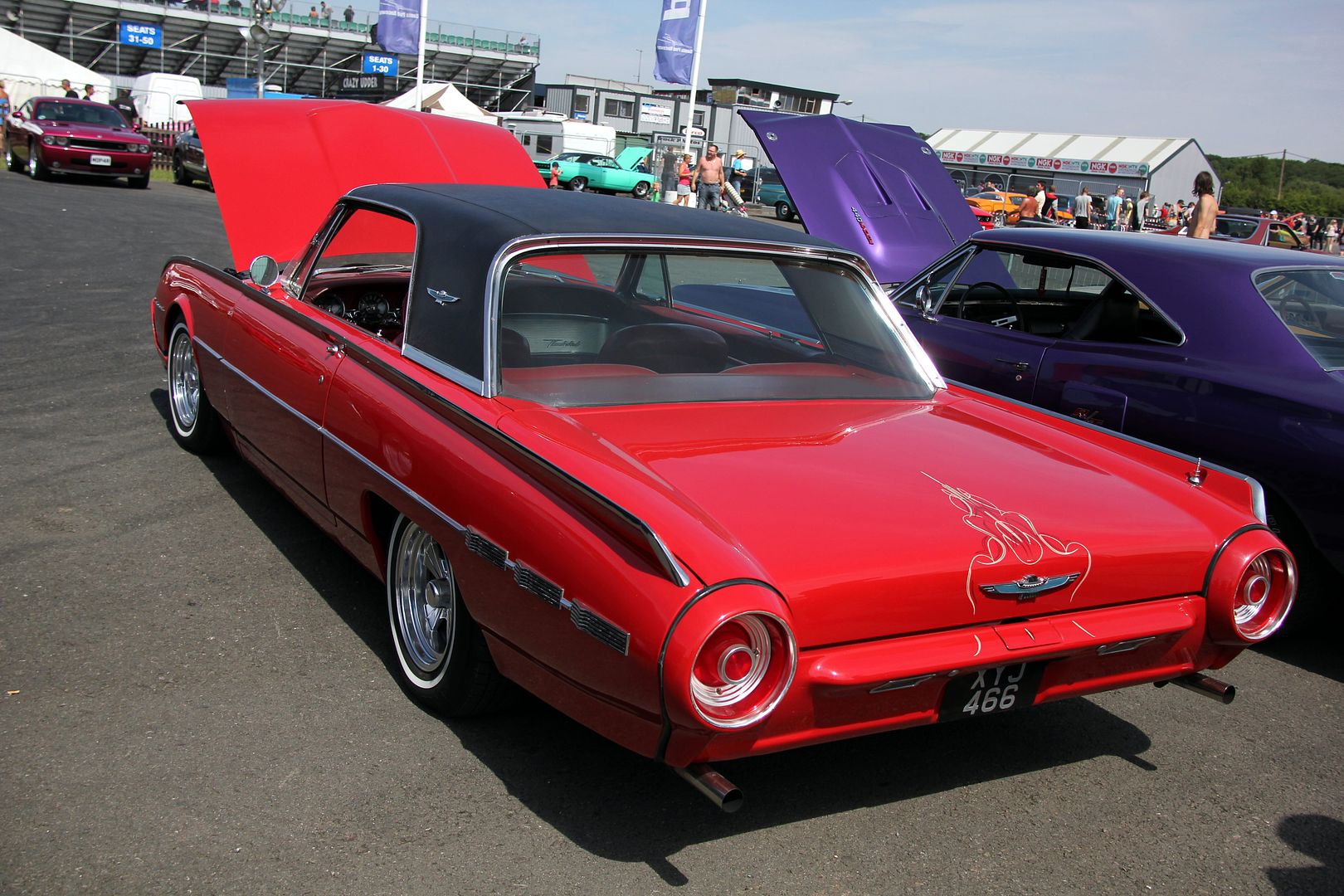
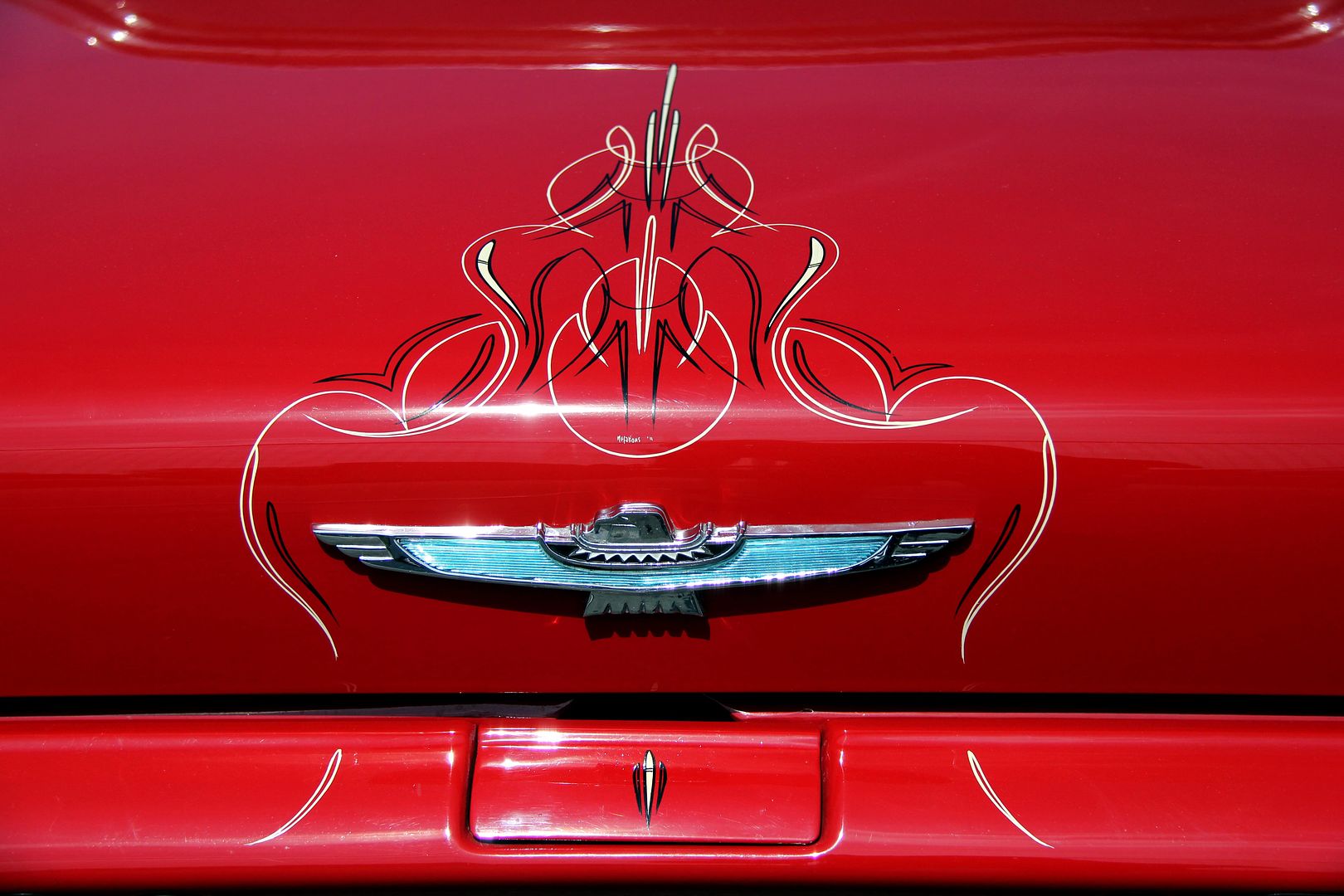
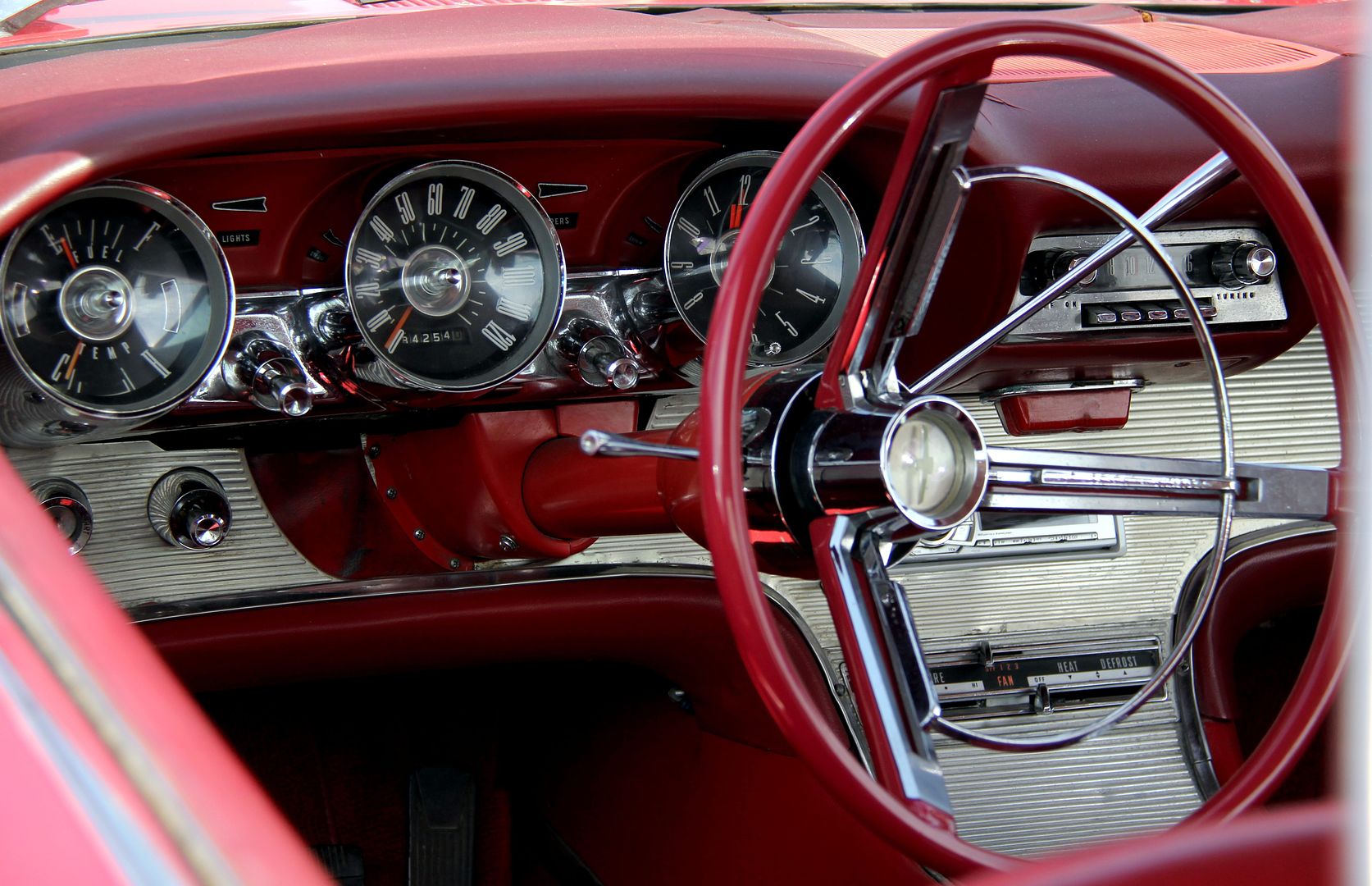
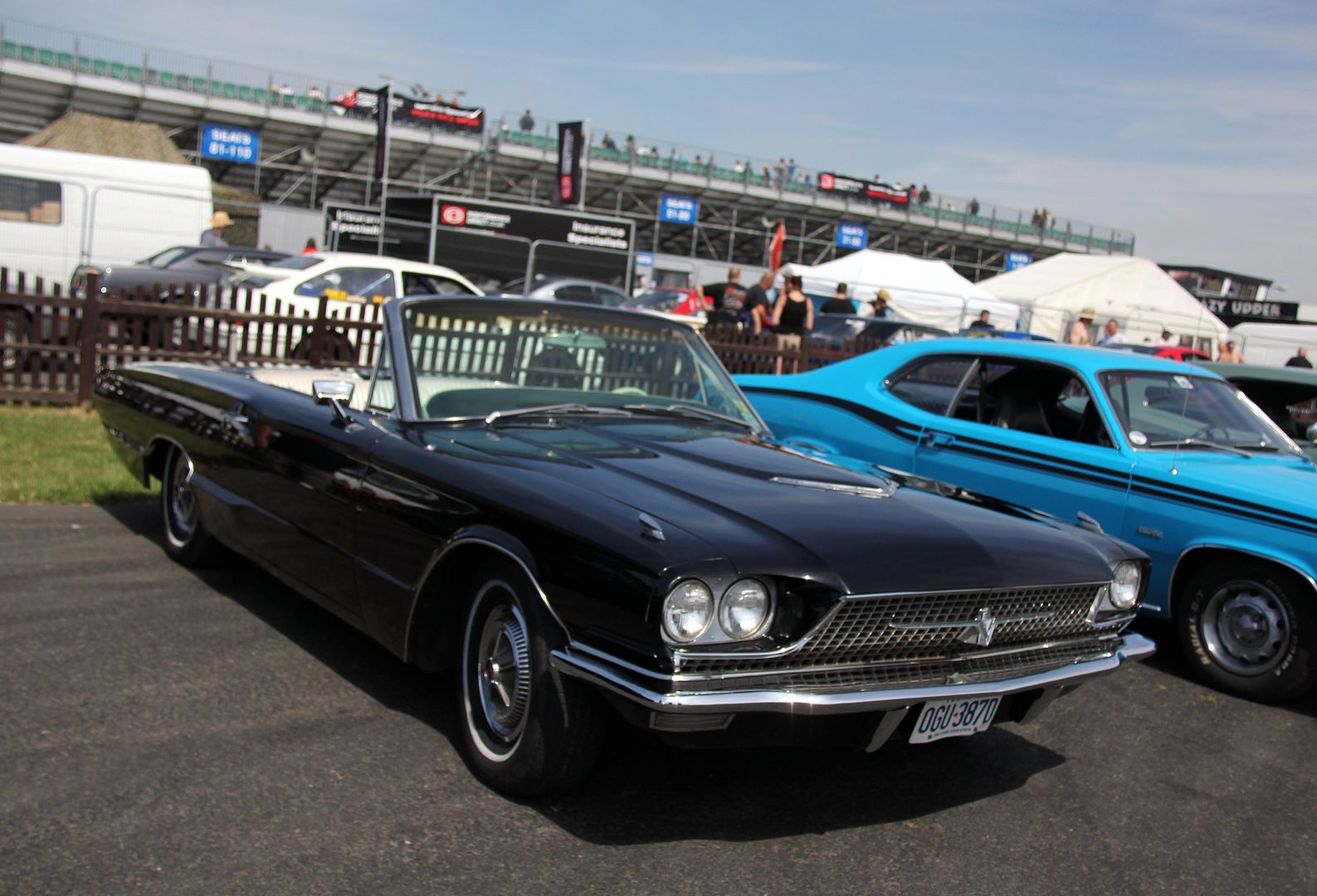
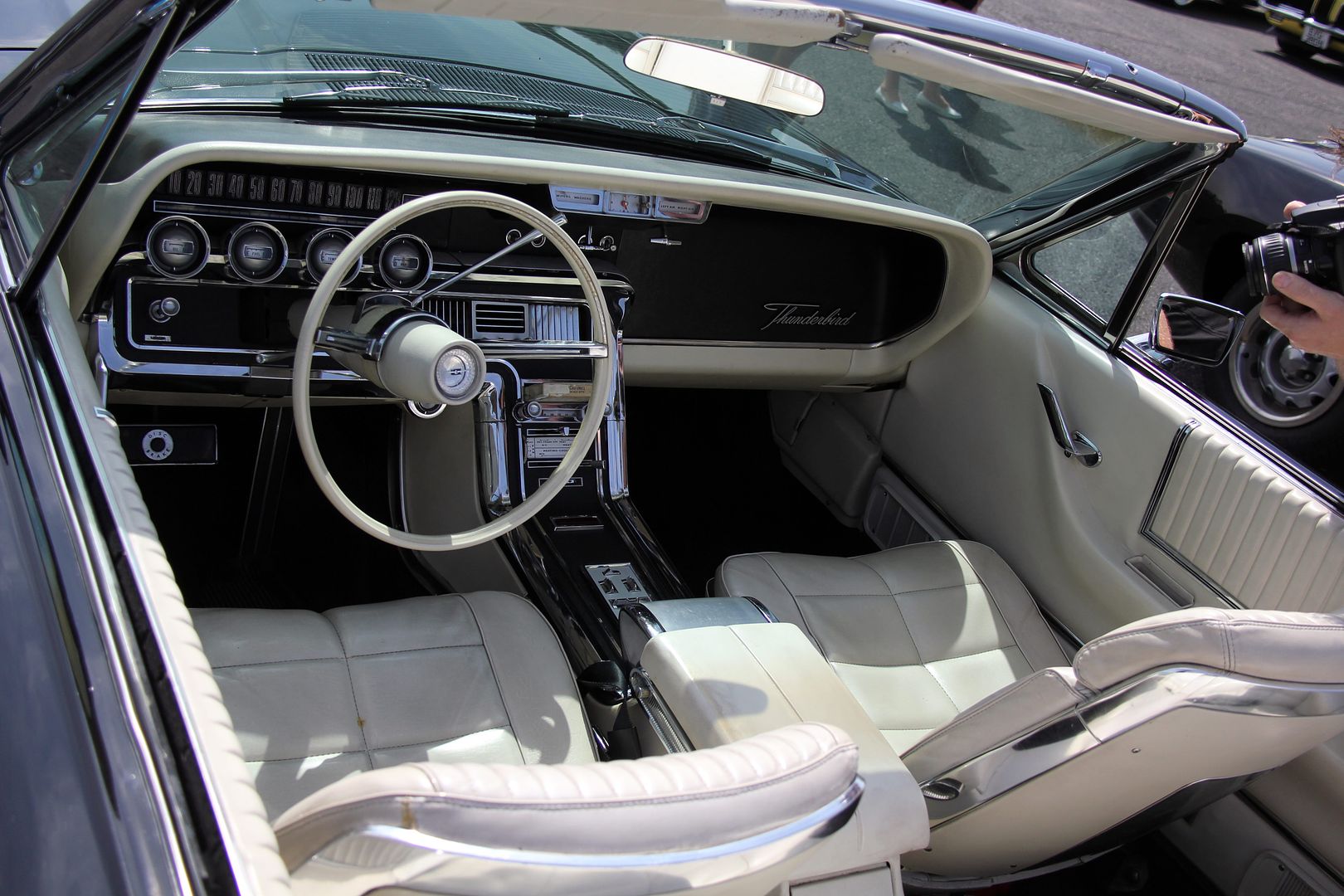
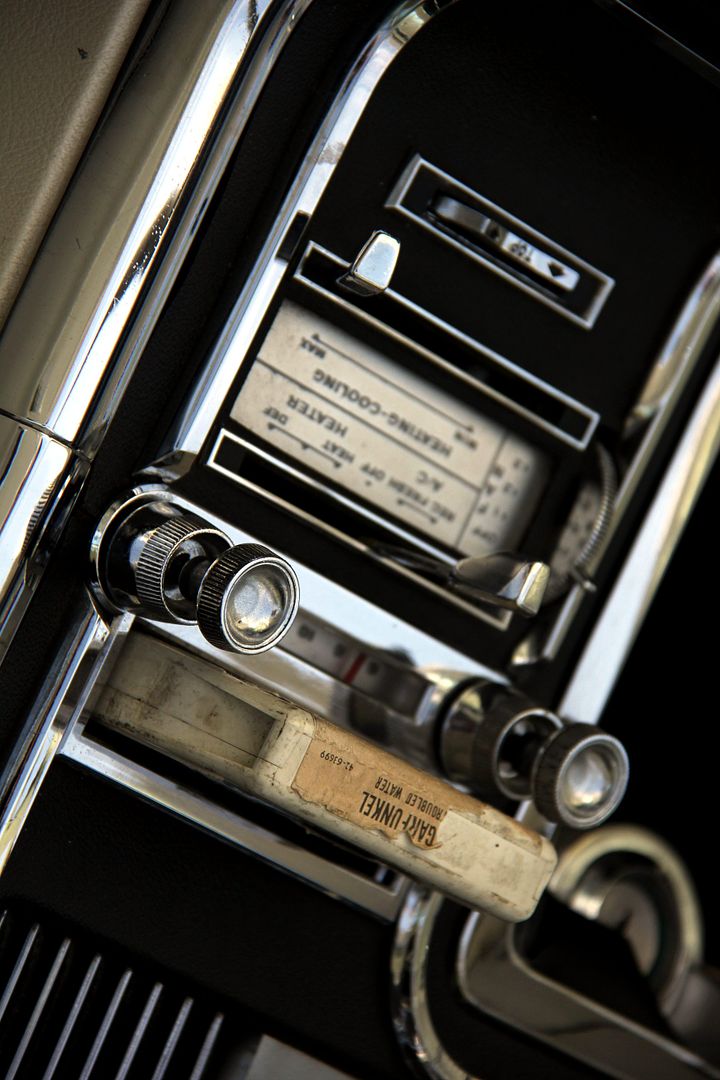
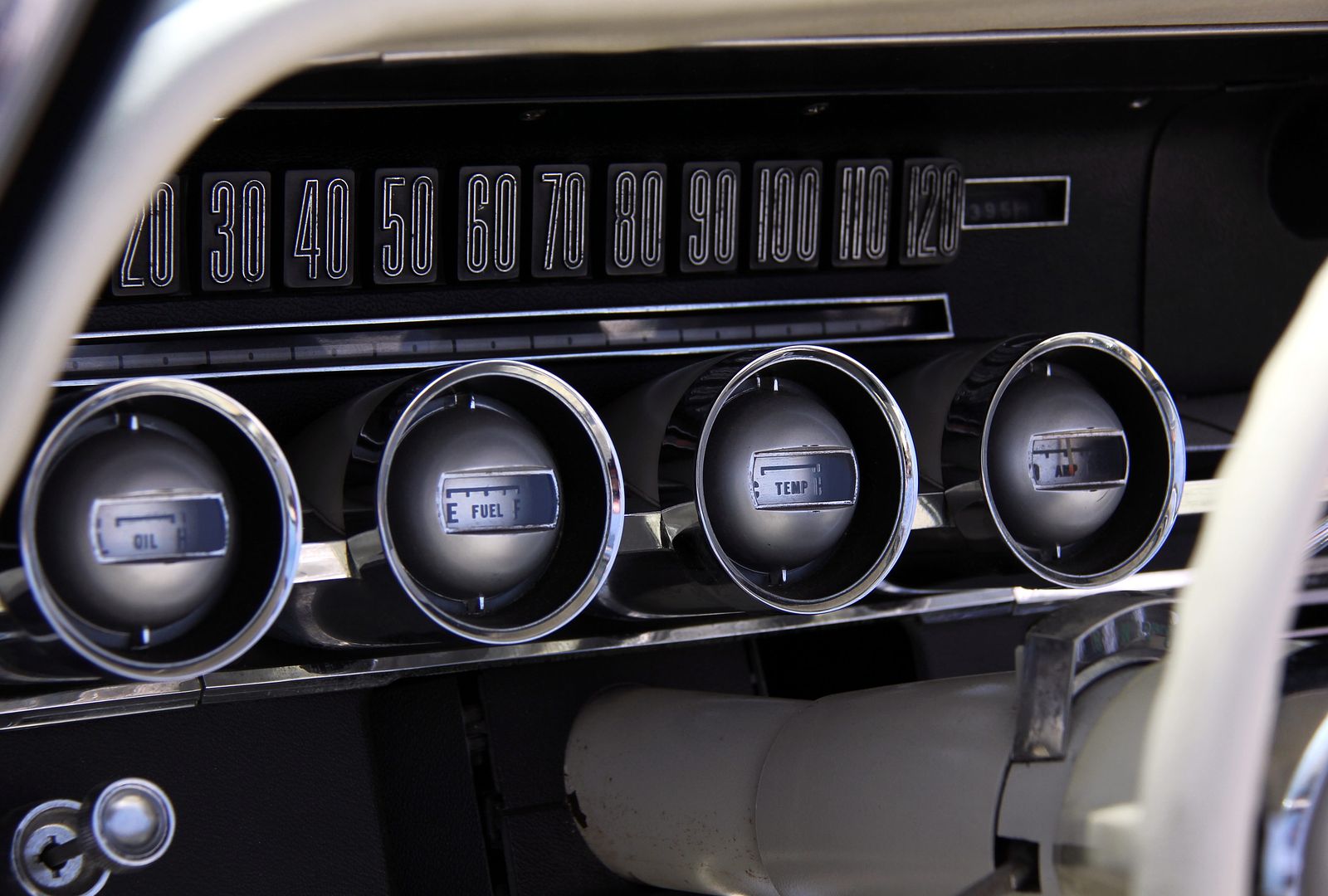
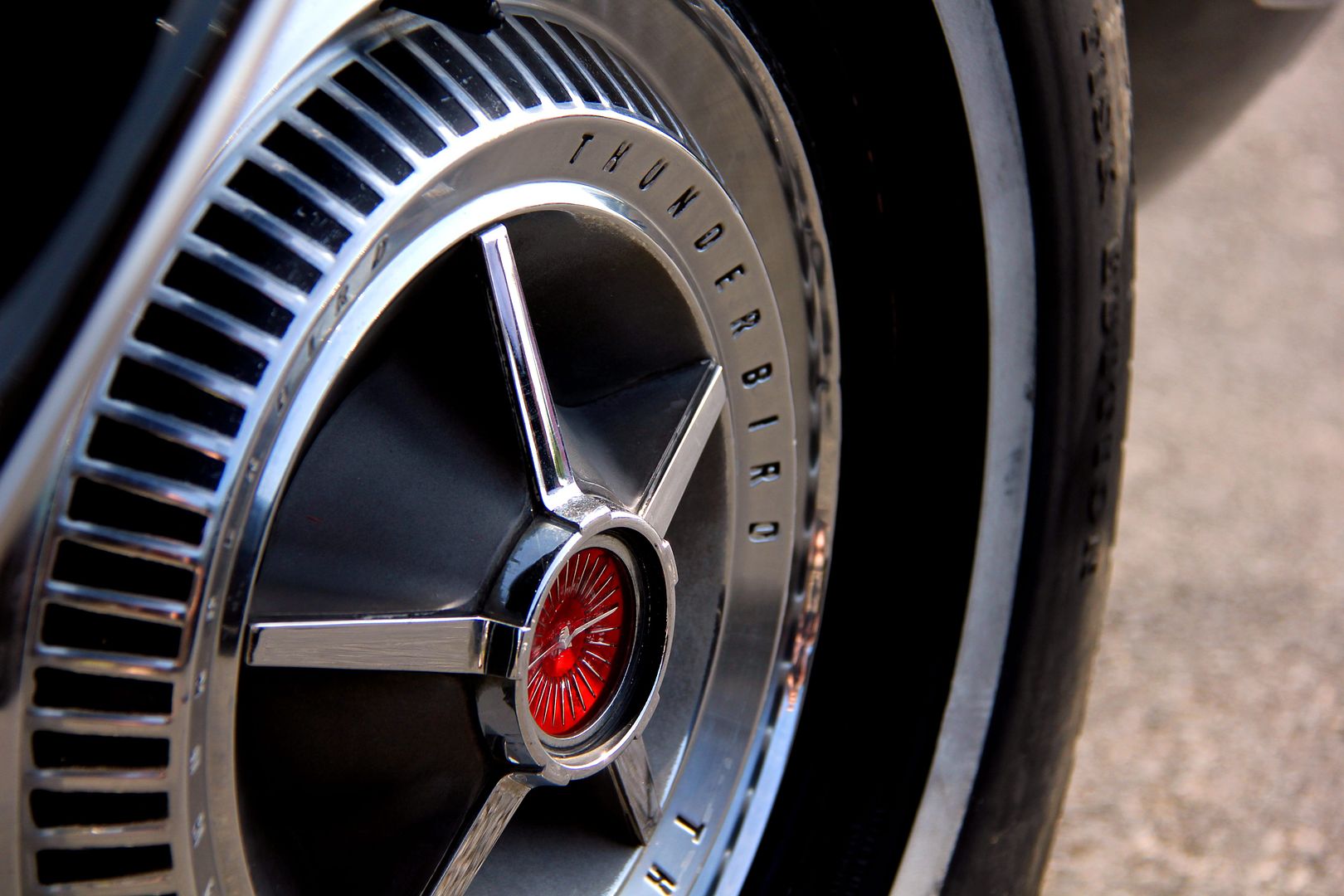
 . Stay tuned, groovers
. Stay tuned, groovers 
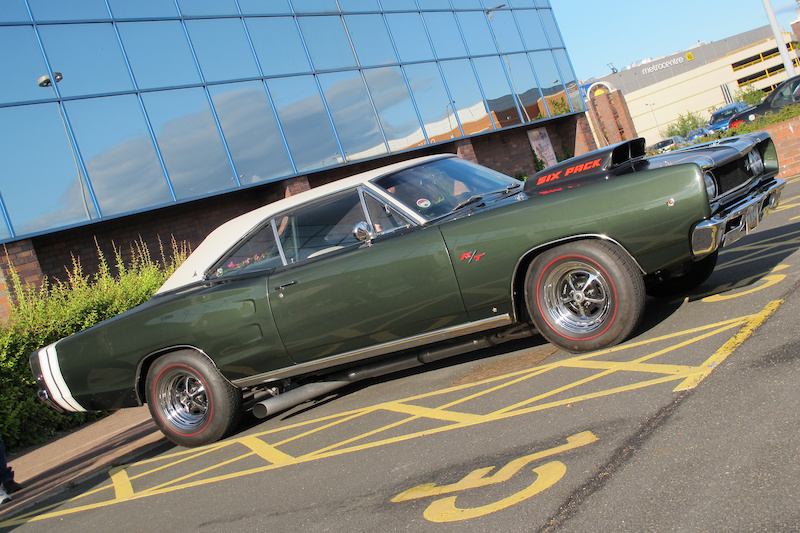
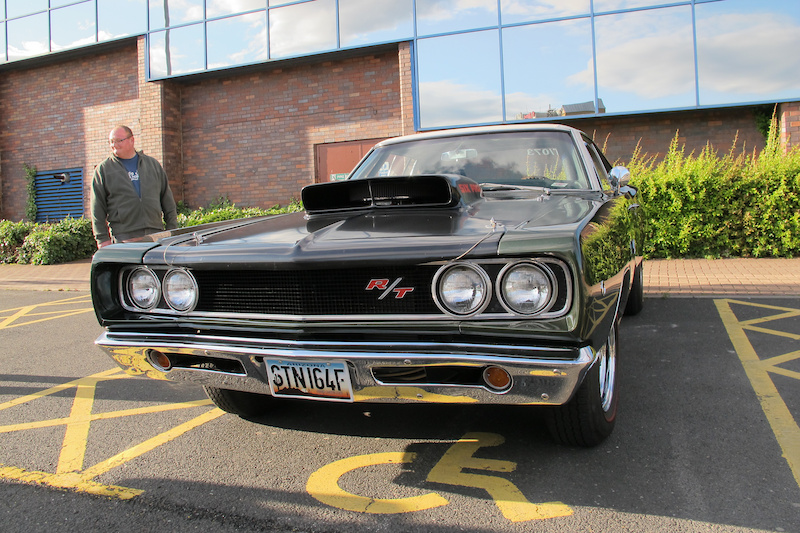
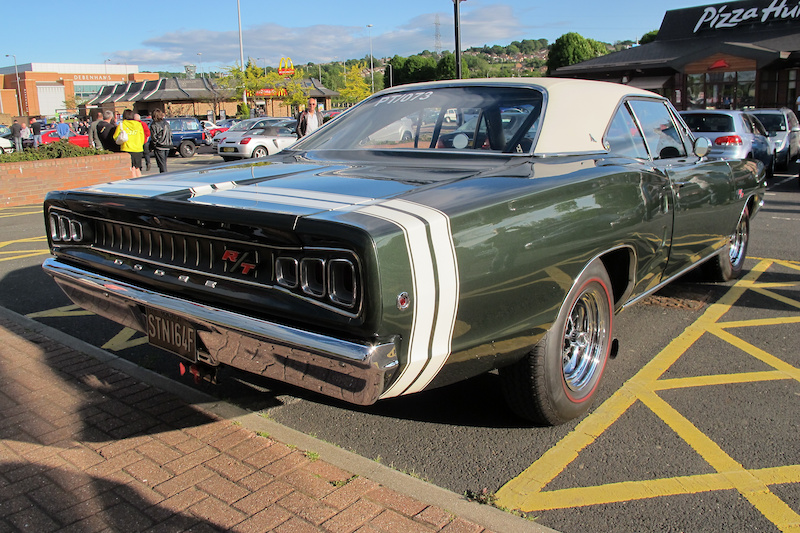







 Thanks for sharing and telling us a tale..
Thanks for sharing and telling us a tale..

